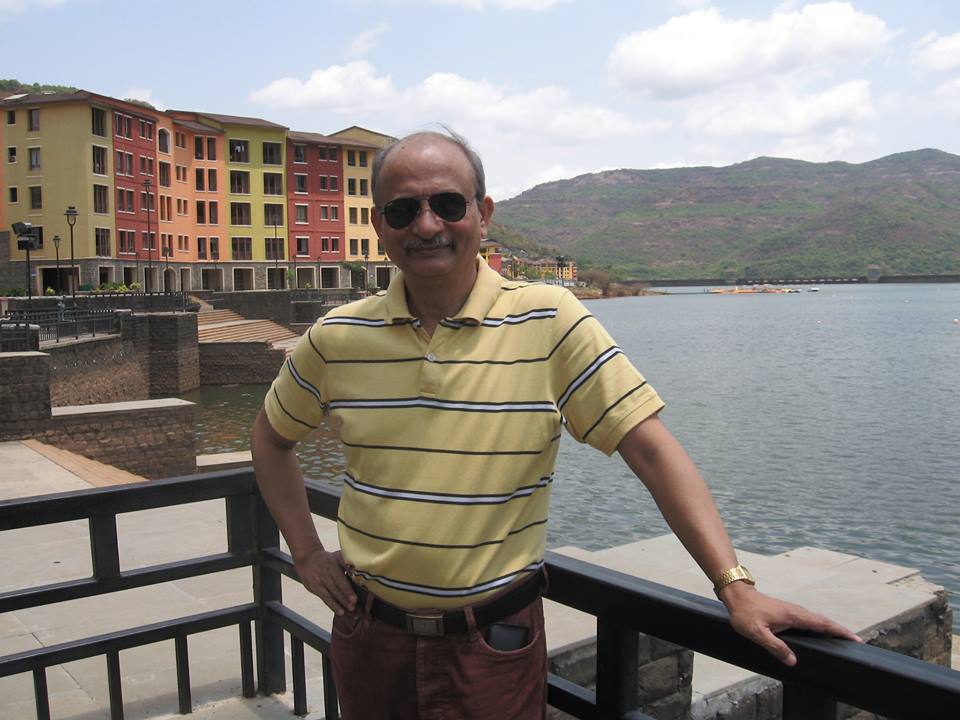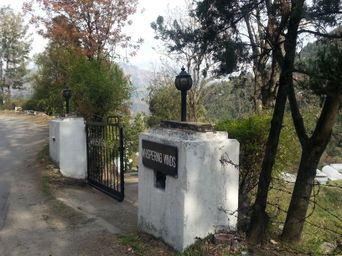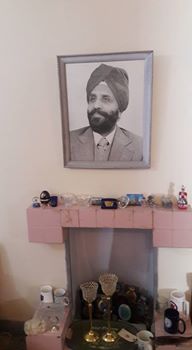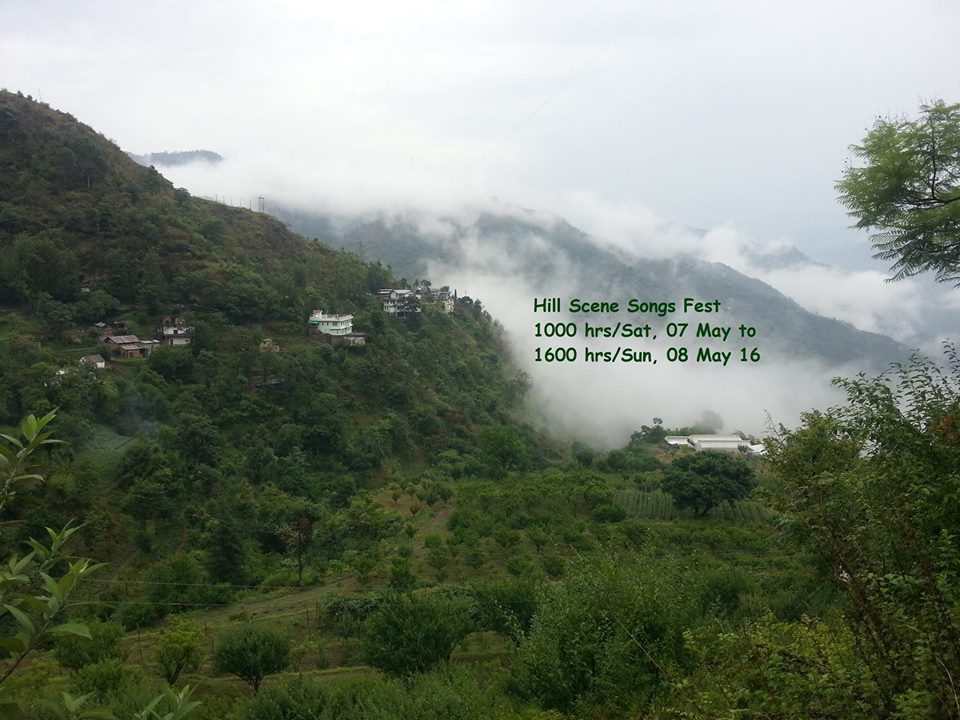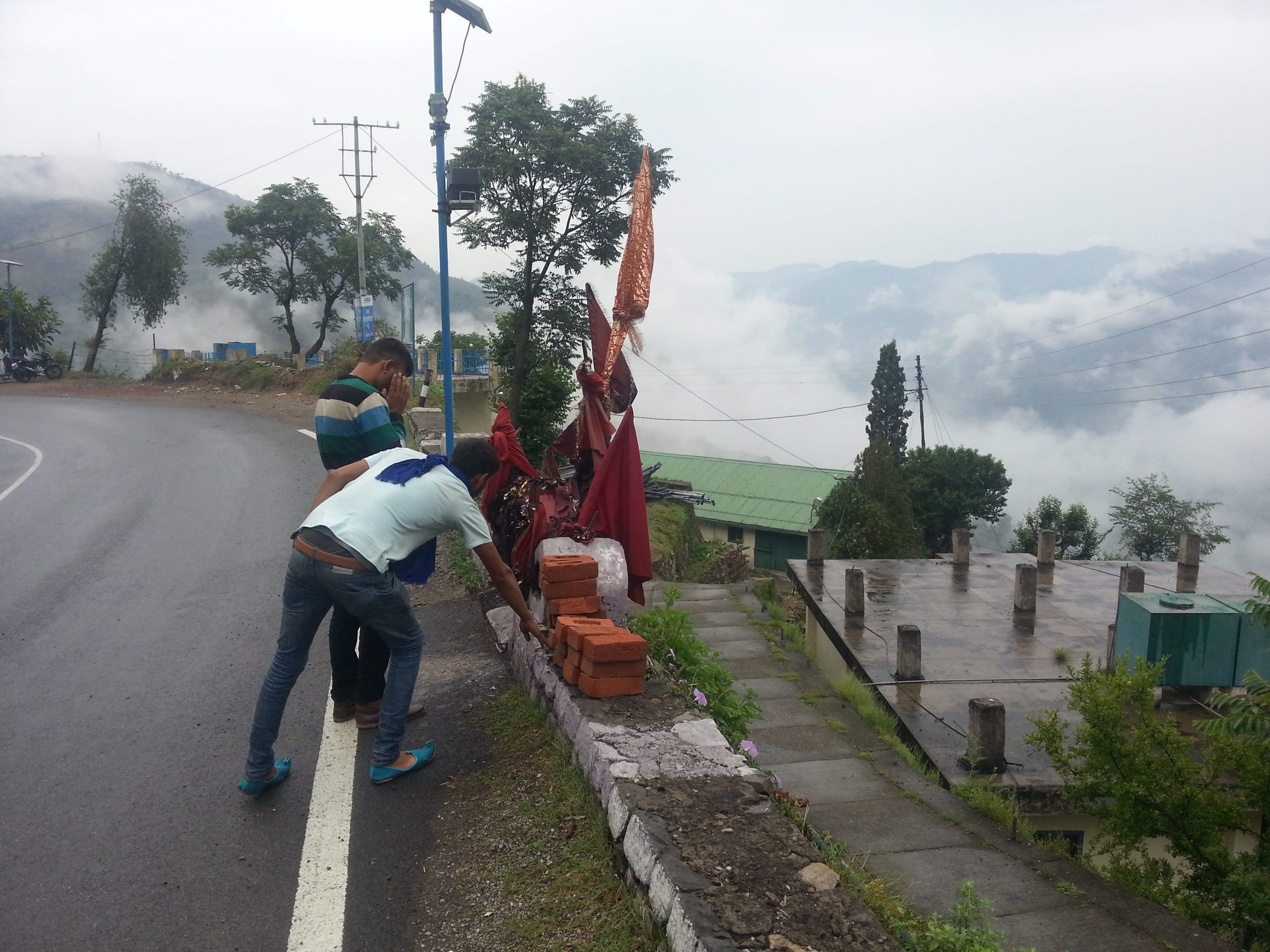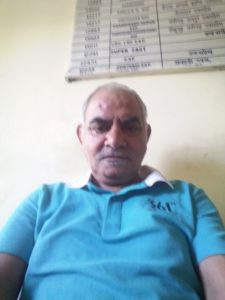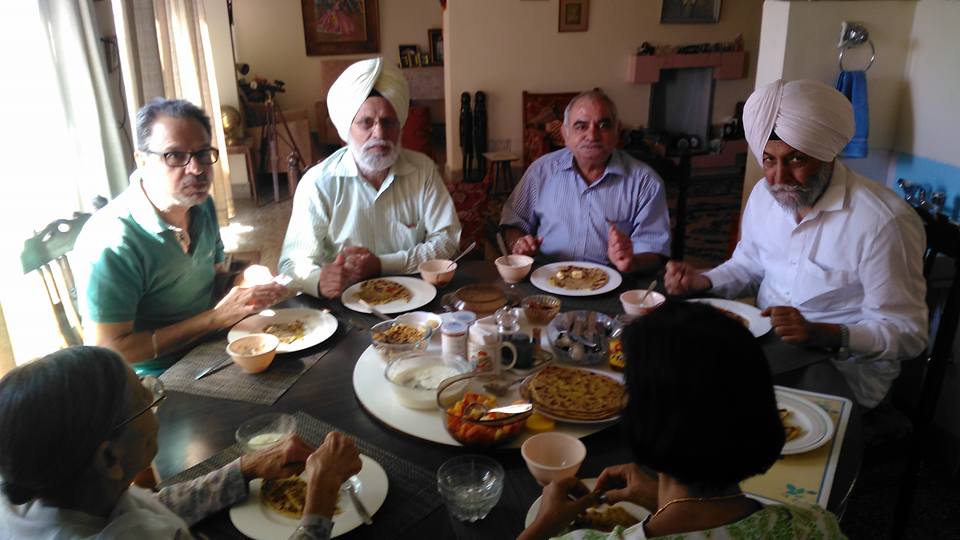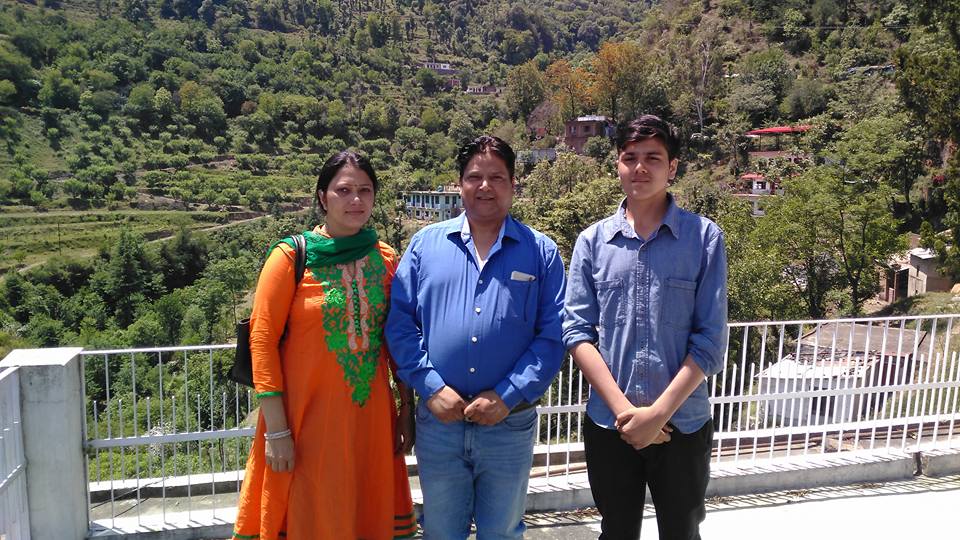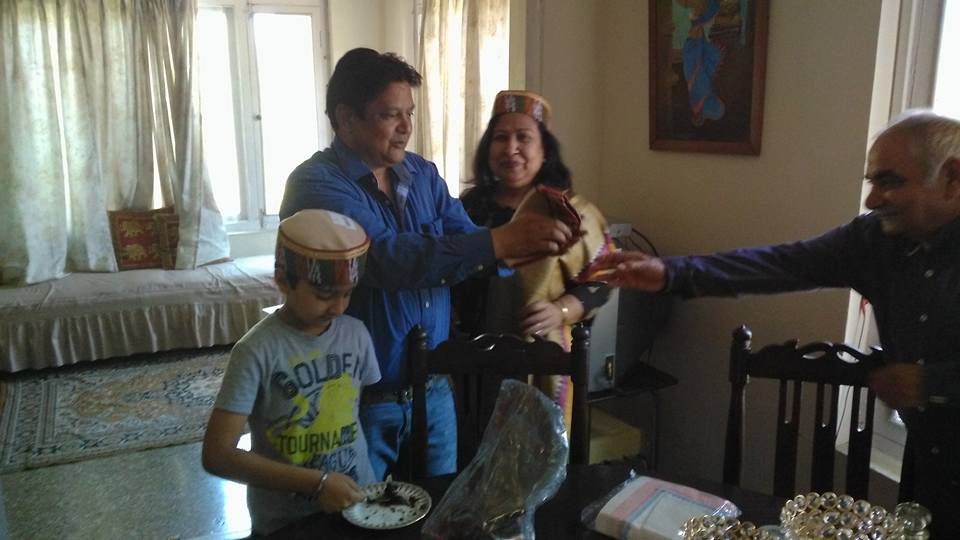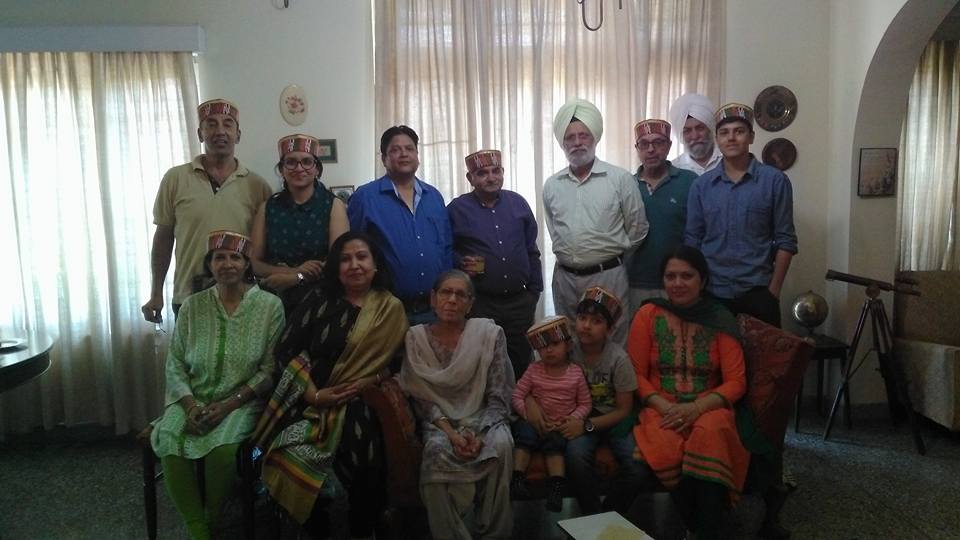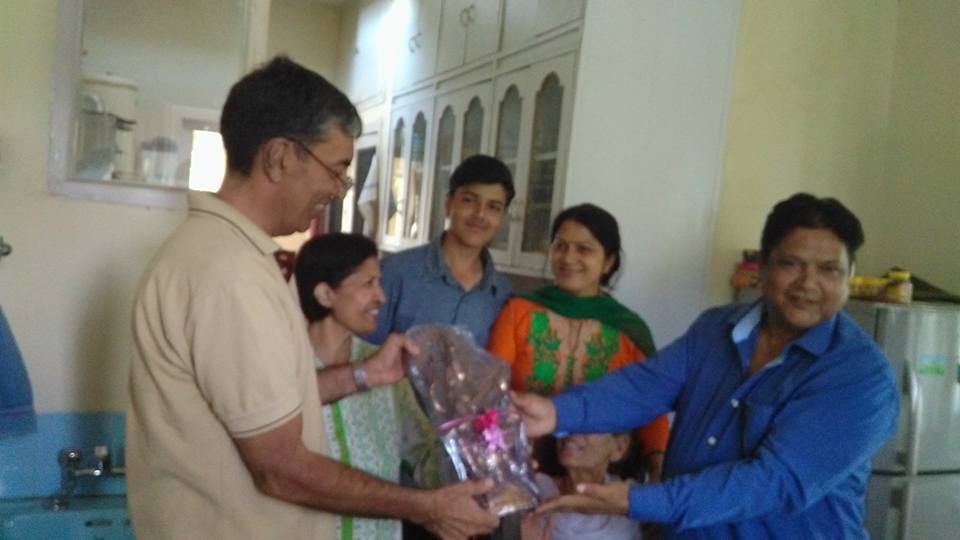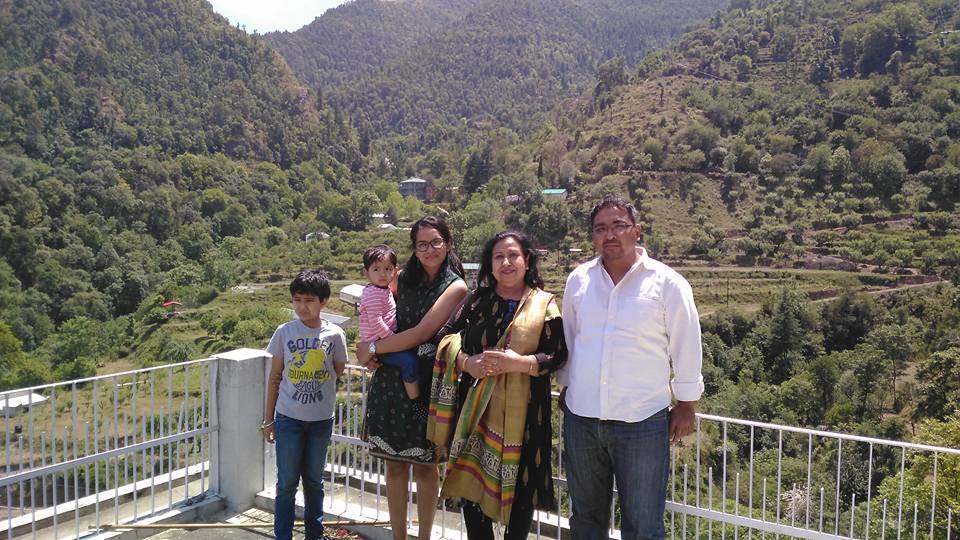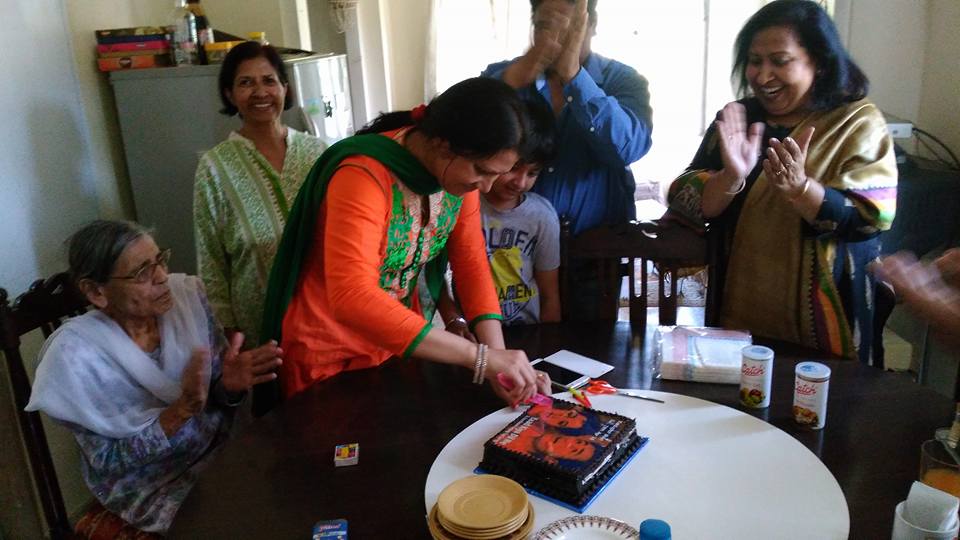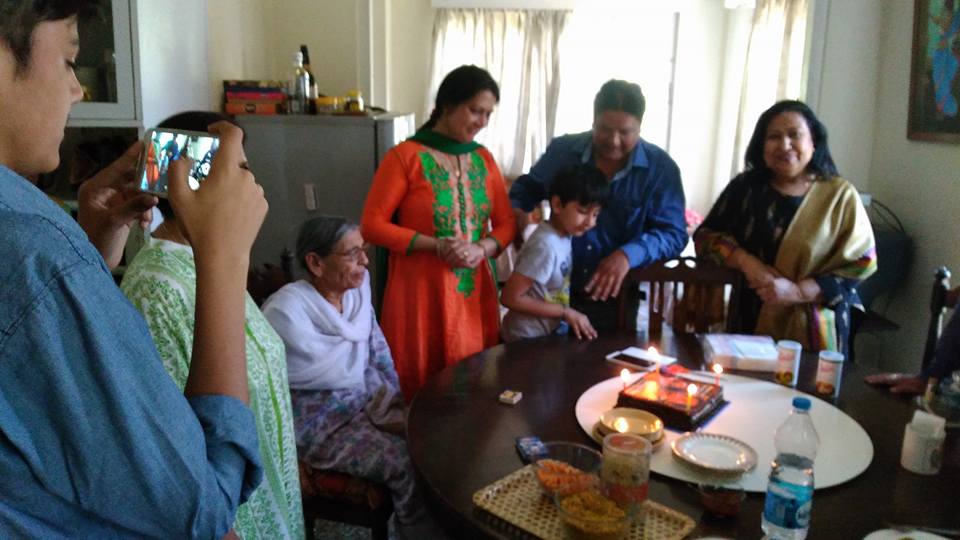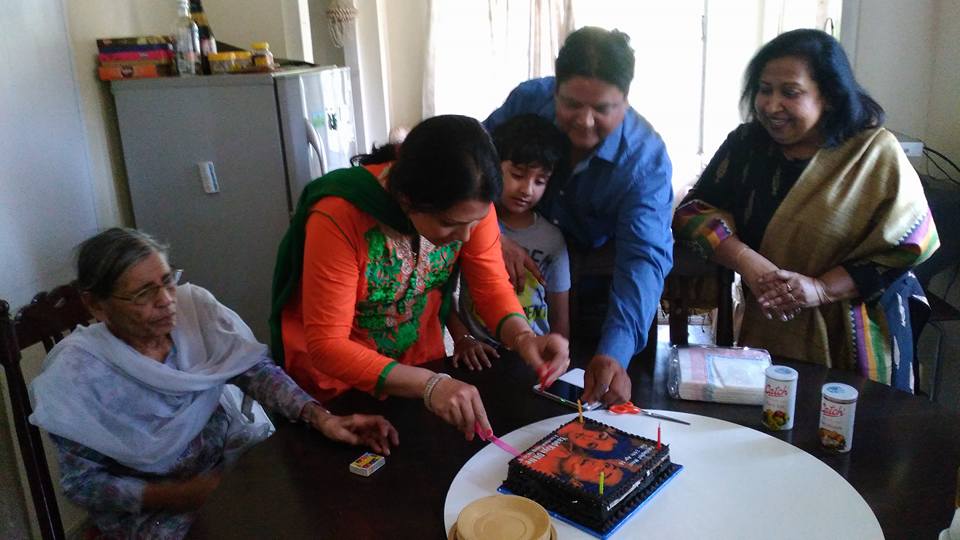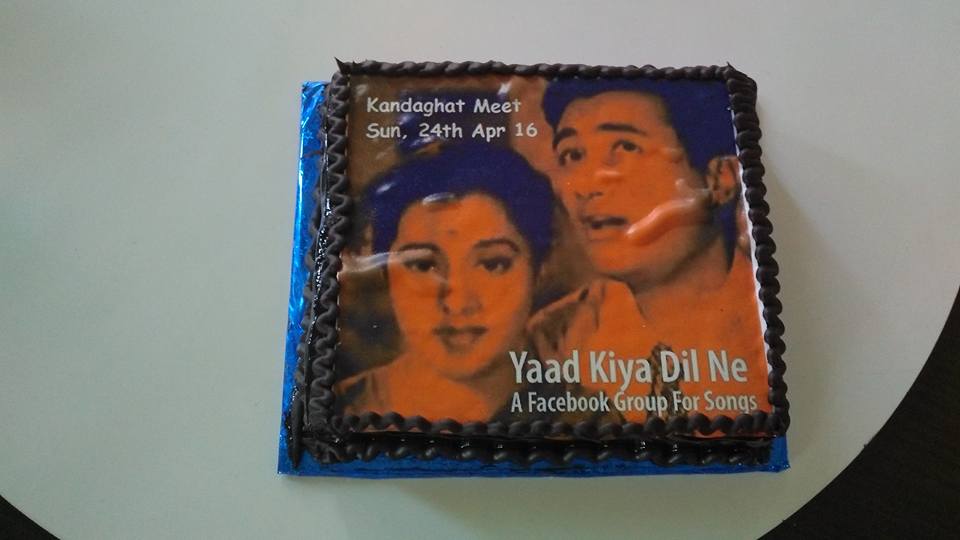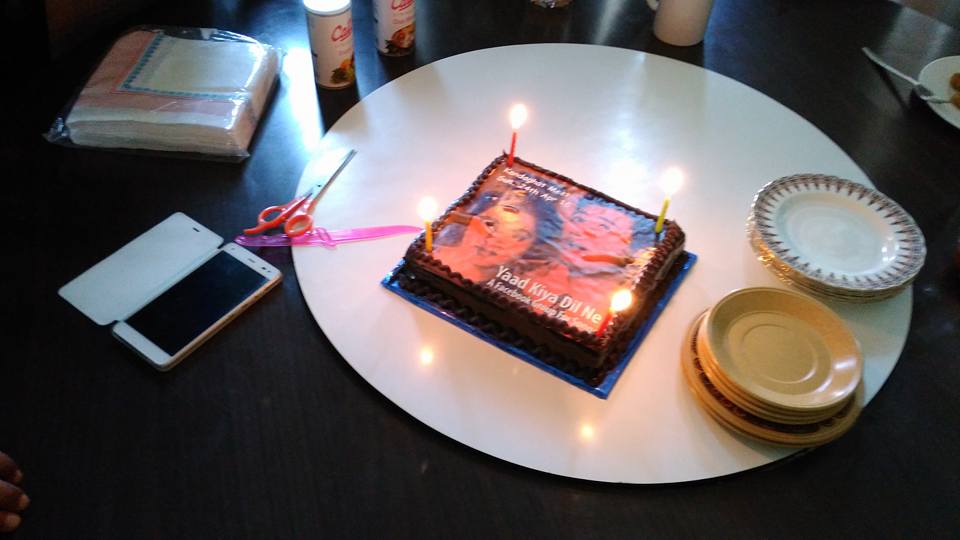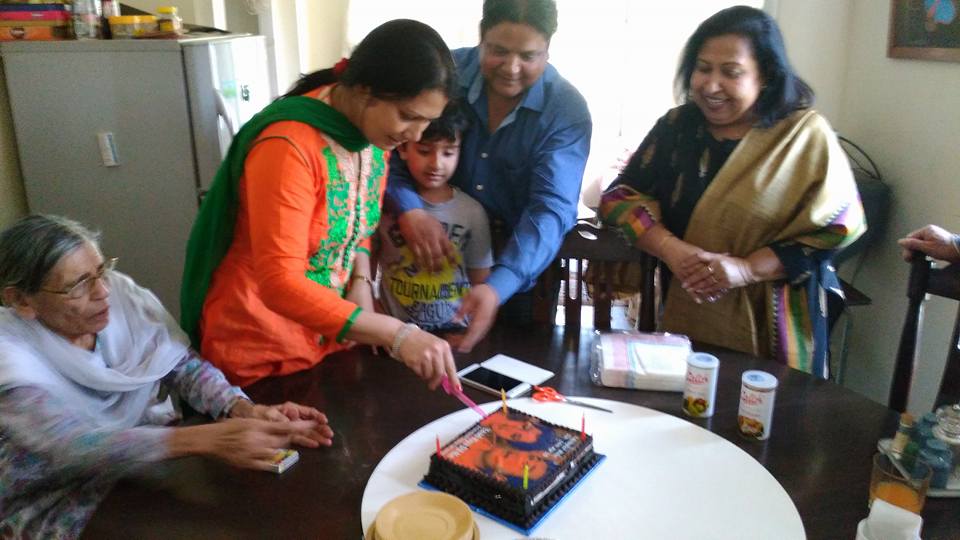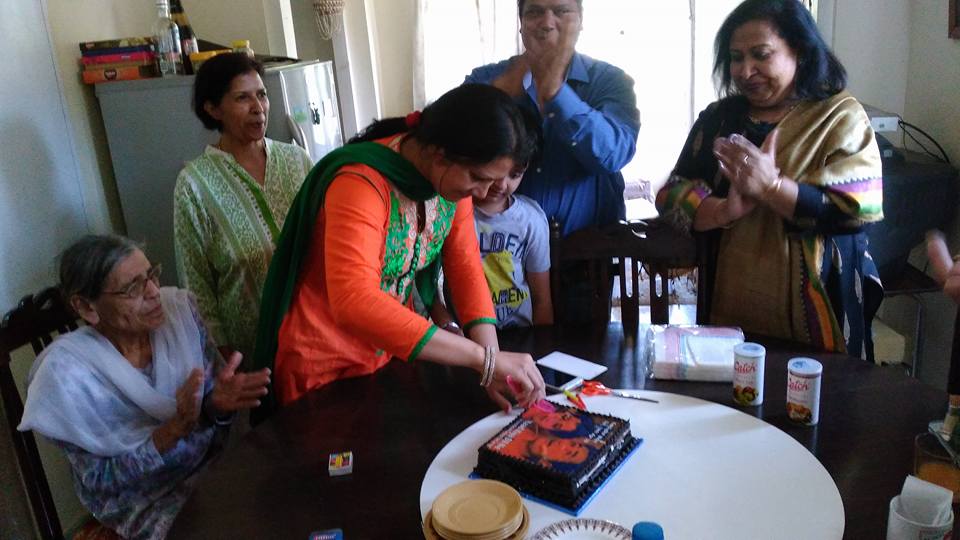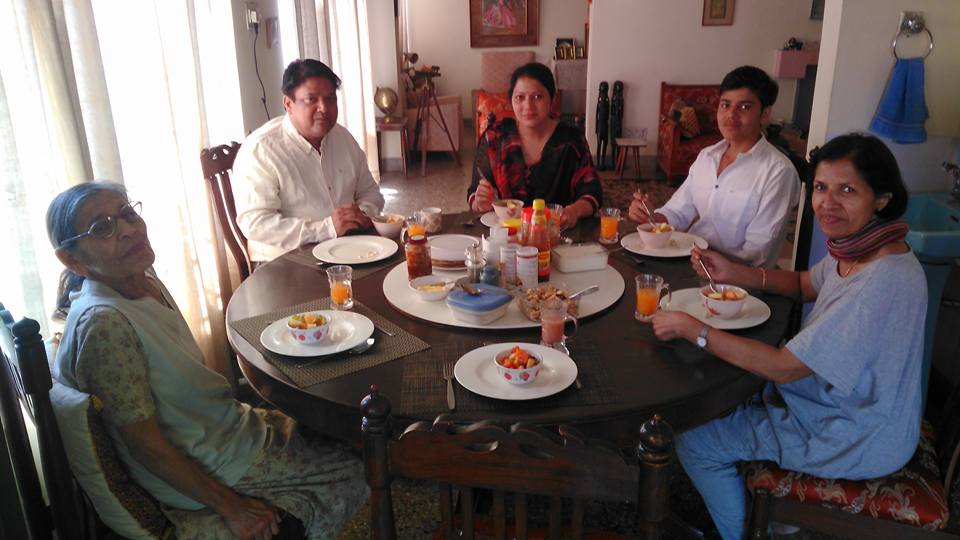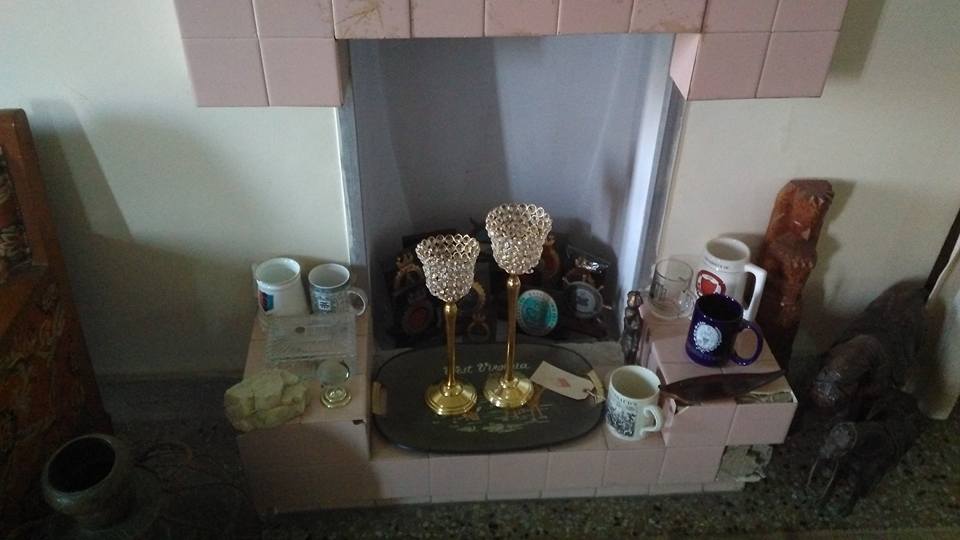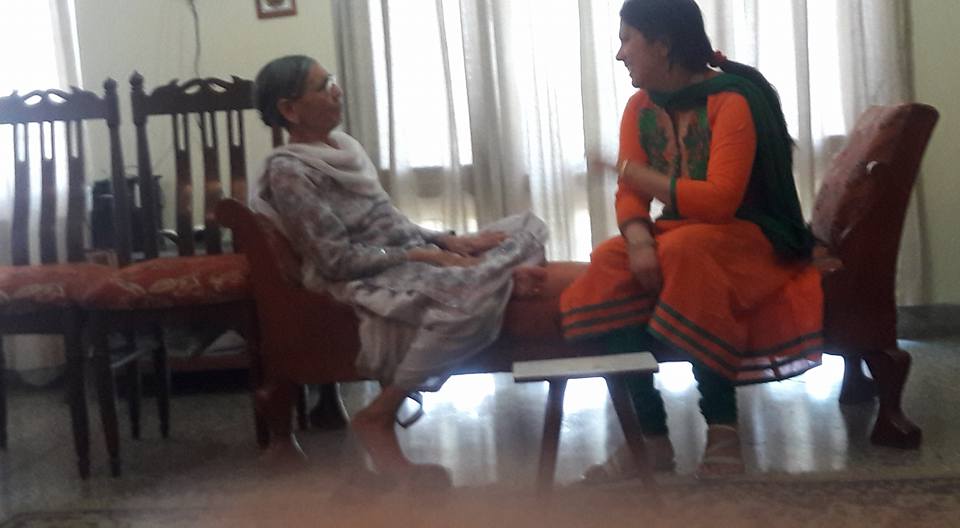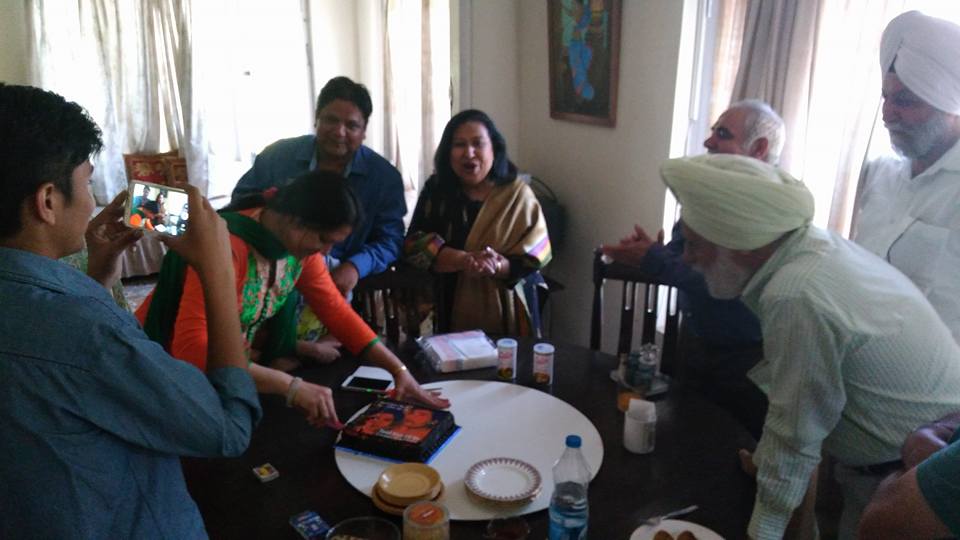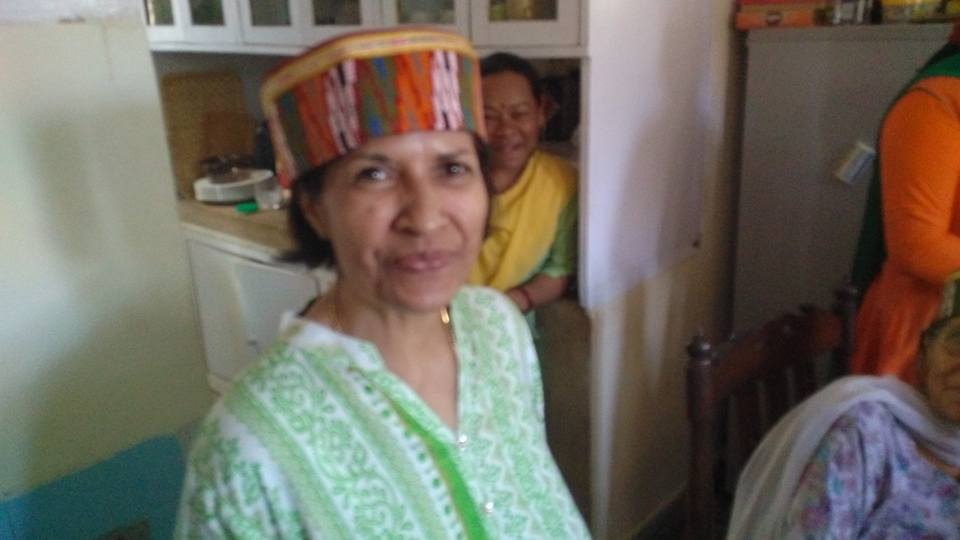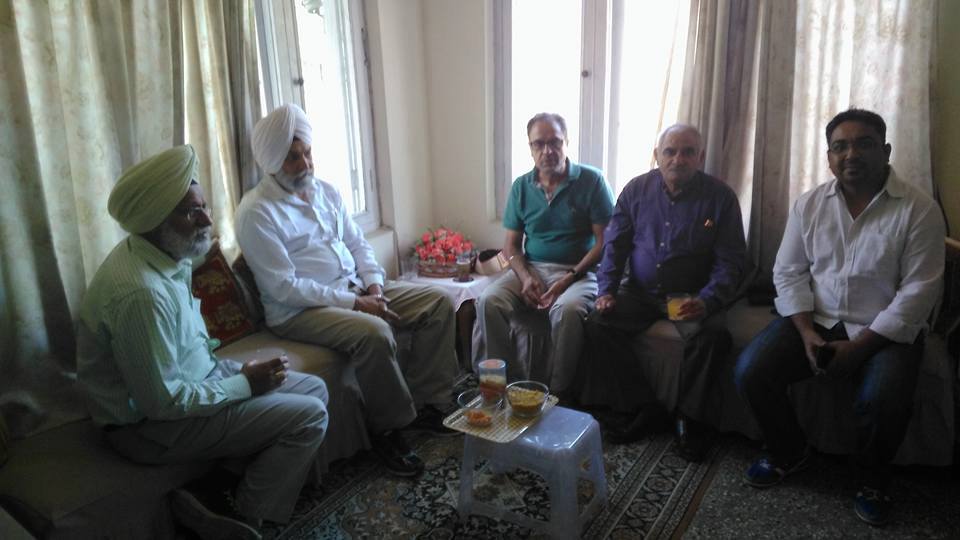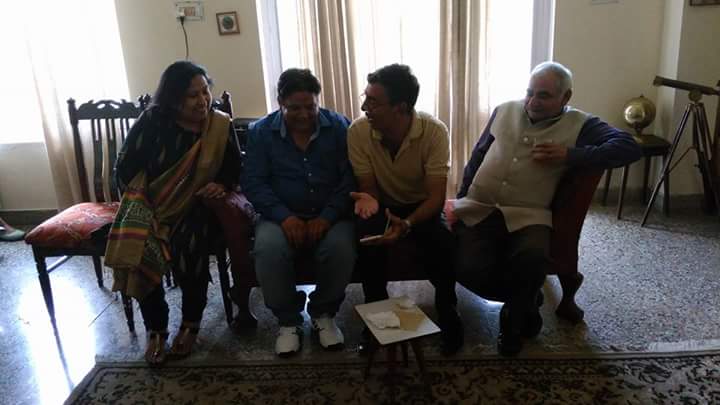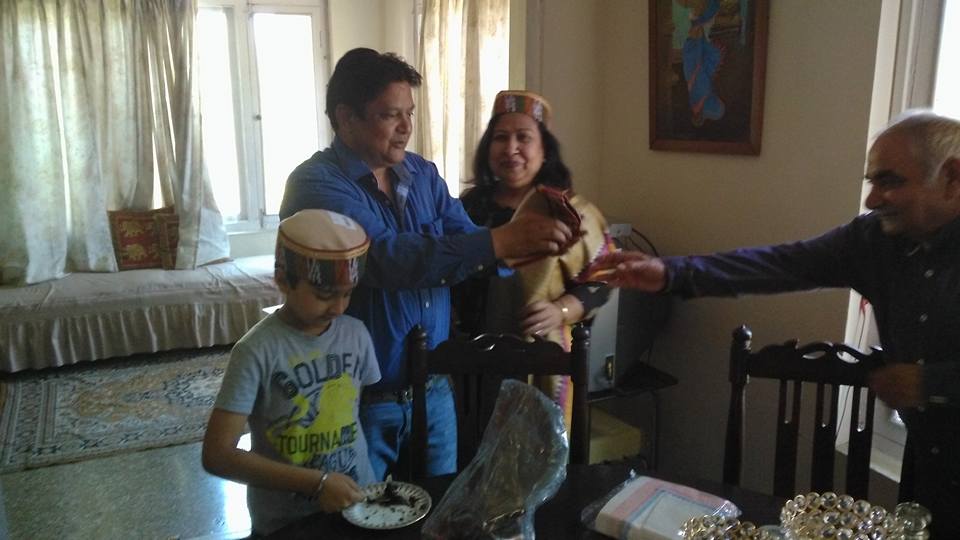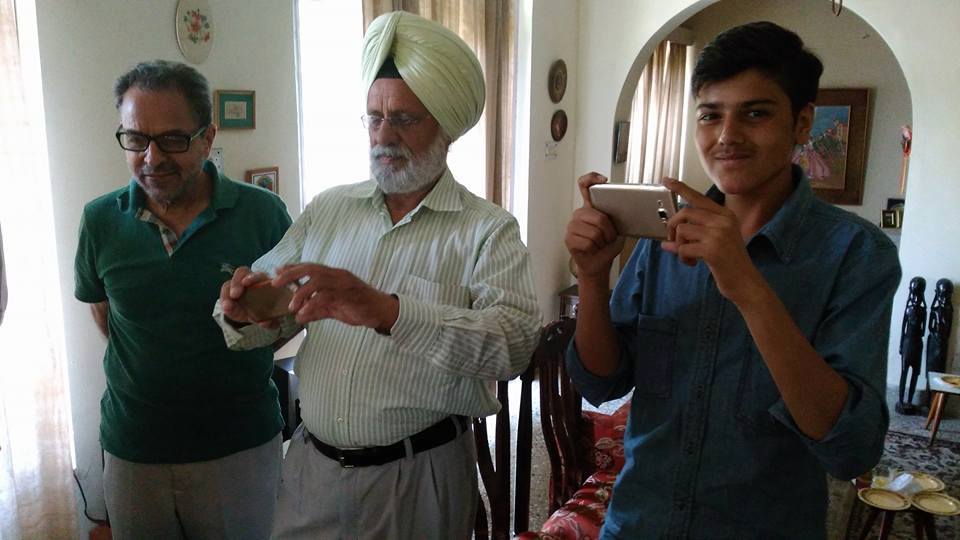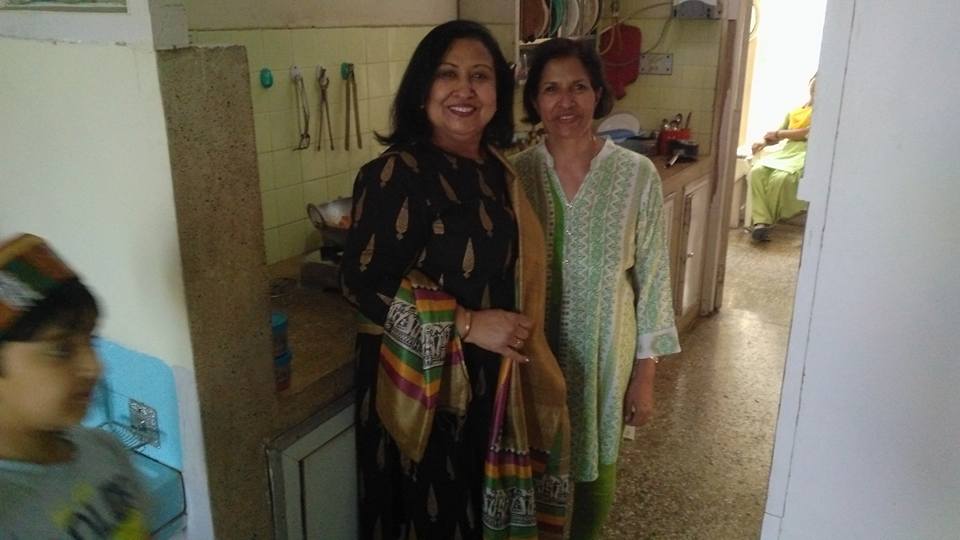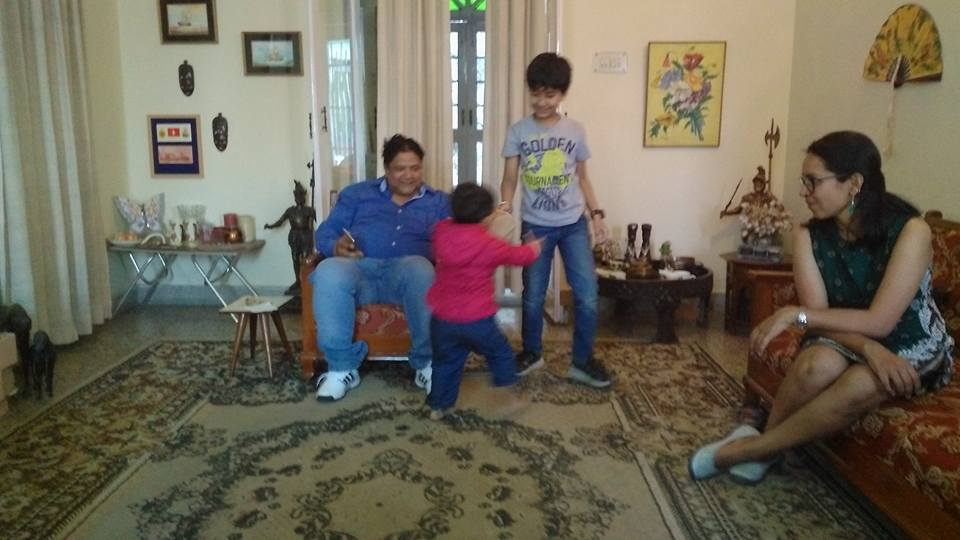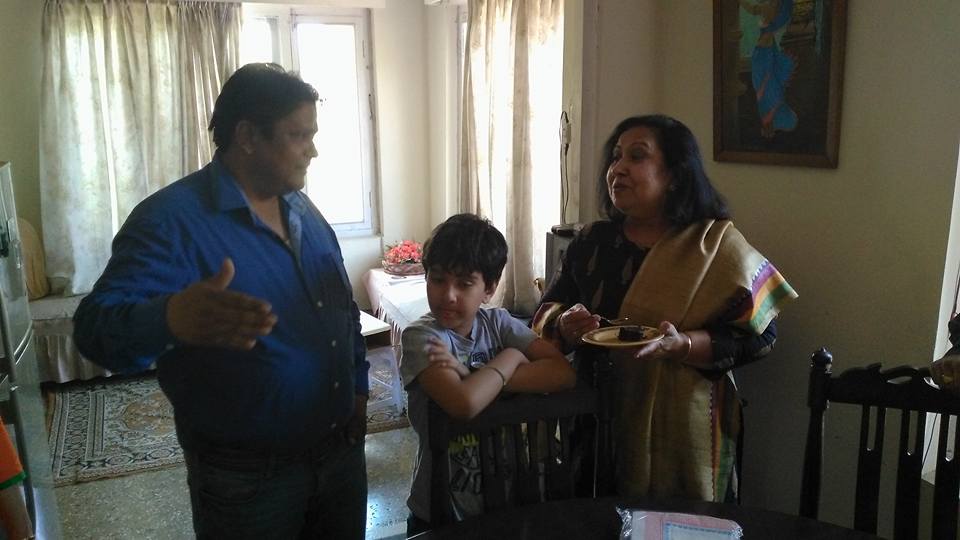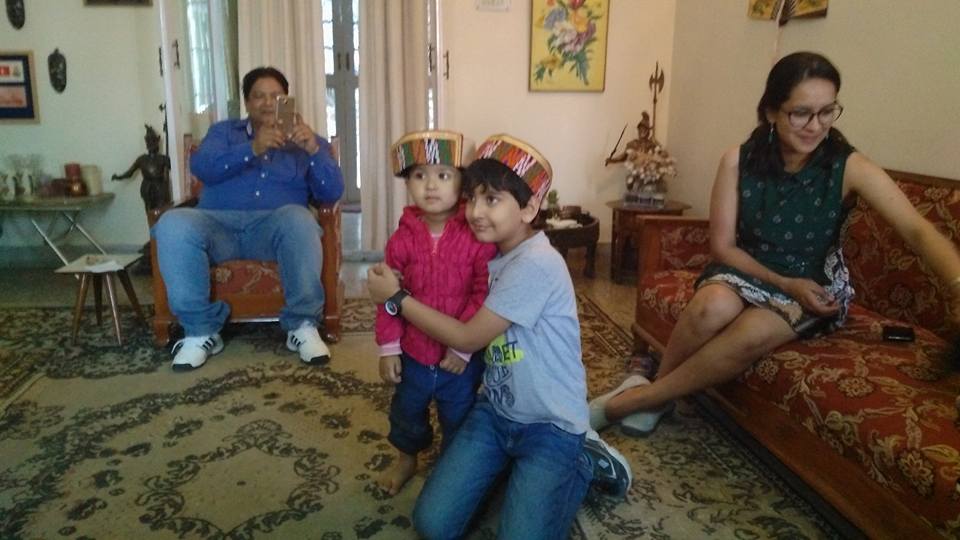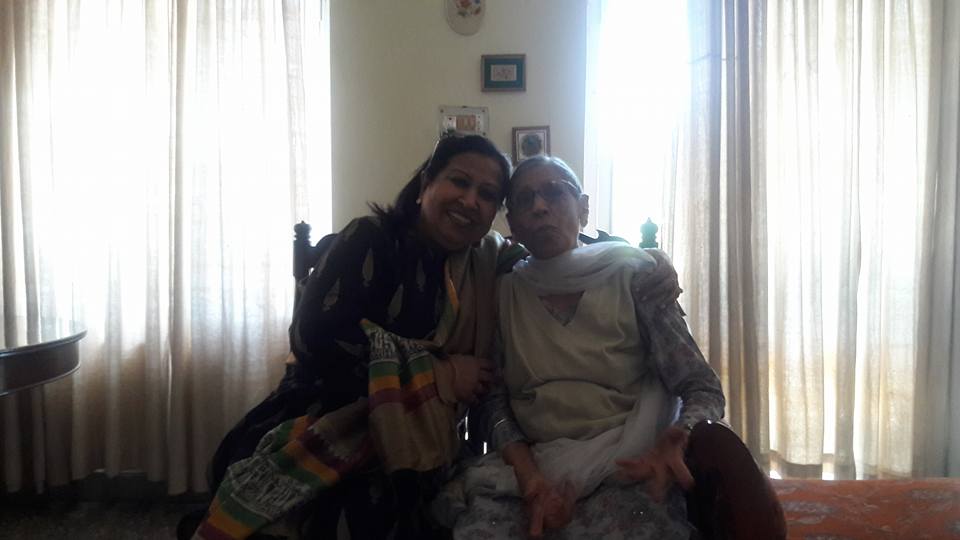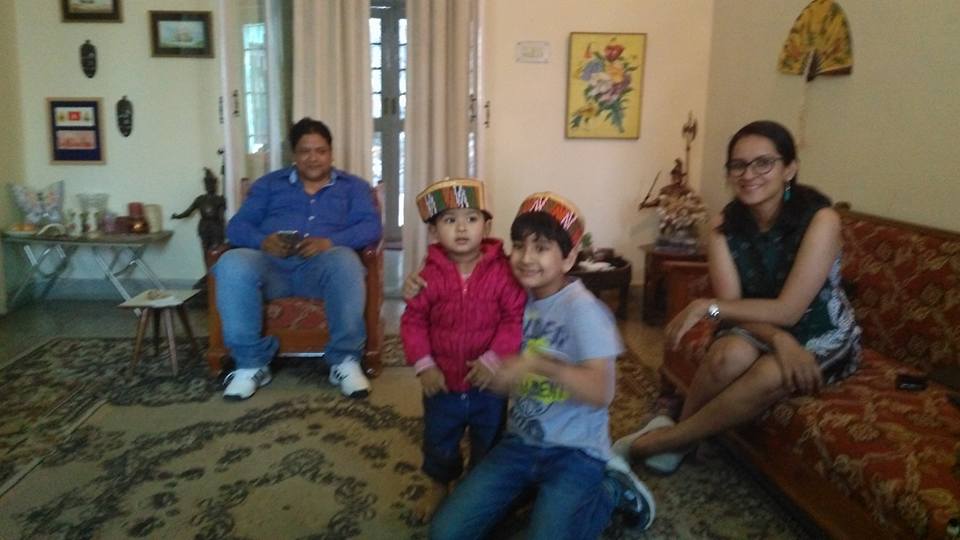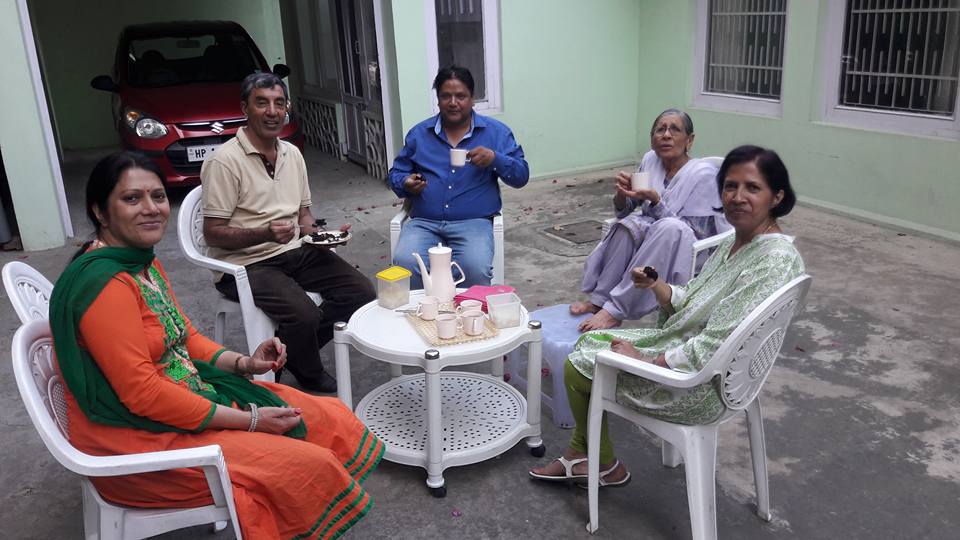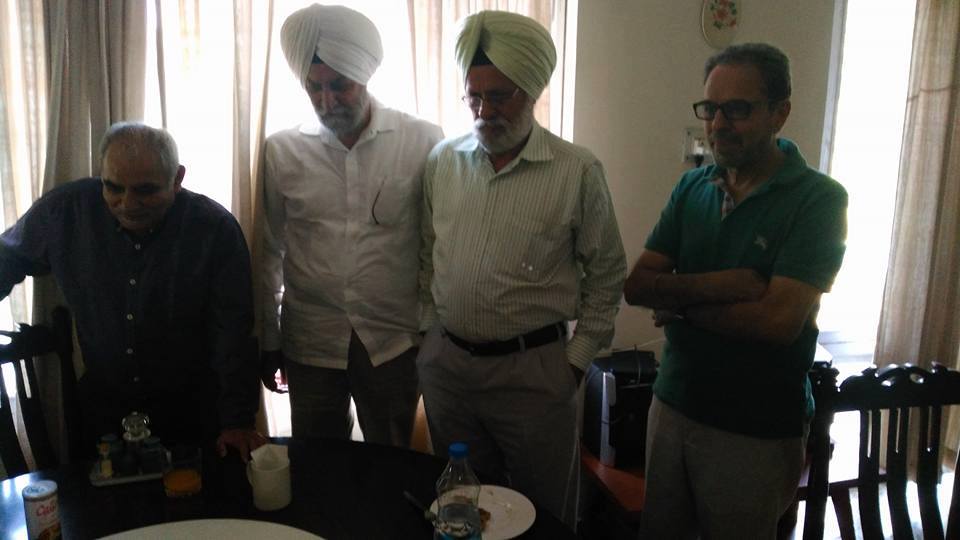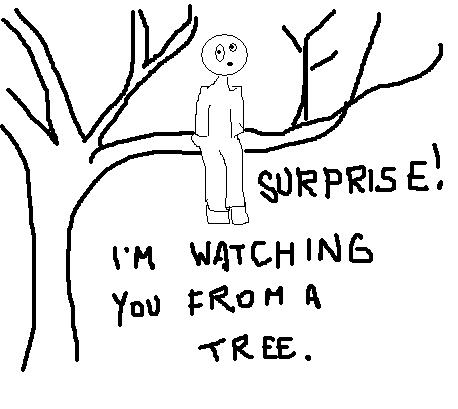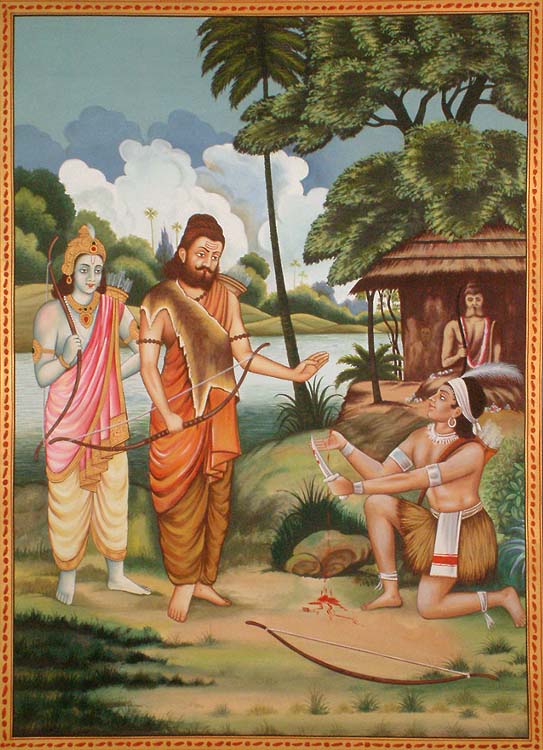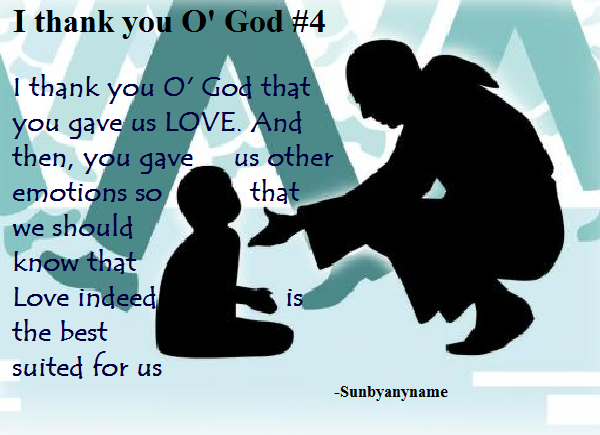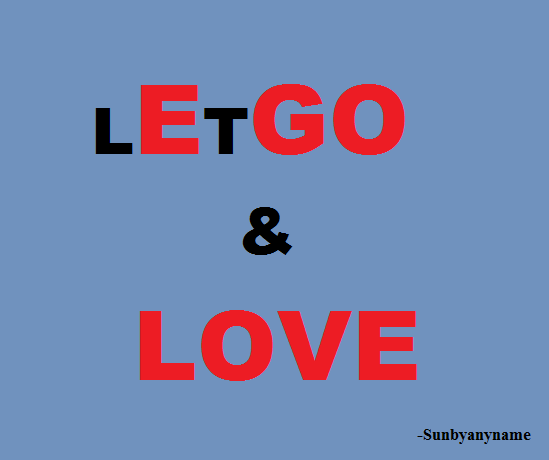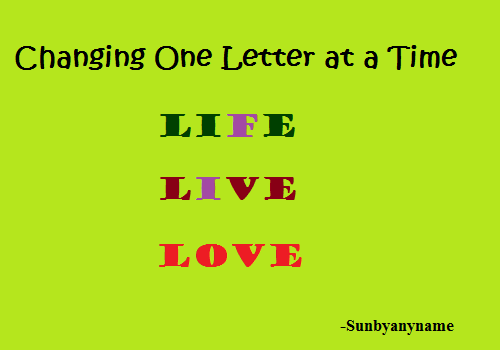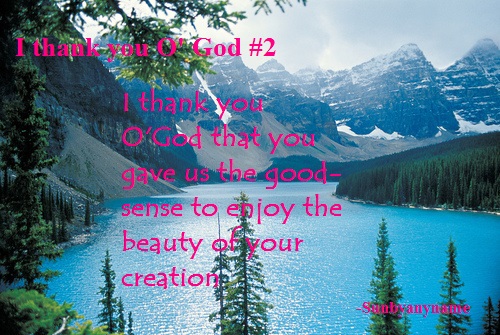These blogs, one part in a week, have been reconstructed from my Facebook Page: Lyrical whereat I am attempting a four week tribute to Shakeel Badayuni leading up to his Birth Centenary on 03 Aug 2016.
We have completed Part I of this Countdown from 03 Jul to 09 Jul 16 and Part II from 10 Jul to 16 Jul 16. Those of you who read the two parts so far would know that I have been giving three songs a day and a feature titled ‘Appreciating Good Lyrics’ wherein I bring out the lyrics of Shakeel’s contemporaries.
I initially started without any chronological order but soon settled into that. Hence, I have covered in Part I Shakeel’s songs from his first in AR Kardar’s 1947 movie Dard (Afsaana likh rahi hoon sung by Uma Devi (later Tun Tun)) till AR Kardar’s 1953 movie Dil-e-Nadaan (Jo khushi se chot khaaye sung by Talat Mehmood). And in Part II I covered Shakeel’s songs from 1954 M Sadiq movie Shabab (Aye na baalam waada karke) to 1960 SU Sunny movie Kohinoor (Dhal chuki shaam-e-gham) both by Mohammad Rafi
As far as ‘Appreciating Good Lyrics’ of other Lyricists is concerned, in Part II, I have covered seven more of them:
1. Shailendra with his Kuchh aur zamaana kehta hai.
2. Rajinder Krishan with his Mujhase mat poochh mere ishq mein.
3. Kaifi Azmi with his Jaane kyaa dhoondati rehati hain ye aankhen mujh mein.
4. Sahir Ludhianvi with Aurat ne janam diya mardon ko.
5. Majrooh Sultanpuri with Teri aankhon ke siwa duniya mein rakha kyaa hai.
6. Jaan Nisar Akhtar with his Mujhape ilzaam-e-bewafai hai.
7. Hasrat Jaipuri with his Aansu bhari hain ye jeevan ki raahen.
8. Qamar Jalalabadi with his Ai meri zindagi tujhe dhoondun kahan.
9. Raja Mehdi Ali Khan with Mera sundar sapna beet gaya.
10. Indeevar with Bade armaano se rakha hai balam teri kasam.
11. DN Madhok with Man ka taar hila ja
12. Kidar Sharma with Teri duniya mein dil lagta nahin waapas bula le.
13. Kavi Pradeep with Insaan ka insaan se ho bhaichara.
14. Pt. Indra Chandra with Baag laga doon sajani.
With this, we are ready to move into Part III, covering the third week of the countdown, from day 15 to 21. Before we do, here is my own adoration:
Shakeel ke naghmon ki kabhi yaad mujhe nahin aati,
Yaad unaki aati hai jinhen hum bhool jaate hain;
Yahan to har sehar hoti hai unaki shaayari se,
Har shaam unake geeton ko hum dohraate hain.
Day #15 of 31
Song #43
Alright, ladies and gentlemen, we are at the halfway mark today in a month long countdown to the Birth Centenary of Shakeel Badayuni.
I have already told you that the year 1960 was a very successful year for Shakeel Badayuni. We have already taken up songs from two of his movies: Mughal-e-Azam and Kohinoor with Music Director Naushad Ali with whom he had done 17 of his 26 movies till then, eight with Ghulam Mohammad and one each with Khursheed Anwar and Sardar Malik.
With the next movie, the 1960 movie Ghunghat started a relationship with a music director who was not just my namesake but who took Shakeel’s songs to a new height. Eventually, Shakeel would do as many as 12 movies with him. Indeed, in the same year, in Chaudhvinh Ka Chand, with music composed by Ravi, Shakeel Badayuni finally got his first Filmfare Award after 13 years of writing songs in the movies.
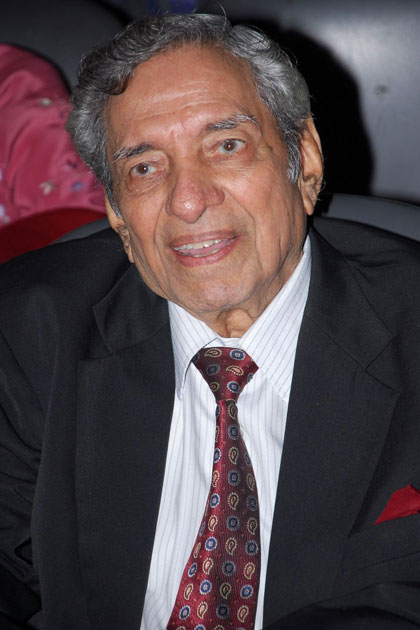
Ghunghat was a movie that was produced for Gemini Studios and directed by Ramanand Sagar. The film starred Bharat Bhushan, Leela Chitnis, Pradeep Kumar, Bina Rai, Asha Parekh, Helen, Rajendranath, Rehman and Agha.
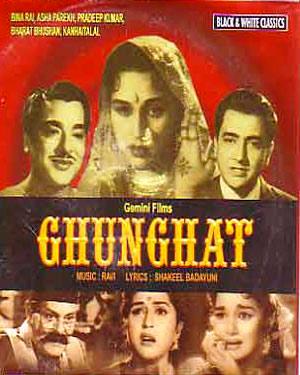
It had a total of ten songs:
1.”Laage Na More Jiya” – Lata Mangeshkar
2.”More Chham Chham Baaje Payeliya” – Lata Mangeshkar
3.”Meri Pat Rakho Girdhari” – Lata Mangeshkar
4.”Do Nain Mile” – Asha Bhosle & Mahendra Kapoor
5.”Ye Zindagi Ka Mausam” – Asha Bhosle & Mohammed Rafi
6.”Haye Re Insaan” – Mohammed Rafi
7.”Dil Na Kahin Lagana” – Asha Bhosle
8.”Gori Ghunghat Mein” – Asha Bhosle
9.”Kya Kya Dikhati Hai” – Asha Bhosle & Mahendra Kapoor
10.”Pyari Sakhi Saj Dhajke” – Asha Bhosle
Mori chham chham baaje payaliya was composed by Ravi in Raag Bhairavi, Taal Kaherava and became an instant hit.
Please enjoy: Mori chham chham baaje payaliya….
morii chham-chham baaje paayaliyaa -2
aaj mile hai.n more saa.Nvariyaa -2
morii chham-chham …
( ba.Dii muddat me.n dil ke sahaare mile
aaj Duube hu_o.n ko kinaare mile ) -2
kabhii muskraa_e man kabhii sharamaa_e man
kabhii naino.n kii chhalake gaagariyaa
morii chham-chham …
( chaa.Nd-taaro.n ke gahane pahanaa do mujhe
ko_ii aa ke dulhaniyaa banaa do mujhe ) -2
nahii.n bas me.n jiyaa kaisaa jaaduu kiyaa
piyaa aaj hu_ii re mai.n to baavariyaa
morii chham-chham …
Day #15 of 31
Song #44
Bina Rai received the Filmfare Best Acrtress award for her performance in the 1960 movie Ghunghat.
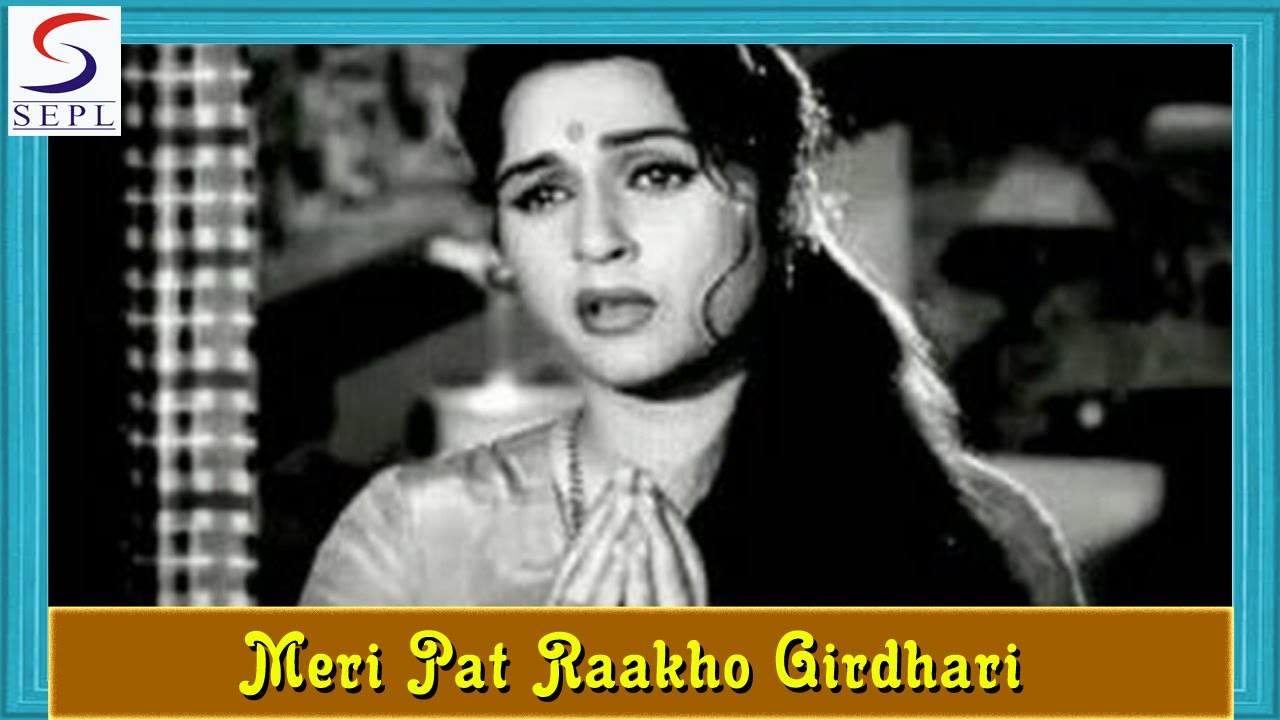
This one though is picturised on Asha Parekh. Ghunghat was only her third movie as a lead actress, the first one being Dil Deke Dekho in 1959 when she, at the age of 16 years, was rejected by Vijay Bhatt for Goonj Uthi Shehnai in favour of Ameeta. Her second movie was Hum Hindustani.
I like this song both for its lyrical and musical excellence. Of course, the singing by Lata Mangeshkar is exquisite.
Both Asha Parekh and Dharmendra started their acting career as adults at around the same year and both were at home with serious as well as light-hearted romantic roles.
Please enjoy: Laage na mora jiya, sajana nahin aaye….
laage na moraa jiyaa, sajanaa nahii.n aaye, haay
laage na moraa jiyaa …
dekh liye piyA tere irAde, jhUTh nikale jA tere vAde
ta.Dapat-ta.Dapat yAd me.n terI, nain nIr bhar Ae, hAy
laage na moraa jiyaa …
tUne merI sudh bisarAI, bedardI tohe lAj na AI
bhUl gae kyA o harajAI, jAke des parAe, hAy
laage na moraa jiyaa …
https://www.youtube.com/watch?v=uSbGRwd3LyA
Day #15 of 31
Song #45
Ravi gave a new direction to the lyrics of Shakeel Badayuni; filled them with more intense pathos, romance and what Ravi was good at: notes that depict pain caused by love.
Here is one song from the movie, sung by Mohammad Rafi that was almost done in Naushad style, though. The best part is that the song, sung by Mohammad Rafi, displays feelings of both male and female protagonists.
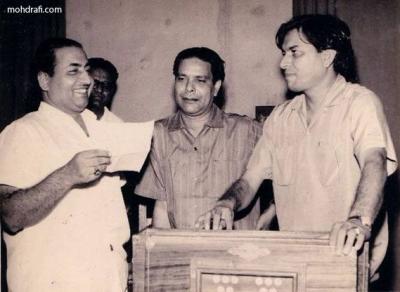
I like the lyrics of this.
Please enjoy: Haay re insaan ki majbooriyan….
haay re insaan kii majabuuriyaa.N -2
paas rah kar bhii hai.n kitanii ( duuriyaa.N ) -2
haay re insaan kii …
kuchh a.Ndhere me.n nazar aataa nahii.n
ko_ii taaraa raah dikhalaataa nahii.n
jaane ummiido.n kii ma.nzil hai kahaa.N -2
haay re insaan kii …
shamaa ke a.njaam kii kisako Kabar
Katm hogii yaa jalegii raat bhar
jaane ye sholaa banegii yaa dhu_aa.N -2
haay re insaan kii …
Appreciating Good Lyrics
Song #15
As you are aware, I started these posts two weeks ago to bring home the point that whilst we genuinely love everything that Shakeel wrote, many other contemporary poets and lyricists were also good and popular.
It is, therefore, worth recalling their lyrics too in addition to Shakeel’s. It was the era of good lyrics.
So far, we have taken up in the last two weeks:
1. Shailendra with his Kuchh aur zamaana kehta hai.
2. Rajinder Krishan with his Mujhase mat poochh mere ishq mein.
3. Kaifi Azmi with his Jaane kyaa dhoondati rehati hain ye aankhen mujh mein.
4. Sahir Ludhianvi with Aurat ne janam diya mardon ko.
5. Majrooh Sultanpuri with Teri aankhon ke siwa duniya mein rakha kyaa hai.
6. Jaan Nisar Akhtar with his Mujhape ilzaam-e-bewafai hai.
7. Hasrat Jaipuri with his Aansu bhari hain ye jeevan ki raahen.
8. Qamar Jalalabadi with his Ai meri zindagi tujhe dhoondun kahan.
9. Raja Mehdi Ali Khan with Mera sundar sapna beet gaya.
10. Indeevar with Bade armaano se rakha hai balam teri kasam.
11. DN Madhok with Man ka taar hila ja
12. Kidar Sharma with Teri duniya mein dil lagta nahin waapas bula le.
13. Kavi Pradeep with Insaan ka insaan se ho bhaichara.
14. Pt. Indra Chandra with Baag laga doon sajani.
Today we take up pur 15th Lyricist Anjaan‘s creation.
Anjaan was born as Lalji Pandey on 24th Oct 1929 in Varanasi (UP). The other day I mentioned about the ranking of Lyricists in number of songs and brought out that Sameer has written more than 4000 songs. Sameer is Anjaan’s son.
Anjaan famously wrote in Bhojpuri dialect and hence his songs appealed to the masses.
He started his films career with 1953 movie Prince of Golconda and then established himself with Guru Dutt’s Baharen Phir Bhi Aayengi and GP Sippy’s Bandhan.
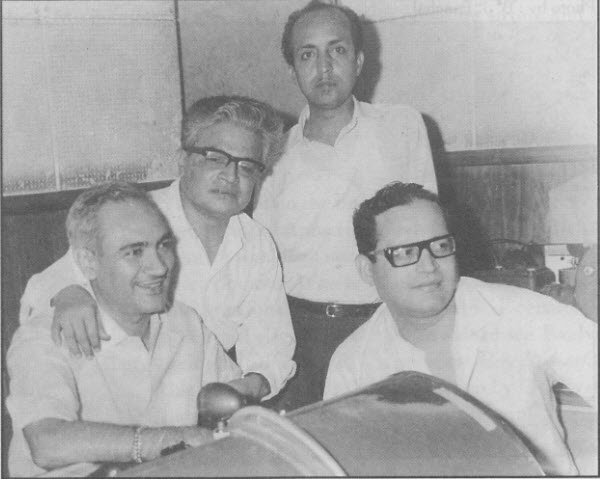
Songs of Amitabh Bachchan starrer Muqaddar Ka Sikandar including Saathi re tere bina bhi kyaa jeena and Don, including Khaike paan Banaras waala made him a household name.
To give you matching lyrics with Shakeel Badayuni, I give you this Mukesh gem from the 1965 movie Purnima that starred Dharmendra with Meena Kumari.
Kalyanji Anandji composed it in Raag Darbari Kanada and Tal Jhaptal.
Please enjoy: Tumhen zindagi ke ujaale mubarak andhere hamen aaj raas aa gaye hain….
tumhe.n zindagii ke ujaale mubaarak
a.ndhere hame.n aaj raas aa ga_e hai.n
tumhe.n paa ke ham Kud se duur ho ga_e the
tumhe.n chho.Dakar apane paas aa ga_e hai.n
tumhe.n zindagii ke …
tumhaarii vafaa se shiqaayat nahii.n hai
nibhaanaa to ko_ii ravaayat nahii.n hai
jahaa.N tak qadam aaa sake aa ga_e hai.n
a.ndhere hame.n aaj …
chaman se chale hai.n ye ilzaam lekar
bahut jii li_e ham teraa naam lekar
muraado.n kii ma.nzil se duur aa ga_e hai.n
a.ndhere hame.n aaj …
https://www.youtube.com/watch?v=4Iq_pfISaEc
Day #16 of 31
Song #46
And that brings us squarely to his 1960 movie Chaudhvin Ka Chand that won him his first Filmfare Award for Best Lyricist for the title song of the movie. Mohammad Rafi won the Best Male Playback Singer Award for the same song.
After Guru Dutt made his autobiographical movie Kaagaz Ke Phool and it flopped on the box-office (years later many feel now that the movie was a classic and the only reason it flopped was because it was far ahead of its times), SD Burman, who had cautioned Guru Dutt not to make Kaagaz Ke Phool fell apart with him.
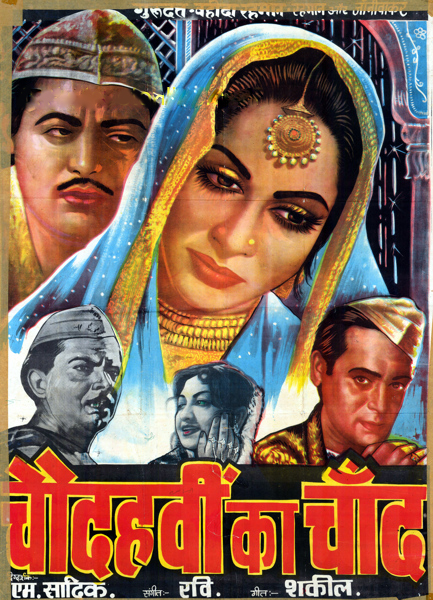
Guru Dutt, therefore, took Ravi as the Music Director and because of the new relationship that my namesake had with Shakeel, the latter too came as a bonus. Guru Dutt reaped the fruits of this in that not only it turned out to be a most popular movie, its songs became all time hits. Have a look at the list:
01. Chaudhvin Ka Chand Ho Mohammad Rafi
02. Mili Khak Main Mohabbat Mohammad Rafi
03. Yeh Luckhnow ki Sar-Zameen Mohammad Rafi
04. Mera Yaar Bana Hai Dulha Mohammad Rafi
05. Badle Badle Mere Sarkar Nazar Aatein Hain Lata Mangeshkar
06. Baalam Se Milan Hoga Geeta Dutt
07. Bedardi Mere Sayyan, Shabnam Hain Kabhi Sholay Asha Bhosle
08. Sharma Ke Agar Yun Pardanashin Shamshad Begum, Asha Bhosle
09. Dil Ki Kahani Rang Lai Hai Asha Bhosle
10. Yeh Duneeya Gol Hai Mohammad Rafi
Lets take up the title song, the best song ever made on the husn of a woman; the winner of two Filmfare Awards. It is in my favourite Raaga Pahadi and Tal Kaherava.
Please enjoy: Chaudhvin ka chand ho ya aftaab ho….
chaudahavii.n kaa chaa.Nd ho, yaa aafataab ho
jo bhii ho tum khudaa ki qasam, laajavaab ho
zulfe.n hai.n jaise kaa.Ndhe pe baadal jhuke hue
aa.Nkhe.n hai.n jaise may ke payaale bhare hue
mastii hai jisame pyaar kii tum, vo sharaab ho
chaudahavii.n kaa …
cheharaa hai jaise jhiil me khilataa huaa ka.nval
yaa zi.ndagii ke saaj pe chhe.Dii huii gazal
jaane bahaar tum kisii shaayar kaa Kvaab ho
chaudahavii.n kaa …
ho.nTho.n pe khelatii hai.n tabassum kii bijaliyaa.N
sajade tumhaarii raah me.n karatii hai.n kaikashaa.N
duniyaa-e-husn-o-ishq kaa tum hii shabaab ho
chaudahavii.n kaa …
https://www.youtube.com/watch?v=5ZUR92B-UzE
Day #16 of 31
Song #47
The 1960 Guru Dutt movie Chaudhvin Ka Chand had screenplay by Abrar Alvi who wrote Pyasa too. The movie was a triangular love affair between Aslam (Guru Dutt), Nawab (Rehman) and Jameela (Waheeda Rehman). The city of Lucknow, the city of Nawabs and culture provided backdrop to this love traingle.
Lets take up this second song from the movie and once again you are spellbound by Shakeel’s lyrical excellence. It has been sung by Lata Mangeshkar.
Shakeel was a great one at songs depicting love having gone sour. Here is one of his best in this genre’.
Please enjoy: Badale badale mere sarkaar nazar aate hain….
badale badale mere sarakaar nazar aate hai.n -2
ghar kii barabaadii ke aasaar nazar aate hai.n
badale badale mere sarakaar nazar aate hai.n
badale badale
Duube rahate the mere pyaar me.n jo shaam-o-sahar -2
mere chehare se na haTatii thii kabhii jinakii nazar
merii suurat se vo bezaar nazar aate hai.n -2
ghar kii barabaadii ke …
vo jo badale to zamaane kii hawaa bhii badalii -2
dil kii Kushiyaa.N bhii ga_ii.n ghar kii fazaa bhii badalii
suune suune dar-o-diiwaar nazar aate hai.N -2
ghar kii barabaadii ke …
mere maalik ne muhabbat kaa chalan chho.D diyaa -2
kar ke barabaad mere dil kaa chaman chho.D diyaa
phuul bhii ab to mujhe Kaar nazar aate hai.n -2
ghar kii barabaadii ke …
https://www.youtube.com/watch?v=Pjf9ORFDwQA
Day #16 of 31
Song #48
Tonight we are taking up the songs of Guru Dutt’s 1960 movie Chaudhvin Ka Chand, a love triangle between two Rehmans (Waheeda and Rehman) and Guru Dutt.
I hope you enjoyed the perfect lyrics of the last two songs: the title song and Badale badale mere sarkar nazar aate hain. In the second song, she recalls the first song! Viz, mere chehre se na uthati thi nazar!
It is not for nothing that I call Shakeel as the greeatest lyrics. Here he penned the best song ever describing her beauty and when love went sour he contrasted it with her feeling of utter neglect.
Enough mastery over lyrics, you are bound to tell me. Hold on, ladies and gentlemen, there is more. He paid adequate attention to his (Guru Dutt‘s) feelings by coming up with this gem sung by Mohammad Rafi.
Please enjoy: Mili khaak mein mohabbat, jala dil ka ashiyana….
milii Kaak me.n muhabbat, jalaa dil kaa aashiyaanaa
jo thii aaj tak haqiiqat, vahii ban ga_ii fasaanaa
ye bahaar kaisii aaii, jo fizaa.n bhii saath laaii
mai.n kahaa.N rahuu.N chaman me.n, meraa luT gayaa Thikaanaa
mujhe raastaa dikhaakar, mere kaaravaa.n ko luuTaa
idhar aa gale lagaa luu.N, tujhe garadish-e-zamaanaa
https://www.youtube.com/watch?v=7zoUoixvRMg
Appreciating Good Lyrics
Song #16
As you are aware, I started these posts two weeks ago to bring home the point that whilst we genuinely love everything that Shakeel wrote, many other contemporary poets and lyricists were also good and popular.
It is, therefore, worth recalling their lyrics too in addition to Shakeel’s. It was the era of good lyrics.
Today we take up pur 16th Lyricist Anand Bakshi‘s creation.Anand Bakshi was 14 years younger to Shakeel Badayuni. Day after tomorrow on the 21st Jul is his Birth Anniversary. He was born on this day in 1930 as Bakhshi Anand Prakash Vaid in Rawalpindi (now in Pakistan).
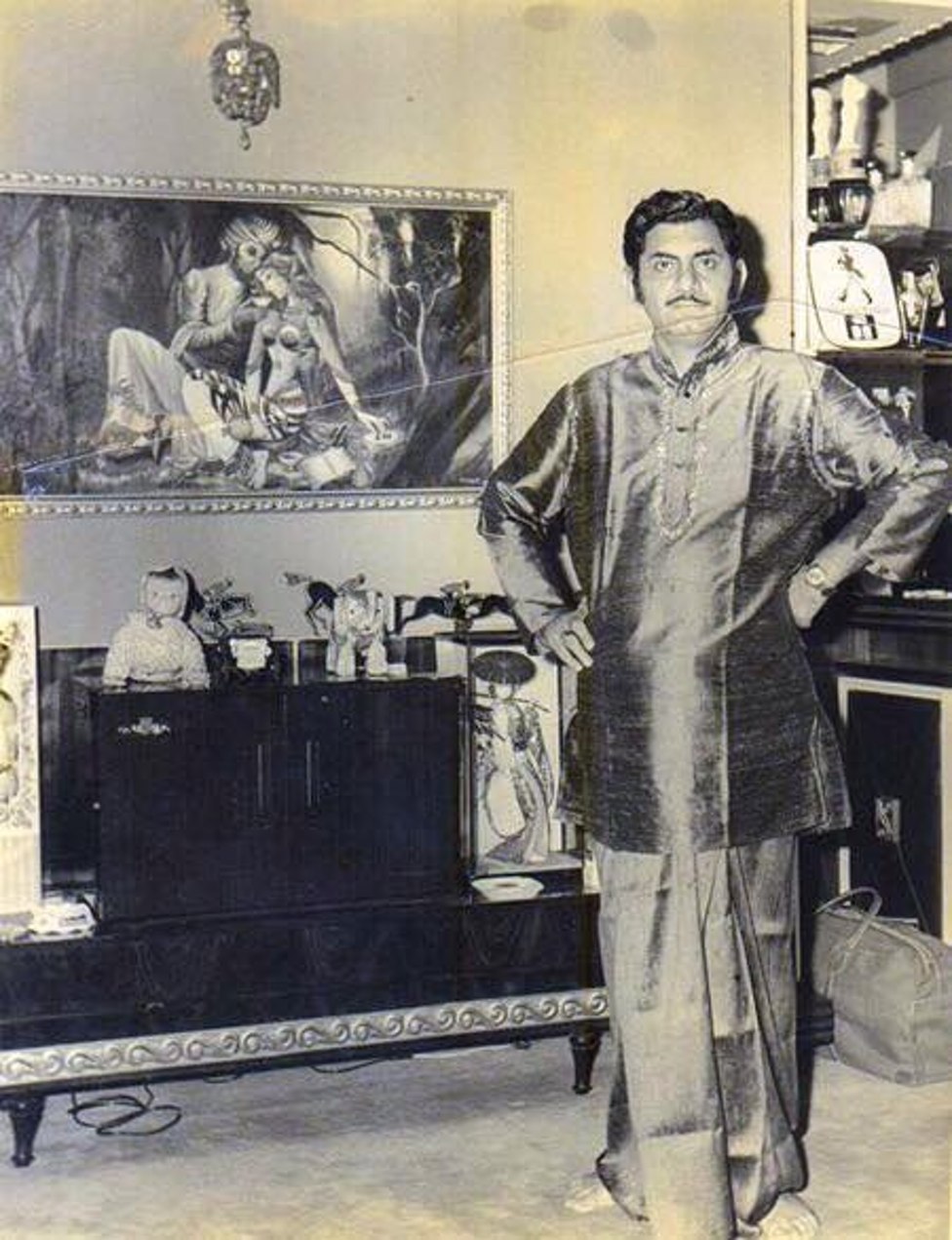
Immediately after the Partition and Independence of India, when he was 17 years old, his family migrated to Poona. They shifted to Meerut and finally called Delhi their home.
He came to Bombay to write and sing and soon realised that writing lyrics was his calling. His first break was in the 1958 Brij Mohan movie Bhala Aadmi starring Bhagwan Dada.
He gradually emerged as one the second most versatile lyricists that the Hindi film industry had seen (He wrote 3441 songs, after 4073 songs of Sameer) particularly in partnerships with Laxmikant Pyarelal, Kalyanji Anandji and RD Burman.
He died on 30th Mar 2002 of bacterial infection after a cardiac surgery. He was survived by his wife Kamla Mohan Bakshi, his daughter Suman Datt (married), sons Rajesh Bakshi, Rakesh Bakshi, and daughter Kavita Bali (married). His grandson Aditya Datt is a film director. His son Rakesh Anand Bakshi is author of Directors’ Diaries – The Road To Their First Film. I was privileged to meet him during the Shankar Jaikishan Music Foundation Meet at Mumbai on the 19th June 16.
Although real success came his way with Kalyanji Anandji in 1962 movie Mehndi Lagi Mere Haath Mein, I am giving you his song of three years later, for the 1965 movie Himalay Ki God Mein starring Mala Sinha and Manoj Kumar. Mukesh sang the song and it became a cult song.
Please enjoy: Chand si mehbooba ho meri kab….
chaa.Nd sii mahabuubaa ho merii kab aisaa mai.nne sochaa thaa
haa.N tum bilakul vaisii ho jaisaa mai.nne sochaa thaa
naa rasme.n hai.n naa kasame.n hai.n
naa shikave hai.n naa vaade hai.n
ik sUrat bholii bhaalii hai
do nainaa siidhe saade hai.n – 2
aisaa hii ruup khayaalo.n me.n thaa
jaisaa mai.nne sochaa thaa, haa.N …
merii khushiyaa.N hii naa baa.NTe
mere Gam bhii sahanaa chaahe
dekhe naa khvaab vo mahalo.n ke
mere dil me.n rahanaa chaahe
is duniyaa me.n kaun thaa aisaa
jaisaa mai.nne sochaa thaa, haa.N …
Day #17 of 31
Song #49
We have so far completed 13 years of Shakeel Badayuni’s career after he gave his first song for the 1947 AR Kardar movie Dard: Afsaana likh rahi hoon.
We have nine years to go for his last movie Beti in 1969.
We have just seen that in 1960, for the first time after 13 years, he paired with the music director Ravi in Ghunghat. In the same year, for the movie Chaudhvin Ka Chand, he finally received his first Filmfare Award for the song for which Rafi received his Best Playback Singer award: the title song: Chaudhvin Ka Chand.
Completing his hat-trick in 1961 with Music Director Ravi was SS Vasan’s movie Gharana. SS Vasan, or Subramaniam Srinivasan was, as you already know, the founder of the famous Gemini Studios that specialised in making family-drama movies. The movie starred Rajendra Kumar, Raaj Kumar and Asha Parekh.
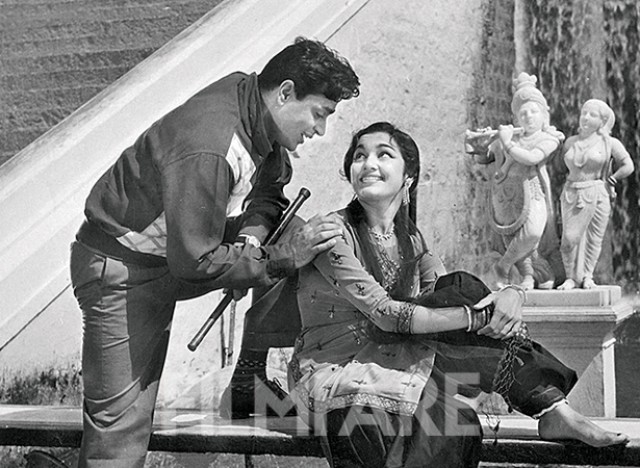
The film had nine songs as under:
1. “Dadi Amma” – Asha Bhosle & Kamal Barot
2. “Husn Wale Tera Jawaab Nahin” – Mohammed Rafi
3. “Jai Raghunandan” – Mohammed Rafi & Asha Bhonsle
4. “Jabse Tumhe Dekha Hai” – Mohammed Rafi & Asha Bhosle
5. “Ye Zindagi Ki Uljhane” – Asha Bhonsle
6. “Ye Duniya Usi Ki” – Asha Bhosle
7. “Ho Gai Re” – Mohammed Rafi & Asha Bhosle
8. “Na Dekho Humein Ghurke” – Mohammed Rafi & Asha Bhosle
9. “Mere Banne Ki Baat Na Puchho” – Shamshad Begum & Asha Bhosle
Shakeel Badayuni received his second consecutive year Filmfare Award for the same subject: describing the husn (beauty) of a woman. The song Husn waale tera jawab nahin had also Rafi nominated for the Filmfare Award but he won it for the Sasural song: Teri pyaari pyaari surat ko (Shankar Jaikishan and Hasrat Jaipuri).
Please enjoy: Husn waale tera jawaab nahin….
husn vaale teraa javaab nahii.n
koI tujh-saa nahii.n hazaaro.n me.n
tuu hai aisii kalii jo gulashan me.n
saath apane bahaar laayii ho
tuu hai aisii kiraN jo raat Dhale
chaa.Ndanii me.n nahaa ke aayii ho
ye teraa nuur ye tere jalave
jis tarah chaa.Nd ho sitaaro.n me.n
husn vaale …
terI aa.Nkho.n me.n aisii mastii hai
jaise chhalake hue ho.n paimaane
tere ho.nTho.n pe vo khaamoshii hai
jaise bikhare hue ho.n afasaane
terii zulfo.n kii aisii ra.ngat hai
jaise kaalii ghaTaa bahaaro.n me.n
husn vaale …
terii suurat jo dekh le shaayar
apane shero.n me.n taazagii bhar le
ek musavvir jo tujh ko paa jaae
apane Kvaabo.n me.n zi.ndagii bhar le
naGamaagar Dhuu.NDh le agar tujh ko
dard bhar le vo dil ke taaro.n me.n
husn vaale teraa javaab nahii.n …
https://www.youtube.com/watch?v=1Pn81ApIsfs
Day #17 of 31
Song #50
The 1961 movie Gharana also marked a first for Shakeel Badayuni; he wrote a children’s song that became a super hit.
The song is a song by the grand-children to appease their Dadi (grand-mother) Shanta (Lalita Pawar) who has been running the Gharana with total and tyrannical control.
Asha Bhosle and Kamal Barot sang this song and decades after seeing the movie with my parents, I can still not forget its setting. Full marks to Lalita Pawar too for her histrionics.
Please enjoy: Dadi amma dadi amma maan jaayo….
daadii-ammaa daadii-ammaa maan jaa_o -2
chho.Do jii ye Gussaa zaraa ha.Ns ke dikhaa_o
daadii-ammaa daadii-ammaa maan jaa_o -2
chho.Do jii ye Gussaa zaraa ha.Ns ke dikhaa_o
daadii-ammaa daadii-ammaa maan jaa_o
chhoTii-chhoTii baato.n pe na biga.Daa karo -2
Gussaa ho to ThaNDaa paanii pii liyaa karo
khaalii-piilii apanaa kalejaa na jalaa_o
daadii-ammaa daadii-ammaa maan jaa_o -2
chho.Do jii ye Gussaa zaraa ha.Ns ke dikhaa_o
daadii-ammaa daadii-ammaa maan jaa_o
daadii tumhe.n ham to manaa ke rahe.nge -2
khaanaa apane haatho.n se khilaa ke rahe.nge
chaahe hame.n maaro chaahe hame.n dhamakaa_o
daadii-ammaa daadii-ammaa maan jaa_o -2
chho.Do jii ye Gussaa zaraa ha.Ns ke dikhaa_o
daadii-ammaa daadii-ammaa maan jaa_o
kaho to tumhaarii ham champii kar de.n -2
piyo to tumhaare liye hukkaa bhar de.n
ha.Nsii na chhupaa_o zaraa aa.Nkhe.n to milaa_o
daadii-ammaa daadii-ammaa maan jaa_o -2
chho.Do jii ye Gussaa zaraa ha.Ns ke dikhaa_o
daadii-ammaa daadii-ammaa maan jaa_o
hamase jo bhuul hu_ii maaf karo maa.N -2
gale lag jaa_o dil saaf karo maa.N
achchhii sii kahaanii ko_ii hamako sunaa_o
daadii-ammaa daadii-ammaa maan jaa_o -2
chho.Do jii ye Gussaa zaraa ha.Ns ke dikhaa_o
daadii-ammaa daadii-ammaa maan jaa_o -2
https://www.youtube.com/watch?v=ueJRRmVCBiI
Day #17 of 31
Song #51
How could someone who had mastery over the Urdu write so well in Hindi? But, that’s Shakeel Badayuni for you. We saw the bhajan of 1952 movie Baiju Bawra in pure Hindi: Man tadpat Hari darshan ko aaj.
This one from 1961 movie Gharana became equally iconic bhajan.
Mohammad Rafi who has sung the best bhajans in Hindi, sung this one too, however, with Asha Bhosle.
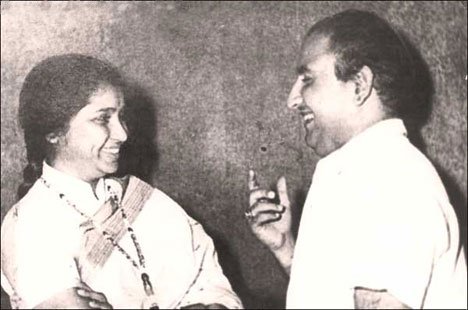
Please enjoy: Jay Raghunandan, Jay Siyaram….
jay raghunandan jay siyaaraam
he dukhabha.njan tumhe.n praNaam
bhraat-bhraat ko he parameshvar sneh tumhii.n sikhalaate
nar-naarii ko he parameshvar sneh tumhii.n sikhalaate
o naiyaa ke khevanahaare japuu.N mai.n tumharo naam
jay raghunandan …
tum hii dayaa ke saagar prabhu jii tum hii paalanahaare
chain tumhii.n se paa_e bekal manavaa saa.Njh-sakaare
jo bhii tumhaarii aas lagaa_e bane usii ke kaam
jay raghunandan …
Appreciating Good Lyrics
Song #17
As you are aware, I started these posts more than two weeks ago to bring home the point that whilst we genuinely love everything that Shakeel wrote, many other contemporary poets and lyricists were also good and popular.
It is, therefore, worth recalling their lyrics too in addition to Shakeel’s. It was the era of good lyrics.
Today we take up pur 17th Lyricist Prem Dhawan‘s creation.Prem Dhawan was some seven years younger to Shakeel Badayuni; born on 13th July in Ambala (now in Haryana). After schooling, he did his college tenure from Ambala. He was actively engaged in the activities of the CPI (Communist Party of India).
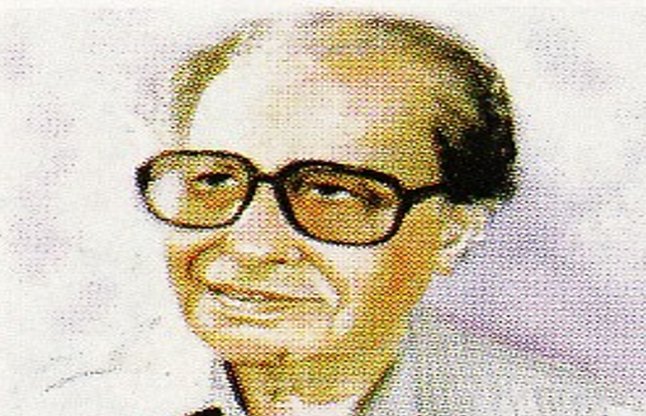
In Bombay, he joined the Indian People’s Theatre Association as part of CPI activities. He learnt classical music under Pandit Ravi Shankar. At the age of 23 years, in 1946, he got his first break as a lyricist with Khwaja Ahmad Abbas’s movie Dharti Ke Lal.
His most well remembered contribution both as Lyricist and Music Director was in 1965 Manoj Kumar starrer Shaheed. He won the National Best Lyricist Award for the songs of the 1971 movie Nanak Dukhiya Sab Sansaar.
The 1951 movie Taraana starred the lovers in real and reel life: Dilip Kumar and Madhubala for the first time. And guess what? The songs of this Ram Daryani movie were neither penned by Shakeel nor composed by Naushad.
I saw the movie last year on my computer and the movie was popular, as most movies of those times, for its songs. DN Madhok (a tribute to him I have already given two days back) and Prem Dhawan divided the songs between themselves, with Prem Dhawan actually writing the best song of the movie.
All were composed by Anil Biswas. Here is the list:
1 Nain Miley, Nain Huwe Bawre Lata Mangeshkar, Talat Mehmood Prem Dhawan
2 Bol Papihe Bol Lata Mangeshkar, Sandhya Mukherjee Prem Dhawan
3 Mohse Rooth Gayo Mora Savariya Lata Mangeshkar D. N. Madhok
4 Yun Chhup Chhup Ke Mera Aana Lata Mangeshkar D. N. Madhok
5 Beimaan Tohre Nainwa Lata Mangeshkar D. N. Madhok
6 Seene Mein Sulagte Hain Armaan Lata Mangeshkar, Talat Mehmood Prem Dhawan
7 Wapas Le Le Yeh Jawani Lata Mangeshkar
8 Ek Main Hoon Ek Meri Talat Mehmood
9 Woh Din Kahan Gaye Bata Lata Mangeshkar D. N. Madhok
The movie’s story was almost the same as Udan Khatola’s in that the aircraft carrying Dilip Kumar crashes near Madhubala’s village! Of course Dilip Kumar and Nimmi of Udan Khatola could never match the spontaneous chemistry between Dilip Kumar and Madhubala.
Please enjoy not just a matching song to Shakeel’s but one of the best of Prem Dhawan as Lyricist sung by Lata Mangeshkar and Talat Mehmood: Seene mein sulgate hain armaan….
talat: sIne me.n sulagate hai.n aramaa.n
aa.Nkho.n me.n udaasI chhaaI hai
ye aaj terI duniyaa se hame.n
taqadIr kahaa.N le aaI hai
sIne me.n sulagate hai.n aramaa.n
latA: kuchh aa.Nkh me.n aa.NsU baakI hai.n
jo mere Gam ke saathI hai.n – 2
ab dil hai.n naa dil ke aramaa.n hai.n – 2
bas mai.n hU.N merI tanhaaI hai
sIne me.n sulagate hai.n aramaa.n
talat: na tujhase gilaa koI hamako
nA koI shikaayat duniyaa se
do chaar kadam jab manzil thii – 2
qismat ne Thokar khaaI hai
sIne me.n sulagate hai.n aramaa.n
lata: kuchh aisI aag lagI man me.n
jIne bhI naa de marane bhI naa de …
chup hU.N to kalejaa jalataa hai – 2
bolU.N to terii rusavaaI hai
both: sIne me.n sulagate hai.n aramaa.n
https://www.youtube.com/watch?v=GMlTeyN3zo4
Day #18 of 31
Song #52
After the 1960 movie with Naushad, Shakeel did three movies in a row with Ravi: Ghunghat, Chaudhvin Ka Chand and Gharana and picked up two Best Lyricist awards. One for the title song of 1960 movie Chaudhvin Ka Chand and the other (on the same subject of describing the beauty of the beloved) ‘Husn waale tera jawaab nahin for the 1961 movie Gharana.
In the next movie of the same year, the 1961 movie Ganga Jamuna he was back with Naushad and I rank its songs higher than the songs he wrote for Ravi. However, such are the idiosyncracies of Hindi film industry that neither Naushad nor Shakeel were even nominated for the awards. It is similar to Ghulam Mohammad having been ignored for Pakeezah songs and music.
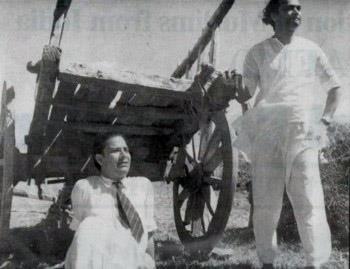
I would think that Shakeel, having shown his mettle in Urdu and Hindi, in this movie tried Bhojpuri and succeeded to a great extent (nain la.D jai.nhe to manavaa me.n kasak hoibe karii) and that itself was worthy of giving him the Best Lyricist award rather than for both Urdu songs with Ravi.
Even Insaaf ki dagar pe, later rated as #1 patriotic song by MSN, has all-time best lyrics.
Have a look at the list of songs of this movie:
1 Dagabaaz Tori Batiyan Lata Mangeshkar
2 Dhoondo Dhoondo Re Sajna Lata Mangeshkar
3 Do Hanson Ka Joda Lata Mangeshkar
4 Jhanan Ghoongar Baje Lata Mangeshkar
5 Naina Lad Jaihen Mohammed Rafi
6 O Chhalia Re Chhalia Mohammed Rafi, Asha Bhosle
7 Tora Man Bada Papi Asha Bhonsle
8 Insaaf Ki Dagar Pe Hemant Kumar
9 Naina Lad Jaihen (Revival) Mohammed Rafi
Lets listen to Nain lad jai hain to put together by Shakeel, Naushad, Mohammad Rafi and Dilip Kumar:
laagaa gorii gujariyaa se nehaa hamaar
ho_i gavaa saaraa chaupaT moraa rojagaar
o~
nain la.D jai.nhe to manavaa me.n kasak hoibe karii
prem kaa chhuTi hai paTaakhaa to dhamak hoibe karii
nain la.D jai.nhe …
ruup ko manamaa basaibaa to buraa kaa ho_ii hai
tohuu se priit lagaibaa to buraa kaa ho_ii hai
prem kii nagarii ma kuchh hamaraa bhii haq hoibe karii
nain la.D jai.nhe …
ho_ii gavaa man maa more tichh.rii najar kaa hallaa
gorii ko dekhe binaa ni.ndiyaa na aavai hamakaa
phaa.Ns lagii hai to karejavaa ma khaTak hoibe karii
nain la.D jai.nhe …
thaik thaik thai thai, thai
dhaak dhinak dhin, taak tinak tin
dhaak dhinak dhin, dhaak dhinak dhin, dhaa!
aa.Nkh mil gayii hai sajaniyaa se to naachan lagii hai
pyaar kii miiThii gajal manavaa bhii gaavan lagii hai
jhaa.Njh bajii hai to kamariyaa ma lachak hoibe karii
nain la.D jai.nhe …
nainaa jab la.Dii hai to bhaiyyaa man me.n kasak hoibe karii
thaik thaik tik thaa
hoy hoy hoy!
man le gayii re dhobaniyaa raamaa kaisaa jaaduu Daar ke
kaisaa jaaduu Daar ke re, kaisaa Tonaa Daar ke
man le gayii re dhobaniyaa raamaa kaisaa jaaduu Daar ke
man le gayii re dhobaniyaa raamaa kaisaa jaaduu Daar ke
Day #18 of 31
Song #53
You just witnessed a perfect Bhojpuri song from the 1961 movie Ganga Jamuna that must have impressed you with the mastery that Naushad had over folk based songs. Anyway, the picturisation by the director Nitin Bose and superb dancing by Dilip Kumar in his own production added to the charm of the song.
The movie, as I said, Dilip Kumar’s own production, pitted his brother Nasir Khan as a police officer against him (Dilip Kumar), a common villager turned dacoit due to the atrocities of the feudal lords.
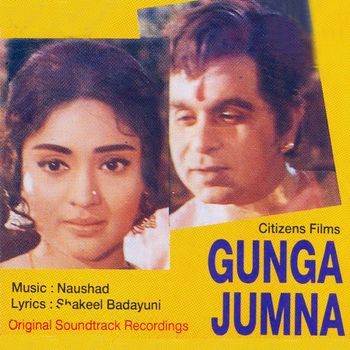
The next song is an all time favourite of mine on several counts. Firstly, its lyrics are exquisite and beautifully worded to express the feelings of Vyjayanthimala as a simple village girl Dhanno who has spent a carnal night with her love Dilip Kumar as Gungaram or Gunga in his dacoit’s den in the forest. Secondly, it is one of the best songs in Raag Pilu (Tal Dadra) though the Raag used to be a favourite of OP Nayyar. Thirdly, the Hindi film industry hasn’t seen a dancer of the calibre of Vyjayanthimala (she is simply grace personified in motion and she seems to enjoy dancing as much as we enjoy watching her).
Please enjoy: Dhoondo dhoondo re saajna more kaan ka baala…
DhU.nDho DhU.nDho re saajanaa DhU.nDho re saajanaa
more kaan kaa baalaa, ho
DhU.nDho DhU.nDho re saajanaa DhU.nDho re saajanaa
more kaan kaa baalaa
moraa baalaa chandaa kaa jaise haalaa re – 2
jaame.n laale laale haa.N,
jaame.n laale laale motiyan kii laTake maalaa, ho DhU.nDho …
mai.n soii thii, apanii aTaravaa
Thagavaa ne Daakaa Daalaa
luT ga_I nindiyaa, gir gaI bi.ndiyaa
kaano.n se khul gayaa baalaa, balam
moraa baalaa chandaa …
baalaa moraa baalepan kaa
ho ga_I re jaa kii chorii
o chhailaa toraa manavaa mailaa
laagii najariyaa torii, balam
morA baalaa chandaa …
baalaa moraa sejiyaa pe gir gayaa
DhU.nDhe re more nainaa
naa jaanuu.N piyaa
tuune churaay liyaa
da_iyyaa re kal kii rainaa, balam
morA baalaa chandaa …
Day #18 of 31
Song #54
The last song tonight from the movie Ganga Jamuna shouldn’t be a surprise to you at all. I have written about this song and the idealism of our education system at one time, for example here:
A village school teacher (the same Abhi Bhattacharya who was there with Kavi Pradeep in his Jagriti songs that are so inspirational) is teaching the village children in an open air school (which was the norm those days) and he is telling them to follow the path of righteousness and justice so as to emerge leaders of India in future.
MSN portal in 2011 adjudged it as the #1 patriotic song of India.
For me there is even greater enchantment with this song since my favourite singer Hemant Kumar has sung it.
Please enjoy: Insaaf ki dagar pe bachcho dikhao chal ke….
insaaf kii Dagar pe, bachcho.n dikhaao chal ke
ye desh hai tumhaaraa, netaa tumhii.n ho kal ke
duniyaa ke ra.nj sahanaa aur kuchh na mu.Nh se kahanaa
sachchaaiyo.n ke bal pe aage ko ba.Dhate rahanaa
rakh doge ek din tum sa.nsaar ko badal ke
insaaf kii …
apane ho.n yaa paraae sabake liye ho nyaay
dekho kadam tumhaaraa haragiz na Dagamagaae
raste ba.De kaThin hai.n chalanaa sambhal-sambhal ke
insaaf kii …
insaaniyat ke sar par izzat kaa taaj rakhanaa
tan man bhii bhe.nT dekar bhaarat kii laaj rakhanaa
jiivan nayaa milegaa a.ntim chitaa me.n jal ke,
insaaf kii …
Appreciating Good Lyrics
Song #18
As you are aware, I started these posts more than two weeks ago to bring home the point that whilst we genuinely love everything that Shakeel wrote, many other contemporary poets and lyricists were also good and popular.
It is, therefore, worth recalling their lyrics too in addition to Shakeel’s. It was the era of good lyrics.
Today we take up pur 18th Lyricist Neeraj‘s creation. Neeraj is still amongst us and we pray to God for his health and long life.Why so many lyricists, you may ask me? The fact is that just between two singers Lata Mangeshkar and Mohammad Rafi, we can count songs in excess of 30000. Now you can count other singers such as Mukesh, Hemant Kumar, Asha Bhosle et al and you will come to know that a number of lyricists were indeed required to write those songs.
Gopaldas Saxena ‘Neeraj’ was born in the village of Puravali near Mahewa of Etawah in Uttar Pradesh, India on 4 January 1924.
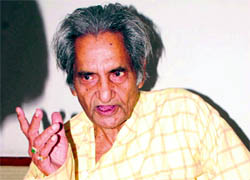
He wrote under the pen name “Neeraj” and made a name for himself by using Hindi in his lyrics as compared to most others who wrote in Hindustani/Urdu. However, Hindustani/Urdu was still the language of the ‘Hindi’ film industry and hence even Neeraj wrote in that language many of his songs.
There was an era when he was highly popular such as when he wrote Phoolon ke rang se for the 1970 movie Prem Pujari. But, after the death of those that he worked with such as SD Burman and Shankar Jaikishan, he gave up on writing lyrics.
Matching lyrics with Shakeel?
Well, his songs for the 1965 movie Nai Umr Ki Nai Fasal were very good indeed such as:
Dekahti hi raho aaj darpan na tum.
Karvaan guzr gaya gubaar dekhate rahe.
Swapan jhade phool se, meet chubhe shool se.
Isako bhi apnaata chal.
And of course, this one, that happens to be his masterpiece as far as lyrics are concerned.
This was sung by Mohammad Rafi and Asha Bhosle for Rajeev and Tanuja respectively, and composed by Roshan.
Please enjoy: Aaj ki raat badi shokh badi natkhat hai, aaj to tere bina neend nahin aayegi….
Rafi solo
aaj kii raat ba.Dii shokh ba.Dii naTakhaT hai
aaj to tere binaa nii.nd na aayegii
ab to tere hii yahaa.N aane kaa ye mausam hai
ab tabiiyat na Kayaalo.n se bahal paayegii
dekh vo chhat pe utar aayii hai saavan kii ghaTaa
de rahii dvaar pe aavaaz kha.Dii puravaaii
bijalii rah rah ke pahaa.D.n pe chamak uThatii hai
suunii aa.Nkho.n me.n koii Kvaab le jyo.n a.nga.Daaii
kaise samajhaa_uu.N?
kaise samajhaa_uu.N ki is vaqt kaa matalab kyaa hai
dil kii hai baat
ho dil kii hai baat na ho.nTho.n se kahii jaayegii
aaj to tere binaa nii.nd nahii.n aayegii …
ye bhaTakate hue jugunuu ye diye aavaaraa
bhiigate pe.Do.n pe bujh-bujh ke chamak uThate hai.n
tere aa.Nchal me.n Take salame.n sitaare jaise
mujh se milane ko binaa baat damak uThate hai.n
saaraa aalam
saaraa aalam hai giraftaar tere husn me.n jab
mujhase hii kaise
ho, mujhase hii kaise ye barasaat sahii jaayegii
aaj to tere binaa nii.nd nahii.n aayegii …
raat raanii kii ye bhiinii sii nashiilii khushabuu
aa rahii hai ke jo chhan chhan ke ghanii Daalo.n se
aisaa lagataa hai kisii DhiiTh jhakhore se lipaT
khel aayii hai tere ulajhe hue baalo.n se
aur bezaar
aur bezaar na kar, mere ta.Dapate dil ko
aisii ra.ngiin
ho, aisii ra.ngiin Gazal raat na phir gaayegii
aaj to tere binaa nii.nd nahii.n aayegii …
% Asha – Rafi Duet
aa: aaj kii raat ba.Dii shokh ba.Dii naTakhaT hai
aaj to tere binaa nii.nd nahii.n aayegii
ab to tere hii yahaa.N aane kaa ye mausam hai
ab tabiiyat na Kayaalo.n se bahal paayegii
haay paanii kii ye rimajhim ye khuledaar phuhaar
aise nas nas me.n terii chaah jagaa jaatii hai
jaise pi.njare me.n kisii qaid pa.De pa.nchhii ko
apanii aazaad u.Daano.n kii yaad aatii hai
ab to aa jaao
ab to aa jaao mere maa.Ng ke sinduur suhaag
saa.Ns terii hai
saa.Ns terii hai tere naam pe miT jaayegii
aaj to tere binaa nii.nd nahii.n aayegii …
aisii hii raat to vo thii ki terii nazaro.n ne
mujhe pahanaayaa thaa jab pyaar ke kapa.Do.n kaa libaas
aur us raat bhii aisii hii sharaabii thii fizaa
jab terii baaho.n me.n mahakii thii merii saa.Ns-o-adaa (?)
aur ab aisii
aur ab aisii javaa.N rut me.n akelii mai.n huu.N
aa jaa varanaa
aa jaa varanaa ye shamaa kaa.Np ke bujh jaayegii
aaj to tere binaa nii.nd nahii.n aayegii …
ra: par Thahar vo jo vahaa.N
par Thahar vo jo vahaa.N leTe hai.n fuT_paatho.n par
laash bhii jinake kafan tak na yahaa.N paatii hai
aur vo jho.npa.De chhat bhii na hai sar par jin ke
chhaate chhappar hii jahaa.N zi.ndagii so jaatii hai
pahale in sab ke liye
pahale in sab ke liye ek imaarat ga.Dh luu.N
phir terii maa.Ng
phir terii maa.Ng sitaaro.n se bharii jaayegii
aa: aaj to tere binaa nii.nd nahii.n aayegii …
Day #19 of 31
Song #55
Yesterday, I was giving you songs of 1961 movie Ganga Jamuna and I am sure that you would have wanted me to give you all the songs. “You gave only Nain lad jai hai, Dhoondo dhoondo re sajana, and Insaaf ki dagar pe”, you are bound to ask me, “What about, “Dagabaaz tori batiyan na maanu re, Tora man bada paapi sanwariya re, and Do hanso ka joda?”
Please remember that Shakeel wrote over 700 songs; 761 to be exact and at best in this tribute I can give you only about a hundred or so.
Anyway, it appears to me, that closer to the Birth Centenary, I shall have to increase the number of songs per day.
For the time being, I do not know how I am going to manage this, but, here is, a fourth song from the movie. After this, please, no more!
Naushad composed it in Raag Bhairavi, in Tal Hinch, which made a sad song with high tempo (something that Shankar Jaikishan excelled at).
Please enjoy: Do hanso ka joda bichhud gayo re….
do hanso ka joda bichhad gayo re
gajab bhayo rama, julam bhayo re
gajab bhayo rama, julam bhayo re
do hanso ka joda bichhad gayo re
gajab bhayo rama, julam bhayo re
mora sukh chain bhi, jivan bhi mora chhin liya
papi sansar ne sajan bhi mora chhin liya
piya bin tadape jiya, ratiya bitau kaise
biraha ki agani ko asvan se bujau kaise
jiya mora mushkil me pad gayo re
gajab bhayo rama, julam bhayo re
gajab bhayo rama, julam bhayo re
raat ki aas gayi, din ka sahara bhi gaya
mora suraj bhi gaya, mora sitara bhi gaya
prit kar ke kabhi pritam se na bichhade koyi
jaisi ujadi hu mai, aise bhi na ujade koyi
bana khel mora bigad gayo re
gajab bhayo rama, julam bhayo re
gajab bhayo rama, julam bhayo re
jite ji chhod ungi saiyya na dagariya tori
bit jayegi yuhi sari umariya mori
naino se hoti rahegi yuhi barsat balam
yaad me roti rahungi teri dinaraat balam
nagar more man ka ujad gayo re
gajab bhayo rama, julam bhayo re
gajab bhayo rama, julam bhayo re
do hanso ka joda bichhad gayo re
gajab bhayo rama, julam bhayo re
gajab bhayo rama, julam bhayo re
https://www.youtube.com/watch?v=qSbMdrP5xbI
Day #19 of 31
Song #56
Ladies and gentlemen,
This is really too much: thinking about you, I am unable to progress as planned and end up giving more songs than I have planned to give!
Anyway, after five years of making the 1957 movie Mother India, in 1962, Mehboob Khan made a sequel to it called Son of India. He took relatively lesser known stars Kamaljith, Simi Garewal, Jayant and Kumkum in the lead roles. However, as far as the songs were concerned he retained the team of Shakeel Badayuni and Naushad.
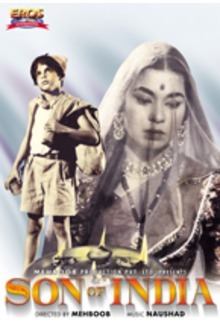
The movie had nine songs in all. All gems as follows:
1. “Aaj Chhedo Mohabbat Ki” Lata Mangeshkar
2. “Aaj Ki Taaza Khabar” Shanti Mathur
4. “Dil Todne Wale” Lata Mangeshkar, Mohammed Rafi
5. “Diya Na Bujhe Ri Aaj” Lata Mangeshkar, Chorus
6. “Insan Tha Pehle Bandar” Shanti Mathur
7. “Mujhe Huzoor Tum Se” Geeta Dutt
8. “Nanha Munna Rahi Hoon” Shanti Mathur, Chorus
9. “Zindagi Aaj Mere Naam” Mohammed Rafi
So far we have seen that Shakeel wrote the best songs on beauty of a beloved: Chaudhvin ka Chand and Husn waale tera jawaab nahin; he wrote the best patriotic song: Insaaf ki dagar pe bachcho dikhaayo chal ke; he wrote the best folk songs as in, for example, Baiju Bawra and Gunga Jamuna. Now, it is time to see his best children’s song (even better than Dadi amma dadi amma maan jaayo).
This song was sung by Shanti Mathur and chorus and picturised on Master Sajid, the adopted son of Mehboob Khan, the director of the movie (if you recall, he starred in Mother India too).
Please enjoy: Nanha munha raahi hoon, desh ka sipaahi hoon….
nanhaa munnaa raahii huu.N, desh kaa sipaahii huu.N
bolo mere sa.ng, jay hi.nd, jay hi.nd, jay hi.nd …
raste pe chaluu.ngaa na Dar-Dar ke
chaahe mujhe jiinaa pa.De mar-mar ke
ma.nzil se pahale naa luu.ngaa kahii.n dam
aage hii aage ba.Dhaau.ngaa kadam
daahine baae.n daahine baae.n, tham! nanhaa …
dhuup me.n pasiinaa bahaau.ngaa jahaa.N
hare-bhare khet laharaae.nge vahaa.N
dharatii pe faake na paae.nge janam
aage hii aage …
nayaa hai zamaanaa merii na_ii hai Dagar
desh ko banaau.ngaa mashiino.n kaa nagar
bhaarat kisii se na rahegaa kam
aage hii aage …
ba.Daa ho ke desh kaa sitaaraa banuu.ngaa
duniyaa kii aa.Nkho.n kaa taaraa banuu.ngaa
rakhuu.Ngaa uu.nchaa tira.ngaa haradam
aage hii aage …
shaa.nti ki nagarii hai meraa ye vatan
sabako sikhaauu.ngaa pyaar kaa chalan
duniyaa me.n girane na duu.ngaa kahii.n bam
aage hii aage …
https://www.youtube.com/watch?v=rszFSH6z4Us
Day #19 of 31
Song #57
Last year I was the Chief Guest at a Christian run school in Vashi. And guess what, 53 years after Nanha munha raahi hoon was first sung, it is still popular in schools, irrespective of language, creed, religion and region.
To end today, I give you this vintage Shakeel song from the same movie; this is so typical of him: sorrow, ruefulness, irony all rolled in one.
This was composed by Naushad in Raag Jaijaivanti, a raag originally composed by the ninth guru of the Sikhs: Guru Teg Bahadur (the gurus, like all gurus in India, who were absobed in intellectualism (that’s how Bharat got its name: Bha: Intellect and Rat: Absorbed in) but upon whom war was imposed by the mughals and hence they had to become ‘Bahadur’ and finally ‘Singh’).
This was sung by Mohammad Rafi.
Please enjoy: Zindagi aaj mere naam se sharmaati hai….
zindagii aaj mere naam se sharamaatii hai
apane haalaat pe mujhe khud hii ha.Nsii aatii hai
zindagii aaj mere …
ek Gam chain se jiine nahii.n detaa mujhako -2
ek ulajhan hai jo aksar mujhe ta.Dapaatii hai
zindagii aaj mere …
is tarah chho.D ke nikalaa huu.N mai.n apanii ma.nzil
jaise hasarat ko_ii siine se nikal jaatii hai
zindagii aaj mere …
raah chalate hu_e kuchh soch ke ruk jaataa huu.N -2
har qadam par ko_ii bhuulii hu_ii yaad aatii hai
zindagii aaj mere …
Appreciating Good Lyrics
Song #19
As you are aware, I started these posts more than two weeks ago to bring home the point that whilst we genuinely love everything that Shakeel wrote, many other contemporary poets and lyricists were also good and popular.
It is, therefore, worth recalling their lyrics too in addition to Shakeel’s. It was the era of good lyrics.
Today we take up our 19th Lyricist Bharat Vyas‘s creation.Today (22 Jul) also happens to be the Birth Anniversary of the singer Mukesh Chand Mathur and as luck would have it, and I haven’t planned it (I am a great liar!), Bharat Vyas’s most iconic song also happens to be one of the best sung by Mukesh. In my boyhood days I used to listen to it in my dad’s parties and I used to imagine the scene as depicted in the beautiful lyrics penned by Bharat Vyas.
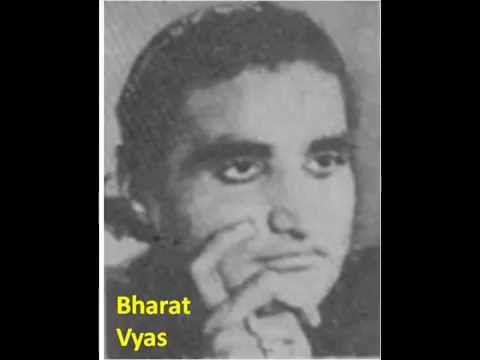
Bharat Vyas was born on 18th Dec 1923 in a small town of Churu in Bikaner district of Rajasthan. He graduated in commerce stream in Calcutta and then shifted to Bombay. The first movie for which he penned songs was the 1943 movie Duhaai. Duhaai had the following songs:
1. Aao Sajan Aao Sajan
Shanta Apte, Prakash Rafiq Ghaznavi, Pannalal Ghosh, Shanti Kumar Bharat Vyas
2. Ab Hovega Byah Tumhara Ho
Rafiq Ghaznavi, Pannalal Ghosh, Shanti Kumar Bharat Vyas
3. Ab Mast Jawani Aayi
Noor Jehan Rafiq Ghaznavi, Pannalal Ghosh, Shanti
Kumar Bharat Vyas
4.Bade Bewafa Hai Mard In Pe Bhul Hai Marna
Noor Jehan Rafiq Ghaznavi, Pannalal Ghosh, Shanti Kumar Bharat Vyas
5.Kyu Shor Kar Rahe Ho
Shanta Apte Rafiq Ghaznavi, Pannalal Ghosh, Shanti Kumar Bharat Vyas
6. Maan Gayi Mai
Shanta Apte, Rafiq Ghaznavi Rafiq Ghaznavi, Pannalal Ghosh, Shanti Kumar Bharat Vyas
7. Mai Piya Se Milne Ko Jaa Rahi Hu
Shanta Apte Rafiq Ghaznavi, Pannalal Ghosh, Shanti Kumar Bharat Vyas
8. Mat Chhedo Hame Girdhari
Rafiq Ghaznavi, Pannalal Ghosh, Shanti Kumar Bharat Vyas
9. Mohe Neend Na Aaye
Shanta Apte, Rafiq Ghaznavi Rafiq Ghaznavi, Pannalal Ghosh, Shanti Kumar Bharat Vyas
The 1961 movie Saranga, a Dhirubhai Desai movie, starred Jayshree Gadkar in the title role with Sudesh Kumar. It had two excellent songs of Mukesh. Have a look at the list:
1 Haan Diwana Hoon Mukesh 04:04
2 Saranga Teri Yaad Mein (Mukesh) Mukesh 05:06
3 Saranga Teri Yaad Mein (Rafi) Mohammad Rafi 01:05
4 Piya Kaise Miloon Mohammad Rafi, Lata Mangeshkar 05:41
5 Likh De Piya Ka Naam Suman Kalyanpur 04:06
6 Aa Aaja Mere Saathi Mohammad Rafi, Asha Bhosle 02:29
7 Koi Ghar Aayega Lata Mangeshkar, Chorus 03:28
8 Lagi Tumse Lagan Mukesh, Lata Mangeshkar 03:42
9 Na Ja Mere Saath Mohammad Rafi, Chorus 03:46
10 Daiya Re Daiya Ek Lata Mangeshkar, Chorus 03:40
11 Chali Re Chali Main Asha Bhosle 04:49
12 Haan Diwana (Revival) Mukesh 04:24
13 Saranga Teri (Revival) Mukesh 05:11
All the songs were composed by Sardar Malik.
Please enjoy the iconic song of both Bharat Vyas and Mukesh: Saranga teri yaad mein…..
saara.ngaa terI yaad me.n nain hue bechain
madhur tumhaare milan binaa
din kaTate nahii.n rain, ho~
saara.ngaa terI yaad me.n …
vo ambuvaa kA jhuulanaa, vo pIpal kii chhaa.Nv
ghuu.NghaT me.n jab chaa.Nd thA, meha.ndii lagI thI paa.nv
ho, (aaj uja.Dake rah gayaa – 2)
vo sapano.n kA gaa.Nv, ho …
saara.ngaa terI yaad me.n …
sa.ng tumhaare do gha.Dii, bIt gaye jo pal
jal bharake mere nain me.n, aaj hue ojhal
ho, (sukh leke duHkh de gayii.n -2)
do akhiyA.N cha.nchal, ho …
saara.ngaa terI yaad me.n …
Day #20 of 31
Song #58
We are going to go off track a bit today (22 Jul) only because it happens to be the Birth Anniversary of the legendary singer Mukesh and I would like to give you Shakeel’s songs sung by Mukesh.
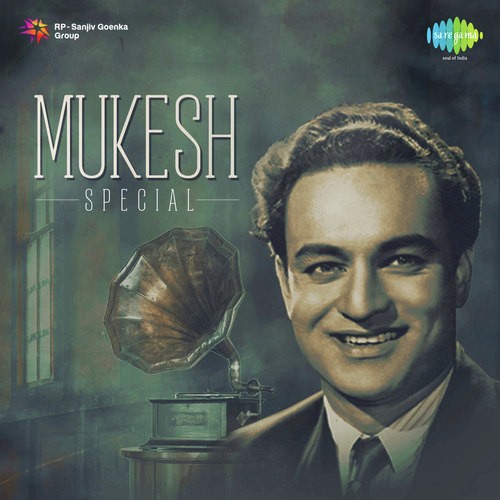
In one of the earliest movies of Shakeel, indeed in his second movie after the 1947 movie Dard in which all songs were sung by females only, the 1948 movie Anokhi Ada, that is, I had mentioned that Mohammad Rafi hadn’t yet started singing Shakeel’s songs. I had given you a Mukesh song from the movie: Kabhi dil se dil takraata to hoga.
Here is a second Mukesh song from the movie. The uniqueness of this song is that both Shakeel and Mukesh excelled in depicting gham (sorrows) in their songs and yet here is a happy song for both of them!
It has been composed by Naushad.
Please enjoy: Manzil ki dhun mein jhumate gaate chale chalo…
ma.nzil kii dhun me jhuumate gaate chale chalo – 2
bichha.De hue dilo.n ko milaate chalo chalo
haa.N milaate chalo chalo
(do din kii zi.ndagii me.n ko_ii kyuu.N uThaaye Gam
ko_ii kyuu.N uThaaye Gam) – 2
naGme.n Kushii ke sab ko sunaate chale chalo – 2
bichha.De …
(insaaniyat to pyaar mohabbat kaa naam hai
mohabbat kaa naam hai) – 2
insaaniyat kii shaan ba.Dhaate chalo chalo
bichha.De hue …
(aazaad zi.ndagii hai to barbaad kyuu.N rahe
barbaad kyuu.N rahe) – 2
barbaadiyo.n se dil ko bachaate chale chalo – 2
bichha.De hue …
ma.nzil …
Day #20 of 31
Song #59
Now, I am jumping several years to give you a Mukesh song of Shakeel Badayuni. It is from one of the last movies of Shakeel: the 1967 movie Wahan Ke Log.
The title is the same as the Awara song sung by Mukesh on the lyrics of Hasrat Jaipuri and music of Shankar Jaikishan.
This one is not picturised on Raj Kapoor but on Pradeep Kumar, who acted in the movie opposite Tanuja.
It is rare for Shakeel Badayuni to have his lyrics composed by C Ramchandra. However, this one was.
Please enjoy: Ham tujhase mohabbat karke sanam duniya ka fasaana bhool gaye….
hum tujhse mohabbat ka rke sanam
dunia ka fasana bhul gaye
hum tujhse mohabbat kar ke sanam
dunia ka fasana bhul gaye
aankho se teri ek jam piya
aankho se teri ek jam piya
phir hosh me aana bhul gaye
hum tujhse mohabbat kar ke sanam
jab dekh li teri mast najar
jab dekh li teri mast najar
maykhane ka rashta chhod diya
julfo pe teri jab aankh padi
sawan ka jamana bhul gaye
aankho se teri ek jam piya
aankho se teri ek jam piya
phir hosh me aana bhul gaye
hum tujhse mohabbat kar ke sanam
aye husn teri ulfat ne hame
aye husn teri ulfat ne hame
pahucha diya aisi manjil pe
kadmo me tere ek sajda kiya
phir sar ko uthana bhul gaye
aankho se teri ek jam piya
aankho se teri ek jam piya
phir hosh me aana bhul gaye
hum tujhse mohabbat ka rke sanam
Day #20 of 31
Song #60
The 1969 movie Beti was the last movie whose songs were penned by Shakeel Badayuni. It had a Mukesh number: Ye kya kiya re duniyawaale.
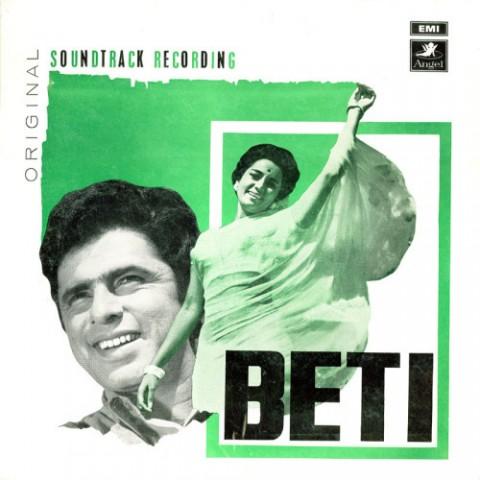
Once again, rare for Shakeel Badayuni, that the songs of the movie were composed by Sonik Omi (the uncle nephew team; of which Omi we lost recently).
Here is a complete list of songs from the movie:
2. Hasin Zulfo Ka Rang De Do Mohammed Rafi
3. Shyam Dhun Lagi Hari Nam Dhun Lagi Lata Mangeshkar
4. Lehnga Manga De Mere Babu Asha Bhosle, Lata Mangeshkar
5. Yeh Kya Kiya Re Duniyawale Mukesh
6. Ek Mithi Nazar Phul Barsa Gayi Mohammed Rafi, Asha Bhosle
Please enjoy: Yeh kya kiya re duniyawale…..
yeh kya kiya re duniyawale
jaha ke ghum tune sabhi mujhko de dale
yeh kya kiya re duniyawale
jaha ke ghum tune sabhi mujhko de dale
yeh kya kiya re duniyawale
o re bedardi o harajayi, dekh li maine teri kudayi
o re bedardi o harajayi, dekh li maine teri kudayi
pehle hi meraa dil ghayal tha
aur bhi uss par chot lagayi
tune rulake mujhe dar dar phira ke mujhe
kab ke yeh araman nikale
yeh kya kiya re duniyawale
jaha ke ghum tune sabhi mujhko de dale
yeh kya kiya re duniyawale
subah kaa suraj rat ke tare, ban gaye sab ke sab angare
subah kaa suraj rat ke tare, ban gaye sab ke sab angare
aas ke bandhan tod ke tune
chhin liye sabhi sang sahare
mere lahu ki kasam aur bhi kar le sitam
aag too dil ki bujhale
yeh kya kiya re duniyawale
jaha ke ghum tune sabhi mujhko de dale
yeh kya kiya re duniyawale
jaha ke ghum tune sabhi mujhko de dale
yeh kya kiya re duniyawale
https://www.youtube.com/watch?v=AFUCWGqpNtY
Appreciating Good Lyrics
Song #20
As you are aware, I started these posts more than two weeks ago to bring home the point that whilst we genuinely love everything that Shakeel wrote, many other contemporary poets and lyricists were also good and popular.
It is, therefore, worth recalling their lyrics too in addition to Shakeel’s. It was the era of good lyrics.
Today we take up pur 20th Lyricist Gulzar‘s creation.Gulzar is the DN Madhok and Kidar Sharma of the modern day. He is a lyricist, director, producer, story and screen play and dialogue writer and of course a poet of eminence.
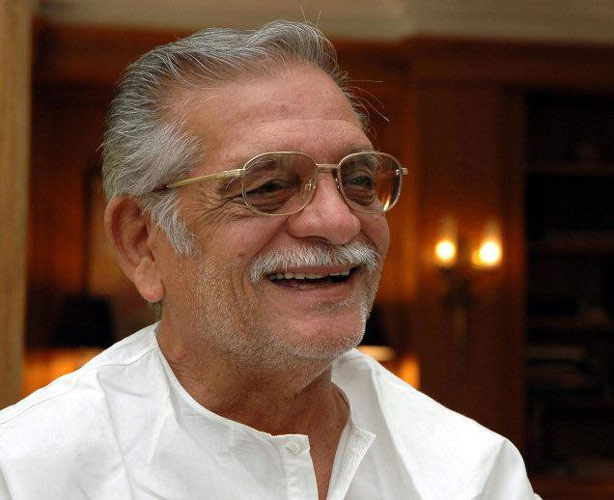
He was born as Sampooran Singh Kalra in Jhelum district (now in Pakistan) on 18th Aug 1934.
He made a mark in the Hindi movies with his very first song in Bimal Roy’s Bandini for the music director SD Burman: Mera gora rang lai le, mujhe shyam rang dai de.
He has received the Best Lyricist Flimfare Award for a record 11 times and in 2013 he received the highest award: the Dadasaheb Phalke award.
He is married to the actress Rakhee and they have a daughter Meghna.
He has dozens or even hundreds of songs with matching lyrics to Shakeel Badayuni even though he was born a good 18 years after Shakeel.
His songs of the 1969 Hemant Kumar production Khamoshi are my favourite since these have Hemant da’s composition and also one of them have his voice.
Here is the list:
01. Tum pukar lo.. tumhaara intezaar hai: Hemant Kumar
02. Woh Shaam Kuch ajeeb thi.. yeh shaam bhi ajeeb hai : Kishore Kumar
03. Humne dekhee hai un aankhon ki mehekti khushboo: Lata Mangeshkar
04. Aaj Ki Raat Charagon- Aarti Mukherjee
05. Dost Kahan Koi Tumsa: Manna Dey
Please enjoy: Tum pukaar lo, tumhaara intzaar hai….
tum pukaar lo, tumhaaraa intazaar hai,
tum pukaar lo
Kvaab chun rahii hai raat, beqaraar hai
tumhaaraa intazaar hai, tum pukaar lo
ho.nTh pe liye hue dil kii baat ham
jaagate rahe.nge aur kitanii raat ham
muqtasar sii baat hai tum se pyaar hai
tumhaaraa intazaar hai, tum pukaar lo
dil bahal to jaayegaa is Kayaal se
haal mil gayaa tumhaaraa apane haal se
raat ye qaraar kii beqaraar hai
tumhaaraa intazaar hai, tum pukaar lo
https://www.youtube.com/watch?v=Iiobymr_yq4
Day #21 of 31
Song #61
This is a post of 23 July since I was away to Nagpur.
In the chronological order, starting from his 1947 movie Dard, we had reached the 1962 Mehboob Khan movie Son of India. Until then, Shakeel had done 19 movies with Naushad, 08 with Ghulam Mohammad, one each with Khursheed Anwar and Sardar Malik, and three with Ravi that got him two Filmfare Best Lyricist awards.
And now another great composer entered his life and got him another Best Lyricist award, his last. The music director was my favourite: Hemant Kumar and the name of the movie was Sahib Bibi Aur Ghulam.
This 1962 movie was produced by Guru Dutt (Best Movie) and directed by his favourite story-writer Abrar Alvi (he received Best Direction Filmfare Award) It was based on Bimal Mitra’s Bengali story Sahib Bibi Gholam and starred Meena Kumari (who received Bset Actress award for the movie), Rehman, Guru Dutt and Waheeda Rehman.
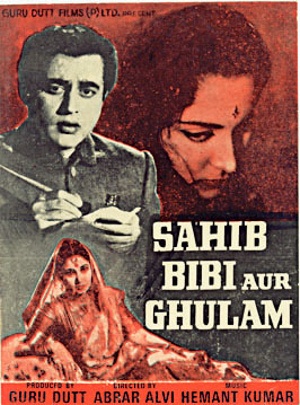
Fifty-four years later, the songs of the movie are as fresh as when they were first sung. Here is the list:
1.”Sakiya Aaj Mujhe Neend Nahin Aayegi” Asha Bhosle Minoo Mumtaz
2. “Meri Jaan O Meri Jaan” Asha Bhosle Bimla Kumari, Rehman
3. “Piya Aiso Jiya Mein Samaaye Gayo Re” Geeta Dutt Meena Kumari
4. “Na Jao Saiyan Chhudaake Baiyan” Geeta Dutt Meena Kumari, Rehman
5. “Koi Door Se Aawaaz De Chale Aao” Geeta Dutt Meena Kumari, Guru Dutt
6. “Bhanwara Bada Naadaan” Asha Bhosle Guru Dutt, Waheeda Rehman
7. “Meri Baat Rahi Mere Man Mein” Asha Bhosle Waheeda Rehman
8. “Sahil ki Taraf Kashti Le Chal” Hemant Kumar Meena Kumari, Guru Dutt.
You will agree with me that each one is a veritable gem.
Lets start with Saakiya aaj mujhe neend nahin aayegi, the song that depicts the feudalism of West Bengal and the done thing by the Choudharies to visit the courtesans neglecting their wives.
The song has been sung by Asha Bhosle and picturised on Minoo Mumtaz.
Please enjoy: Saaqiya aaj mujhe neend nahin aayegi……
aa : saaqiyaa -2
saaqiyaa aaj mujhe nii.nd nahii.n aayegii
nii.nd nahii.n aayegii
saaqiyaa aaj mujhe nii.nd nahii.n aayegii
sunaa hai terii mahafil me.n ratajagaa hai
aa.Nkho.n-aa.Nkho.n me.n yuu.N hii raat guzar jaayegii
sunaa hai terii mahafil me.n ratajagaa hai
ko : saaqiyaa aaj mujhe nii.nd nahii.n aayegii
sunaa hai terii mahafil me.n ratajagaa hai
aa.Nkho.n-aa.Nkho.n me.n yuu.N hii raat guzar jaayegii
sunaa hai terii mahafil me.n ratajagaa hai -2
aa : aa
saaqii hai aur shaam bhii
ulfat kaa jaam bhii
ho
taqadiir hai usii kii
jo le inase kaam bhii
ra.ng-e-mahafil hai raat bhar ke liye
ko : ra.ng-e-mahafil hai raat bhar ke liye
aa : sochanaa kyaa abhii sahar ke liye
ko : sochanaa kyaa abhii sahar ke liye
aa : ra.ng-e-mahafil hai raat bhar ke liye
sochanaa kyaa abhii sahar ke liye
teraa jalawaa ho terii suurat ho
aur kyaa chaahiye nazar ke liye -2
aaj suurat terii beparadaa nazar aayegii
ko : sunaa hai terii mahafil me.n ratajagaa hai
saaqiyaa aaj mujhe nii.nd nahii.n aayegii
sunaa hai terii mahafil me.n ratajagaa hai -2
aa : aa
mohabbat me.n jo miT jaataa hai
wo kuchh kah nahii.n sakataa
haa.N
ye wo kuuchaa hai jisame.n
dil salaamat rah nahii.n sakataa
kisakii duniyaa yahaa.N tabaah nahii.n
ko : kisakii duniyaa yahaa.N tabaah nahii.n
aa : kaun hai jisake lab pe aah nahii.n
ko : kaun hai jisake lab pe aah nahii.n
aa : kisakii duniyaa yahaa.N tabaah nahii.n
kaun hai jisake lab pe aah nahii.n
husn par dil zaruur aayegaa
isase bachane kii ko_ii raah nahii.n -2
zindagii aaj nazar milate hii luT jaayegii
ko : sunaa hai terii mahafil me.n ratajagaa hai
aa : o o o
ko : saaqiyaa aaj mujhe nii.nd nahii.n aayegii
aa : aa aa aa
ko : aa.Nkho.n-aa.Nkho.n me.n yuu.N hii raat guzar jaayegii
sunaa hai terii mahafil me.n ratajagaa hai -2
Day #21 of 31
Song #62
I hope you liked the last song that Hemant Kumar had composed on the lyrics of Shakeel, in Raag Bhairavi, Tal Kaherava.
Sahib Bibi Aur Ghulam’s songs are amongst the best of Shakeel and the only reason that he didn’t get his third consecutive Filmfare Award for the songs of this movie was that he got the Best Lyricist award for Kahin deep jale kahin dil of Bees Saal Baad, his next movie.
The next song is a sad song in the context of the movie. Meena Kumari dresses up for her husband Rehman, only to be told that he is going to spend the evening with the courtesan.
This has been sung by Geeta Dutt.
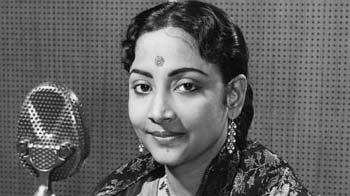
Please enjoy: Piya aiso jiya mein samayi gayo re….
(piyaa aiso jiyaa me.n samaay gayo re
ki mai.n tan man kii sudh budh gavaa.N baiThii ) – 2
har aahaT pe samajhii vo aay gayo re
jhaT ghuu.NghaT me.n mukha.Daa chhupaa baiThii
piyaa aiso jiyaa me.n samaay gayo re …
(more a.nganaa me.n jab puravayyaa chalii
more dvaare kii khul gaI kivaa.Diyaa.n ) – 2
o daiyaa! dvaare kii khul gaI kivaa.Diyaa.n
maine jaanaa ki aa gaye saa.nvariyaa more – 2
jhaT phuulan kii sejiyaa pe jaa baiThii
piyaa aiso jiyaa me.n samaay gayo re …
(maine si.nduur se maa.Ng apanii bharii
ruup saiyaa.N ke kaaraN sajaayaa ) – 2
o maine saiyaa.N ke kaaraN sajaayaa
is dar se kisii kii nazar na lage – 2
jhaT nainan me.n kajaraa lagaa baiThii
piyaa aiso jiyaa me.n samaay gayo re …
Day #21 of 31
Song #63
This is the last post of 23 July which I couldn’t post since I was away to Nagpur.
I have given you two songs from the 1962 Guru Dutt production Sahib Bibi Aur Ghulam which has music by Hemant Kumar on Shakeel Badayuni’s lyrics.
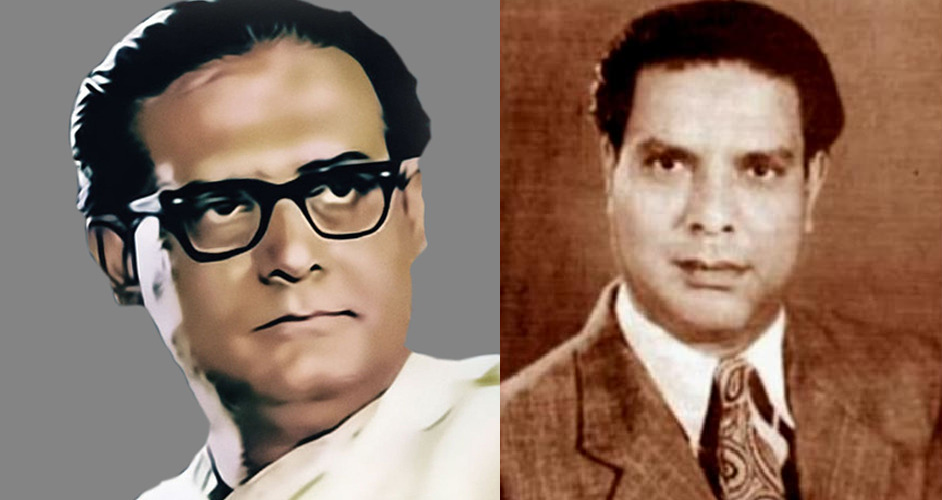
The third song is the song about Meena Kumari‘s attempt to keep her husband Rehman at home since he would have otherwise gone to the courtesan. She even takes to drinking so as to convey to him that she was ready to do what a courtesan would do for him. In that context, it is another poignant song; if not the most poignant song in the movie. I am sure her acting in the song would have played a large role in getting her the Filmfare Best Actress award of that year.
This too was sung by Geeta Dutt for Meena Kumari and composed by Hemant da in Raag Pilu, Tal Kaherava.
Please enjoy: Na jaayo sainyan chhuda ke bainya….
na jaao sai.nyaa chhu.Daa ke bai.nyaa
qasam tumhaari mai.n ro pa.Duu.Ngii, ro pa.Duu.Ngii
machal rahaa hai suhaag meraa
jo tum na ho to, mai.n kyaa karuu.Ngii, kyaa karuu.Ngii
ye bikharii zulfe.n ye ghulataa kajaraa
ye mahakii chunarii ye man kii madiraa
ye sab tumhaare liye hai priitam
mai.n aaj tum ko na jaane duu.Ngii, jaane na duu.Ngi
mai.n tumharii daasii janam kii pyaasii
tumhi.n ho meraa {shh}R^i.ngaar priitam
tumhaarii raste kii dhuul le kar
mai.n maa.Ng apanii sadaa bharuu.Ngii, sadaa bharuu.Ngii
jo mujh se akhiyaa.N churaa rahe ho
to merii itanii araj bhii sun lo
piyaa ye merii araj bhii sun lo
tumhaarii qadamo.n me.n aa gayii huu.N
yahii.n jiyuu.Ngii yahii.n maruu.Ngii, yahii.n maruu.Ngii
Appreciating Good Lyrics
Song #21
As you are aware, I started these posts more than two weeks ago to bring home the point that whilst we genuinely love everything that Shakeel wrote, many other contemporary poets and lyricists were also good and popular.
It is, therefore, worth recalling their lyrics too in addition to Shakeel’s. It was the era of good lyrics.
So far, we have taken up in the last twenty days:
1. Shailendra with his Kuchh aur zamaana kehta hai.
2. Rajinder Krishan with his Mujhase mat poochh mere ishq mein.
3. Kaifi Azmi with his Jaane kyaa dhoondati rehati hain ye aankhen mujh mein.
4. Sahir Ludhianvi with Aurat ne janam diya mardon ko.
5. Majrooh Sultanpuri with Teri aankhon ke siwa duniya mein rakha kyaa hai.
6. Jaan Nisar Akhtar with his Mujhape ilzaam-e-bewafai hai.
7. Hasrat Jaipuri with his Aansu bhari hain ye jeevan ki raahen.
8. Qamar Jalalabadi with his Ai meri zindagi tujhe dhoondun kahan.
9. Raja Mehdi Ali Khan with Mera sundar sapna beet gaya.
10. Indeevar with Bade armaano se rakha hai balam teri kasam.
11. DN Madhok with Man ka taar hila ja
12. Kidar Sharma with Teri duniya mein dil lagta nahin waapas bula le.
13. Kavi Pradeep with Insaan ka insaan se ho bhaichara.
14. Pt. Indra Chandra with Baag laga doon sajani.
15. Anjaan with Tumhen zindagi ke ujaale mubarak.
16. Anand Bakshi with Chand si mehbooba ho meri kab.
17. Prem Dhawan with Seene mein sulagate hain armaan.
18. Neeraj with Aaj ki raat badi shokh badi natkhat hai.
19. Bharat Vyas with Saranga teri yaad mein.
20 Gulzar with his Tum pukaar lo, tumhaara intezaar hai.
Today we take up our 21st lyricist: Pt. Narendra Sharma‘s creation.
Pandit Narendra Sharma was born on 28th Feb 1913 in Jahangirpur near Khurja (now in Gautam Buddha Nagar district) Uttar Pradesh. He did his undergraduate program and M.A in English Literature at Allahabad University. “Lata Mangeshkar the legendary singer use to call him as father while she was called as daughter. In a documentary on Lata Mangeshkar produced and directed by Nasreen Munni Kabir for Britain’s Channel 4 the legendary singer has confessed that she learnt a lot from pandithji and could negotiate many difficulties of life based on his advice”.
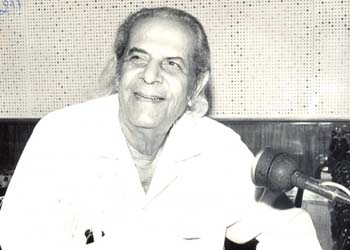
He achieved considerable fame for writing the title song of 1979 Raj Kapoor movie Satyam Shivam Sundaram. The song was nominated for Filmfare Best Lyricist Award.
For the matching lyrics to Shakeel’s, we are going to take up a song from his 1952 movie Aandhiayan.
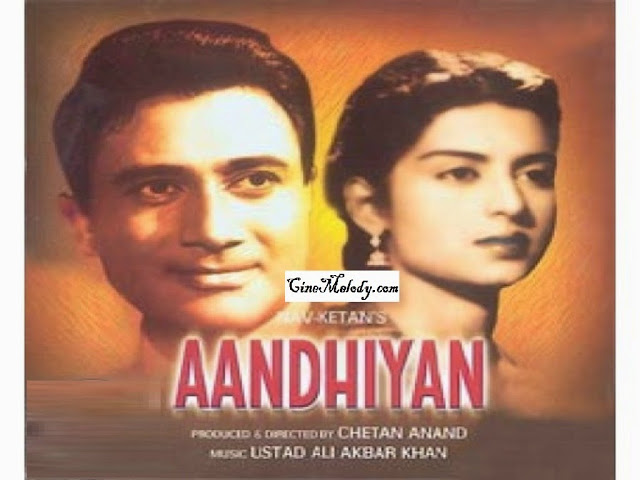
The movie was written and directed by Chetan Anand. The movie was based on actual incidents in Amritsar. The movie starred Dev Anand, Nimmi and Kalpana Kartik. The music was composed by Ali Akbar Khan with Jaidev assisting him.
Following is a list of the songs:
1. “Woh Chand Nahin Hai Dil Hai” Hemant Kumar, Asha Bhosle 3:19
2. “Dil Ka Khazana Khol Diya” Asha Bhosle 3:10
3. “Hai Kahin Par Shaadmani” Lata Mangeshkar 03:11
4. “Main Mubarakbaad Dene Aai Hoon” Surinder Kaur 03:10
Lets take up the one sung by Hemant Kumar and Asha Bhosle: Woh chand nahin hai, dil hai kisi deewaane ka….
he: vo chaa.Nd
vo chaa.Nd nahii.n hai
dil hai kisii diivaane kaa
(aakash jise kahatii duniyaa) – 2
vo naam hai ik viiraane kaa …
(diivaane ke dil kii hii tarah) – 2
vo raato.n jalataa rahataa hai
is nii.nd kii maaTii nagarii me
vo kuchh na kisii se kahataa hai
(hai us me shamaa kii bechainii) – 2
aur pyaar bhii hai paravaane kaa …
he: jab se pahaluu se gayaa hai dil
kisii pahaluu nii.nd nahii.n aatii
aa: (jo suurat dil men samayii hai) -2
(vo suurat dil se nahii.n jaatii ) -2
aao aa.Nchal patalaa jaa_o
kyaa raat hai dil me samaane kaa
kyaa raat
https://www.youtube.com/watch?v=9dzvG6XF5gw
With that we come to the end of the third week of Countdown to the Birth Centenary of Shakeel Badayuni.
Please await the Part IV with the fourth week of the Countdown.


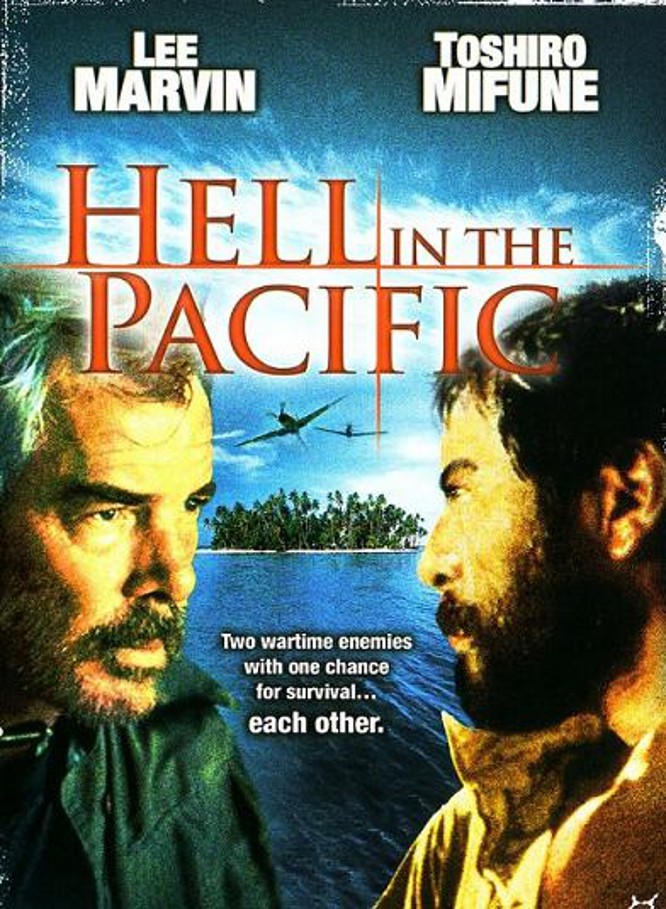

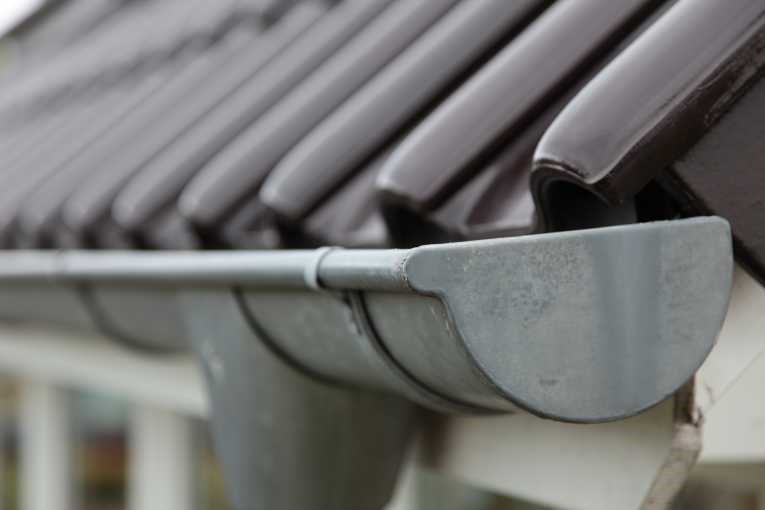
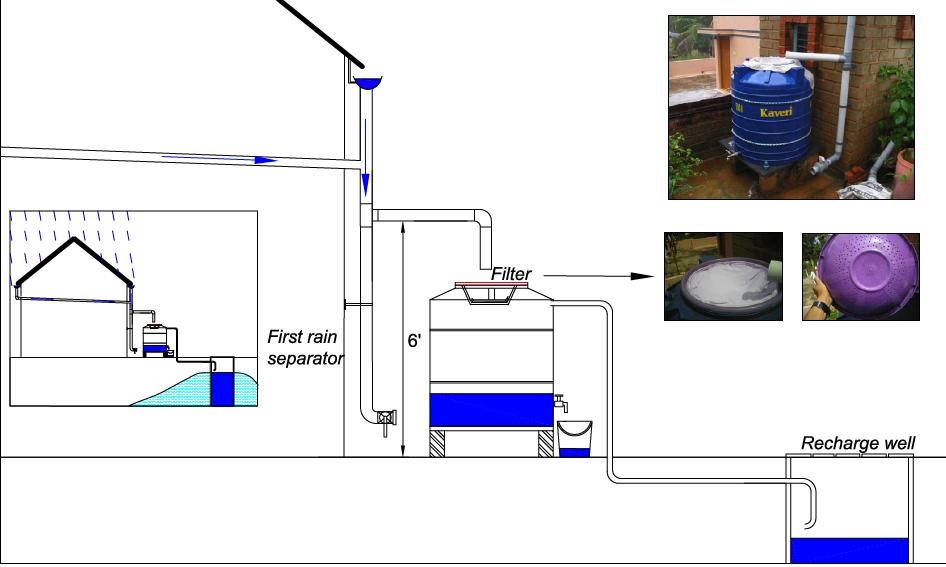
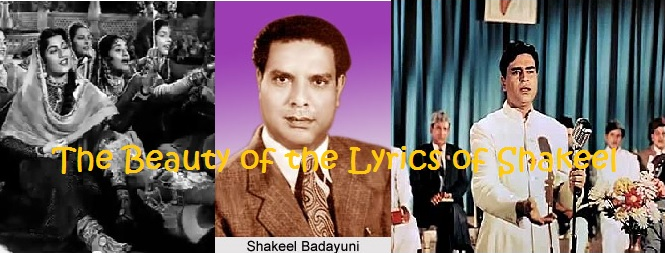
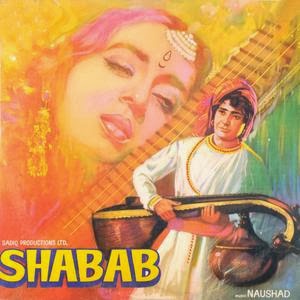
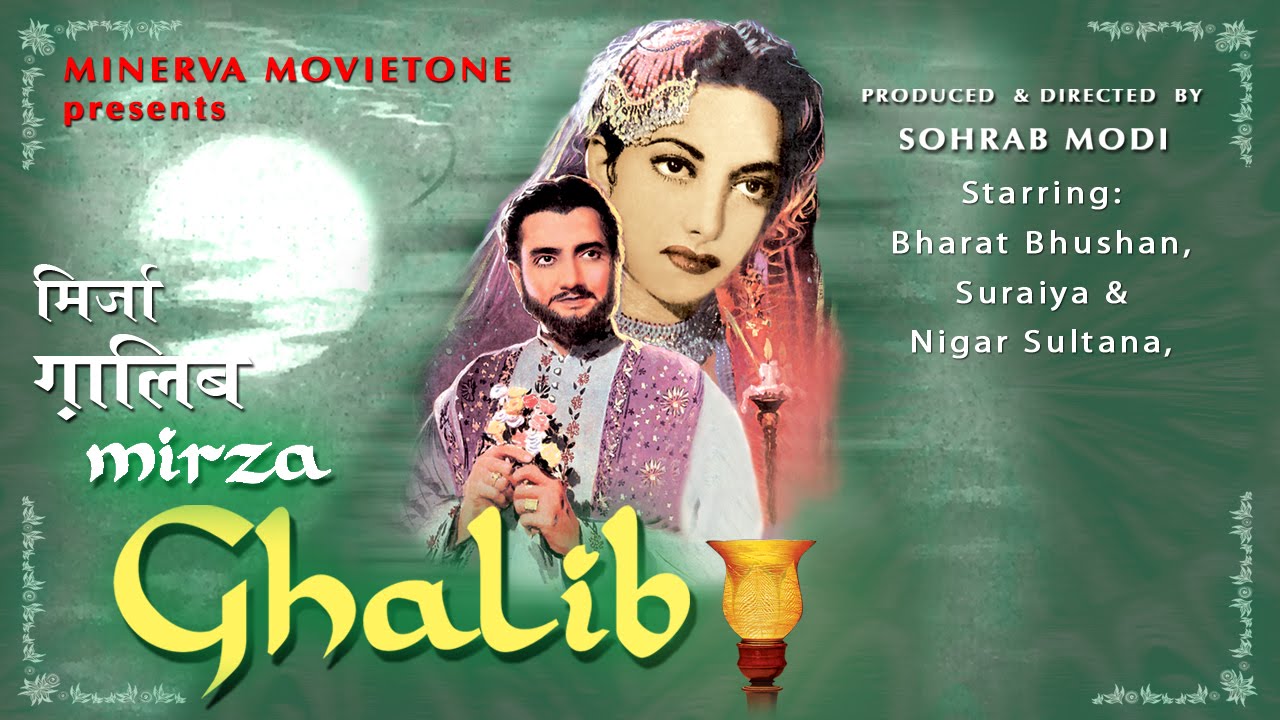
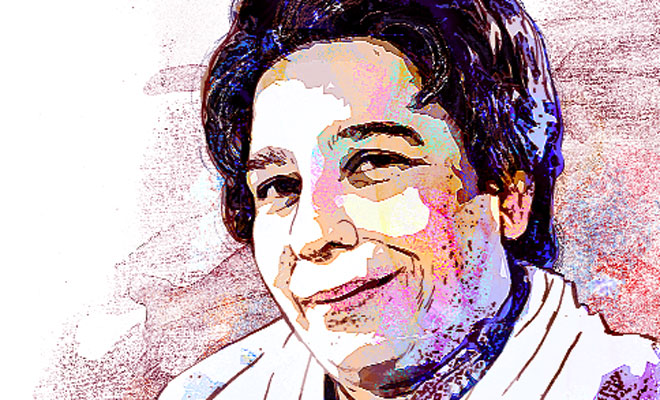
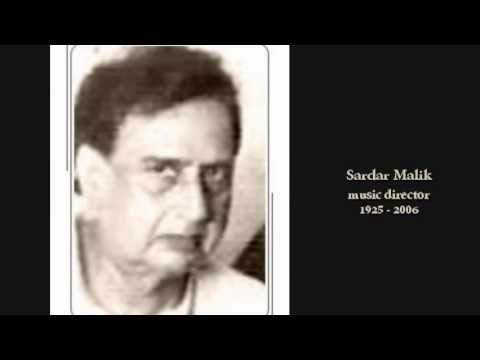
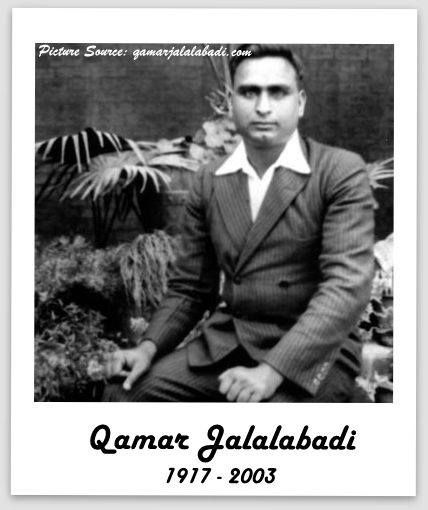
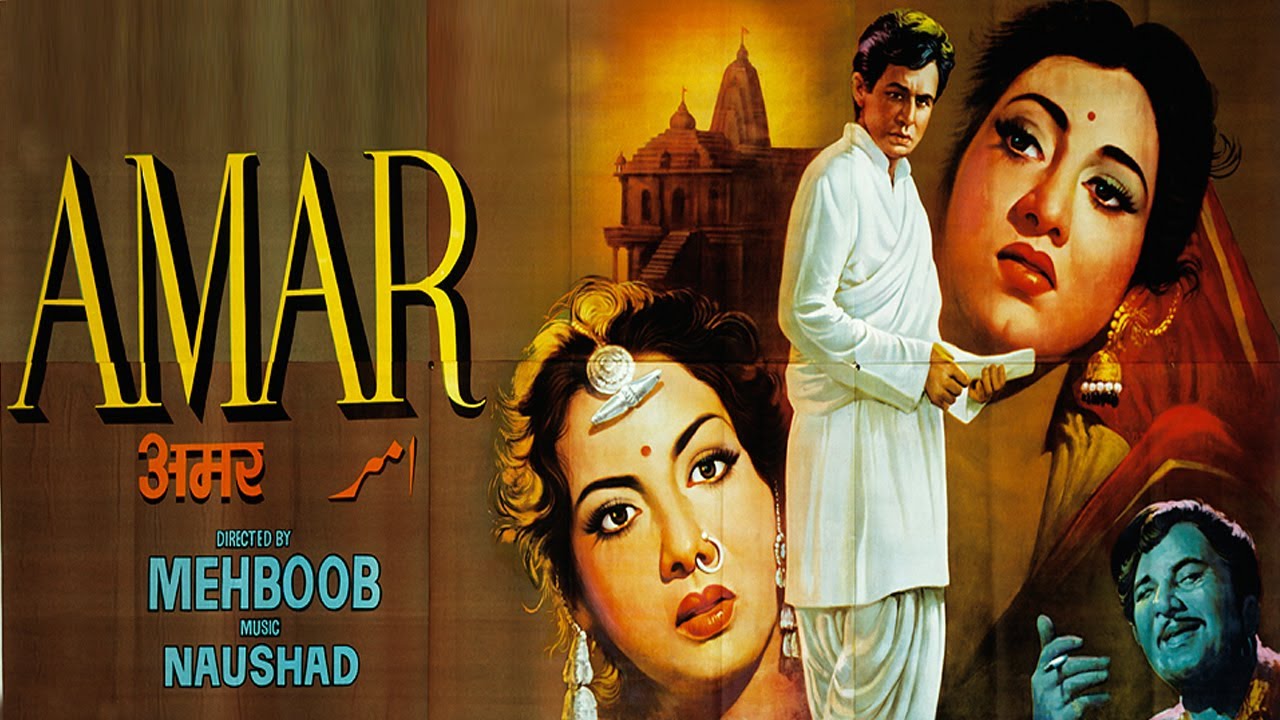
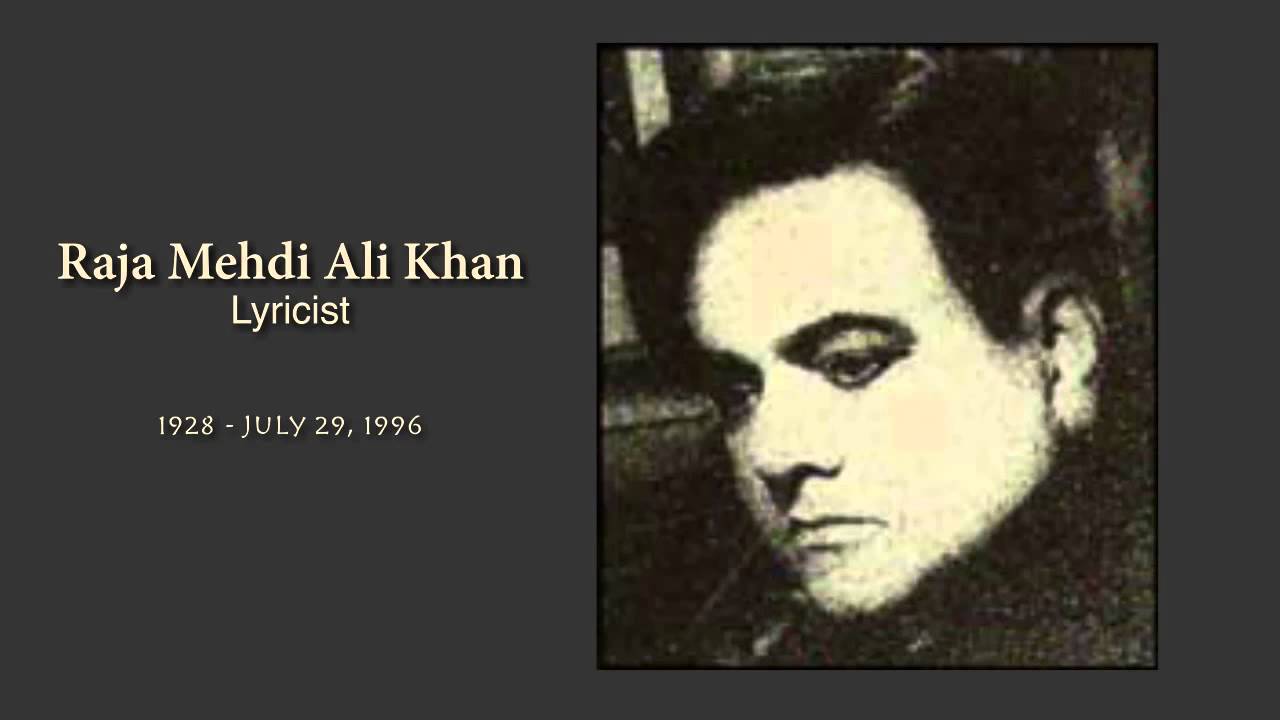
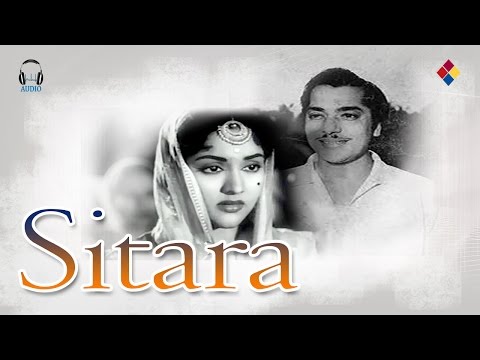
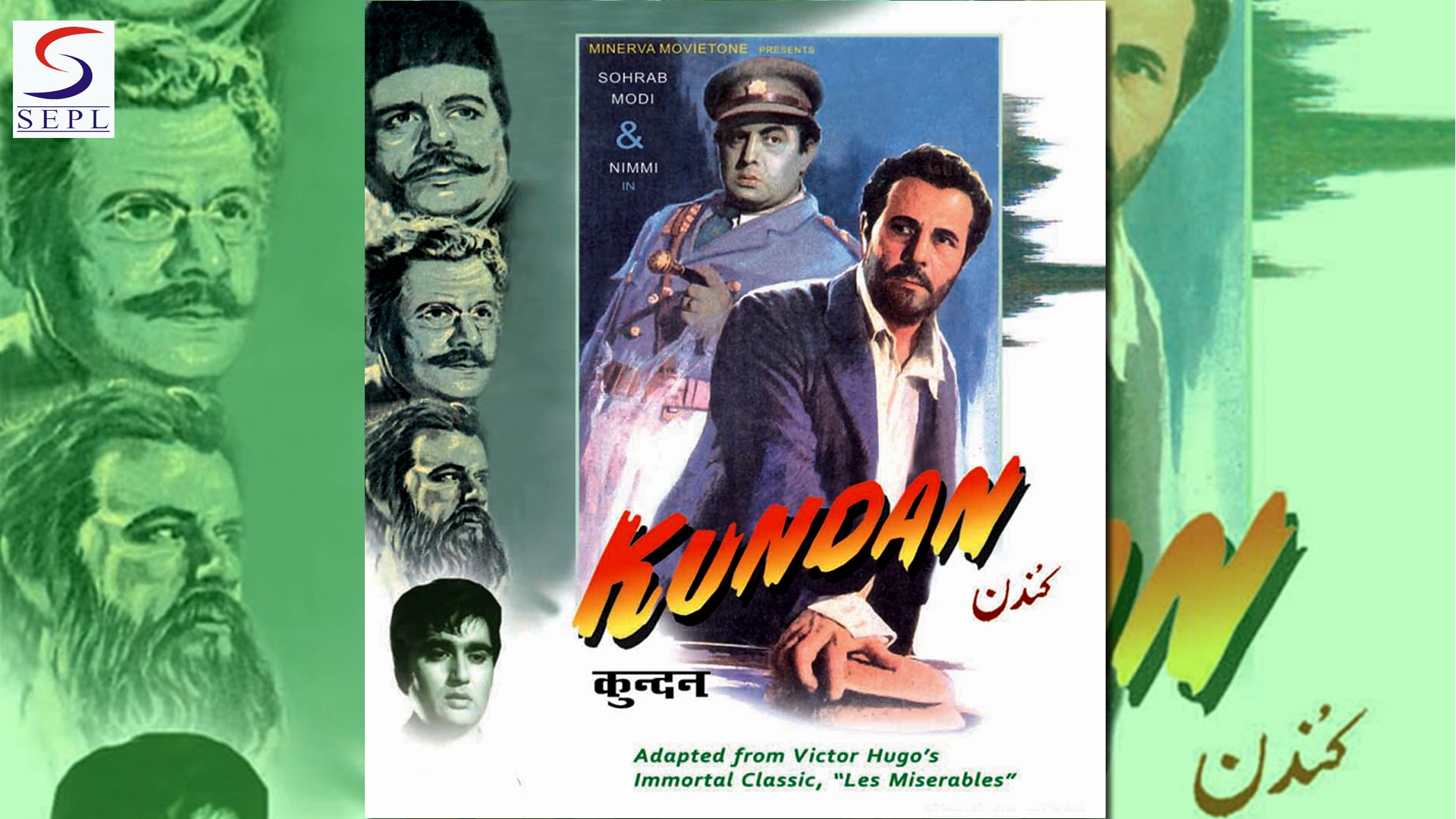

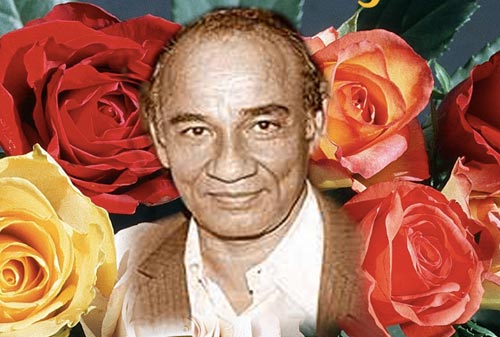
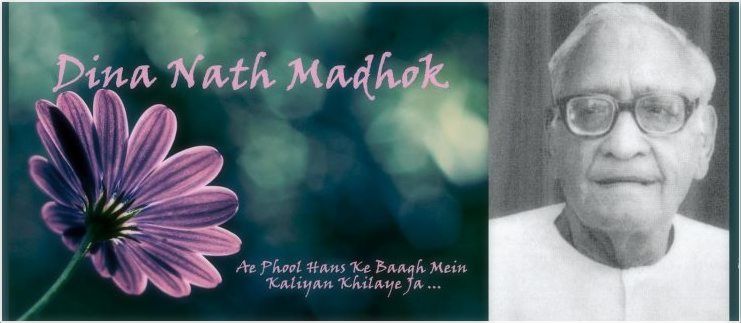
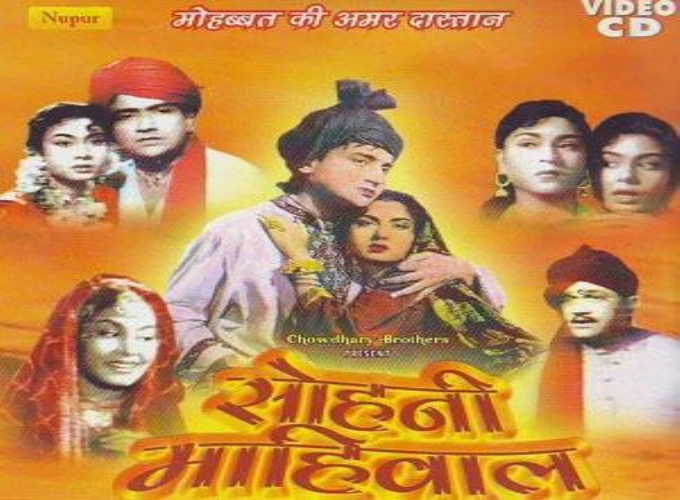


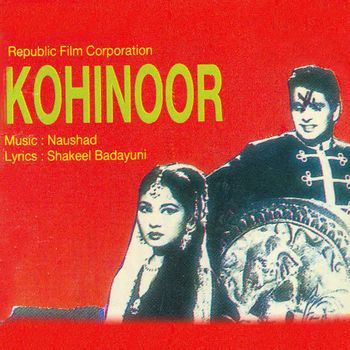
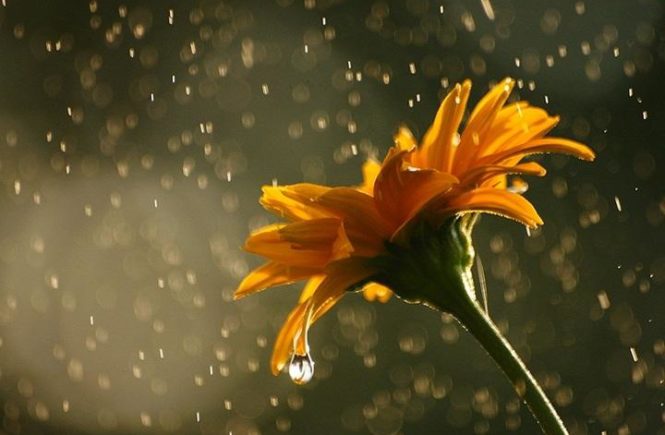
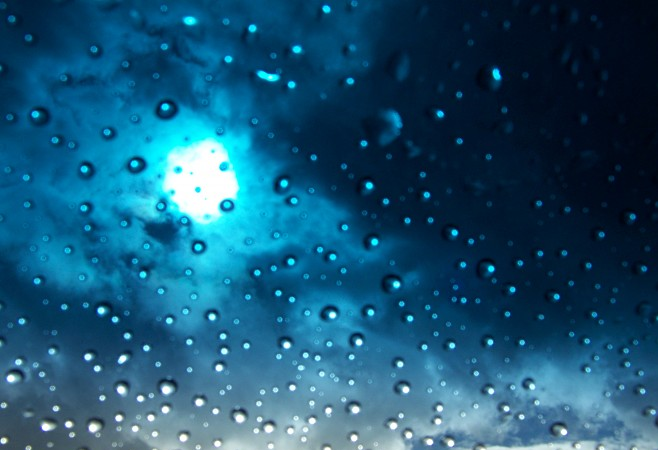
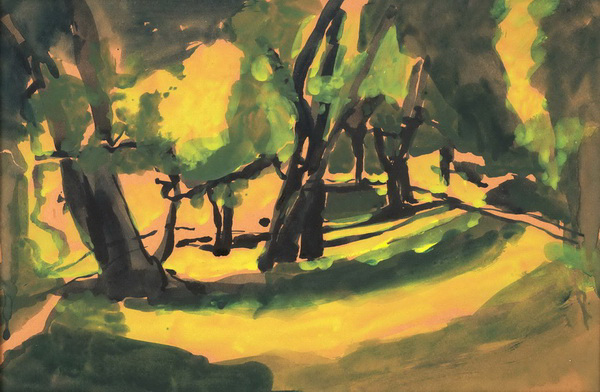
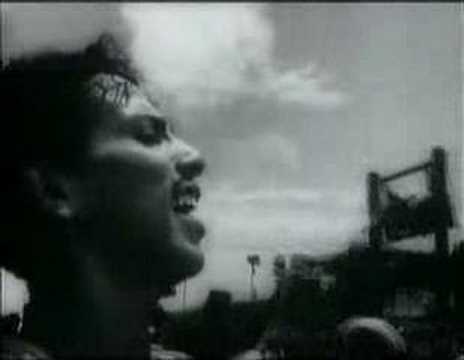
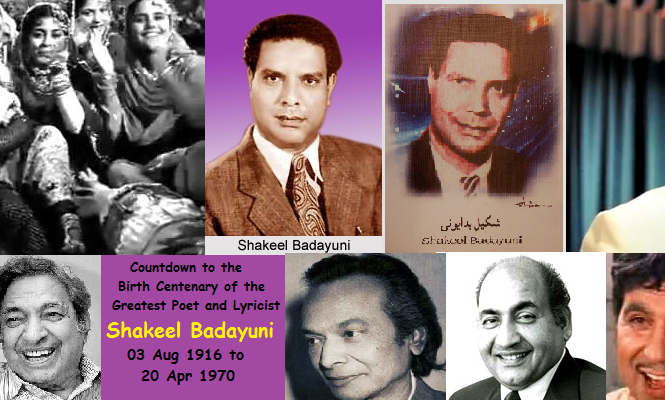
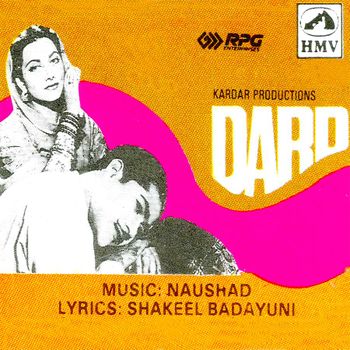
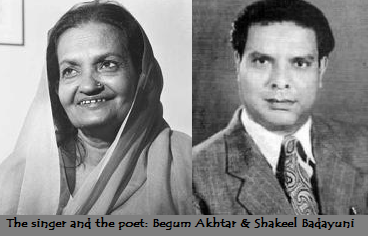
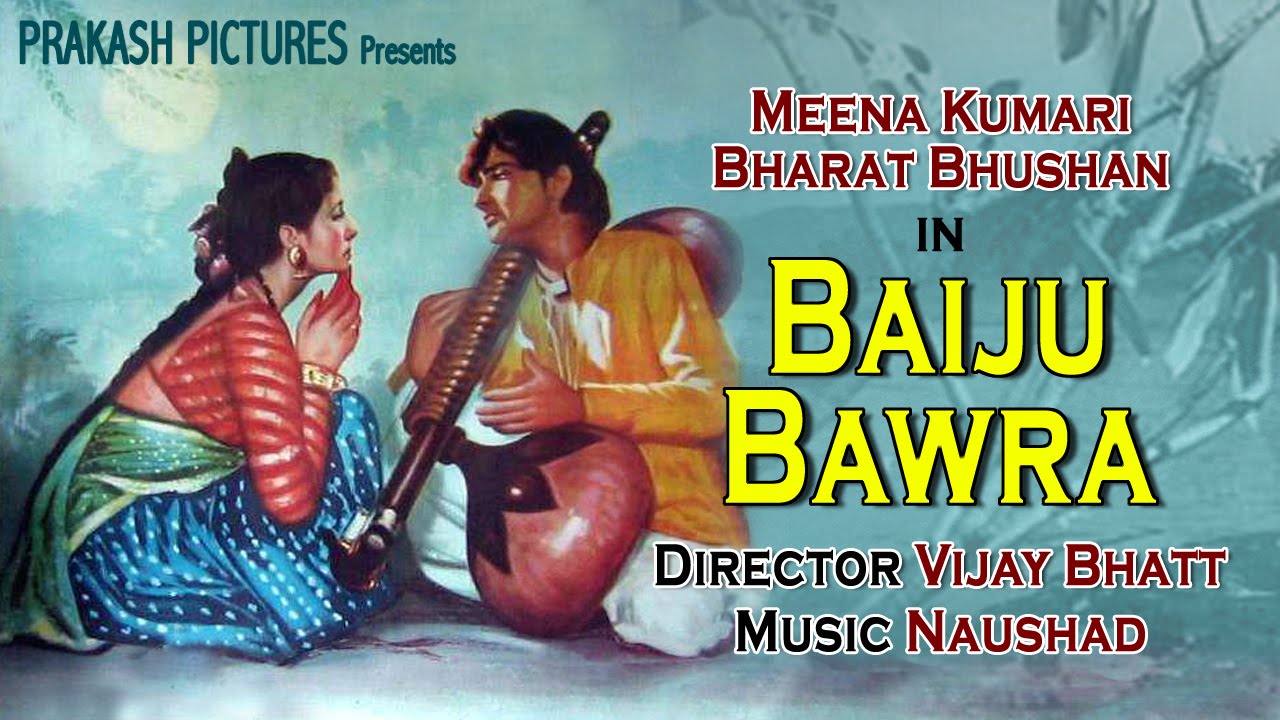
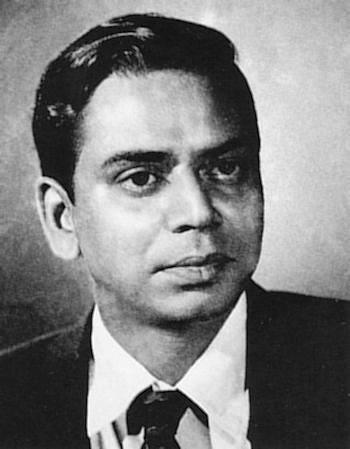
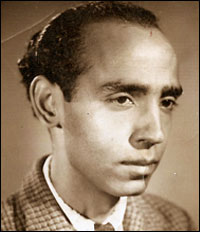
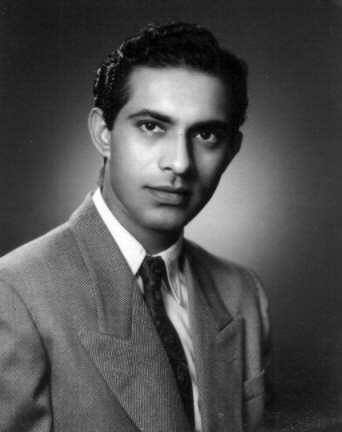
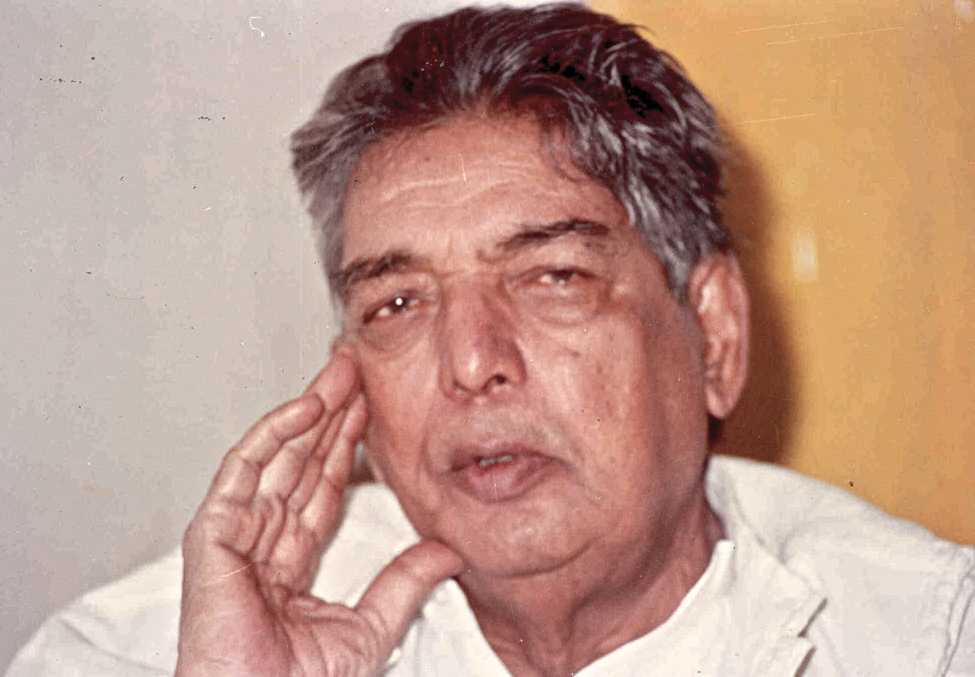



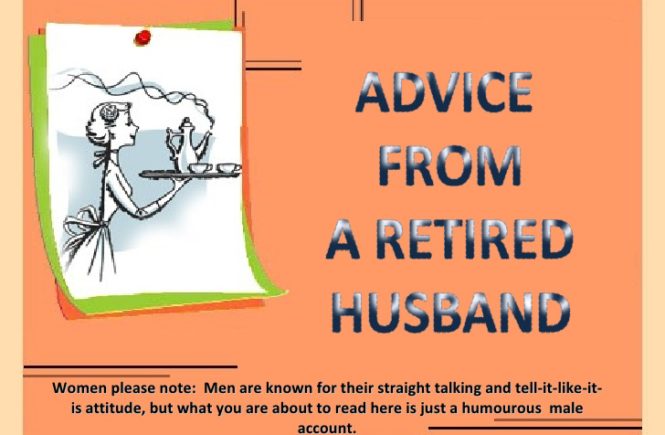
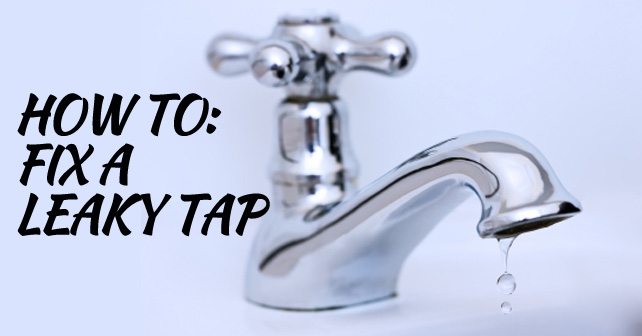

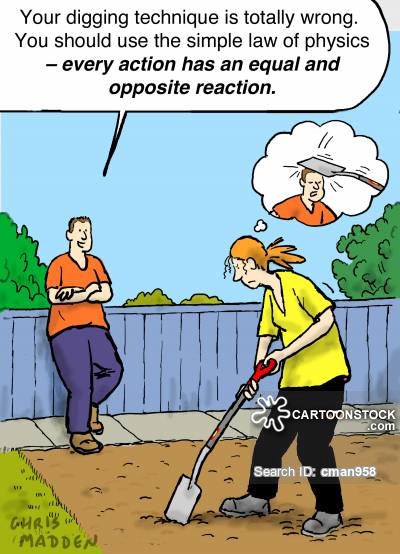

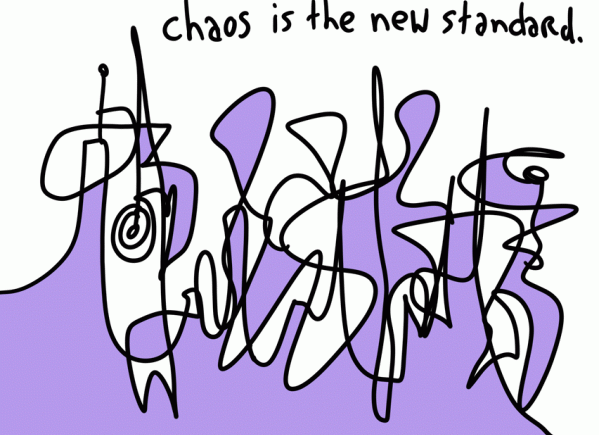
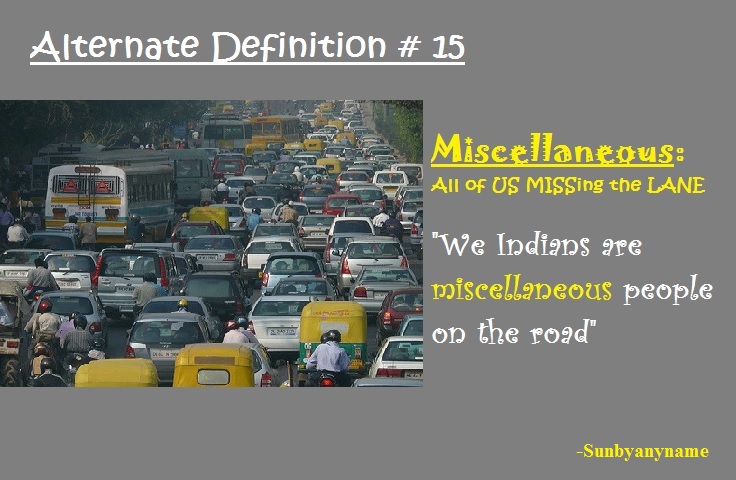
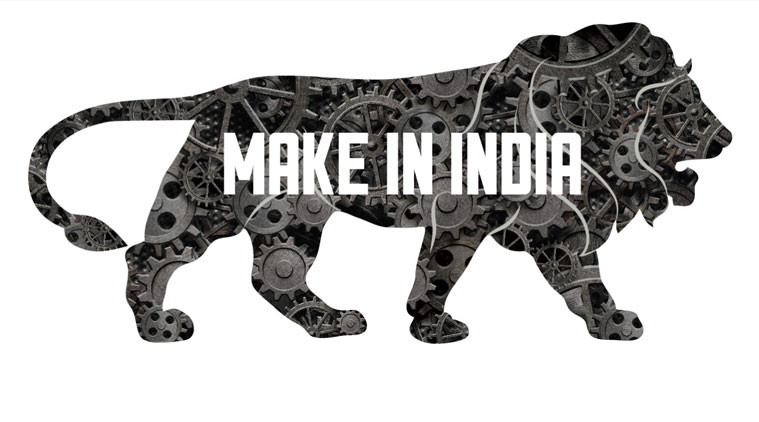
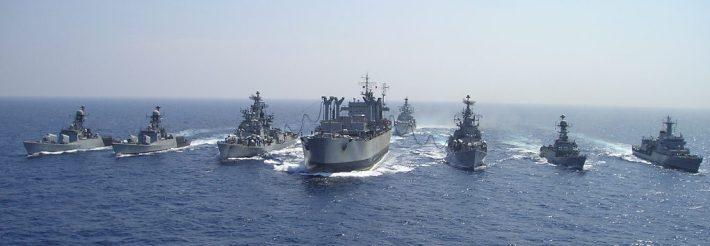
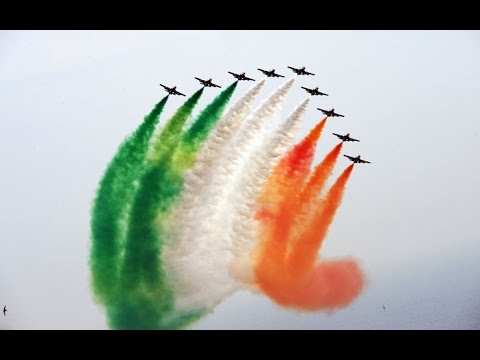
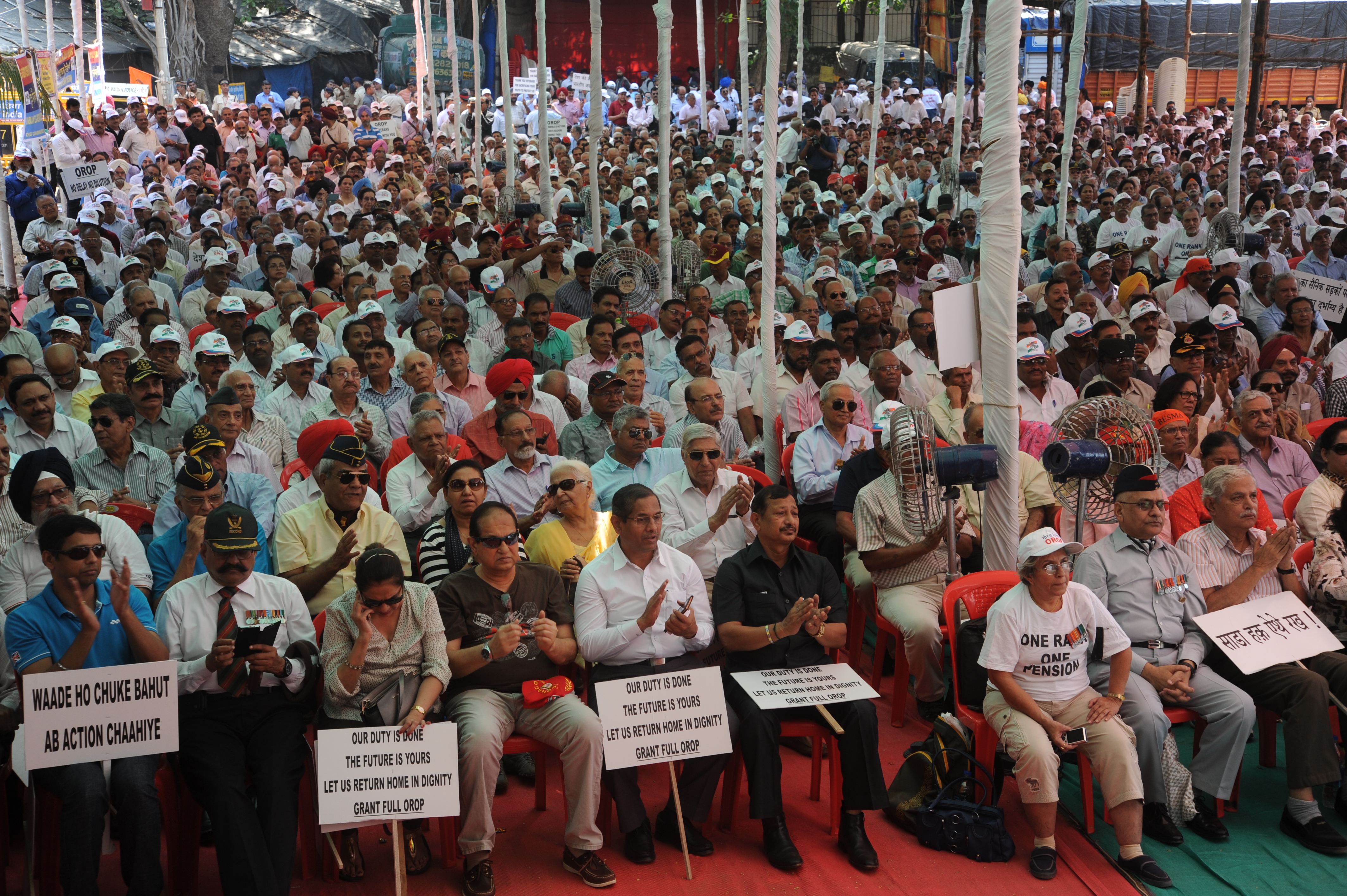
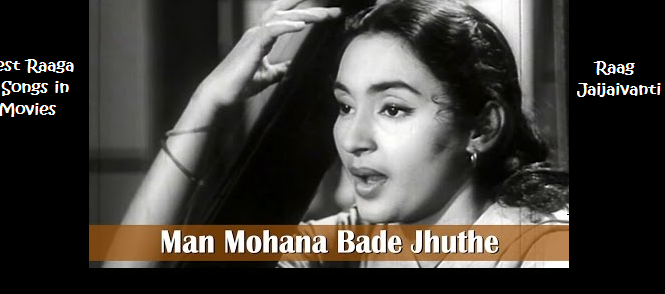
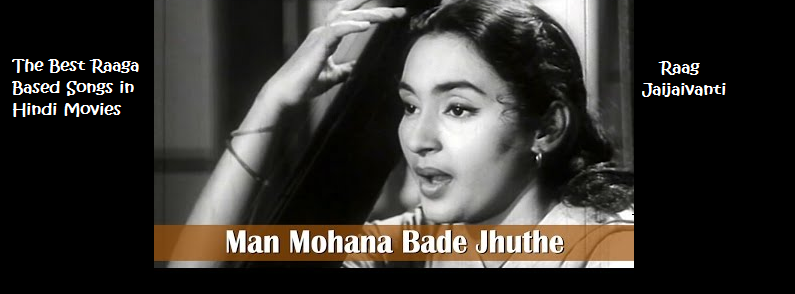
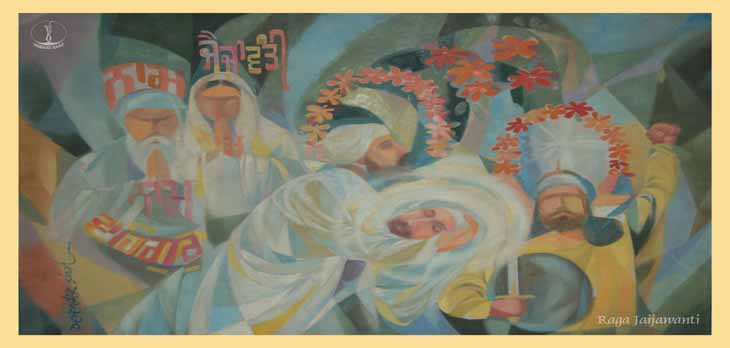
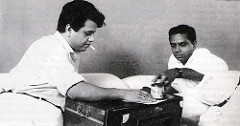
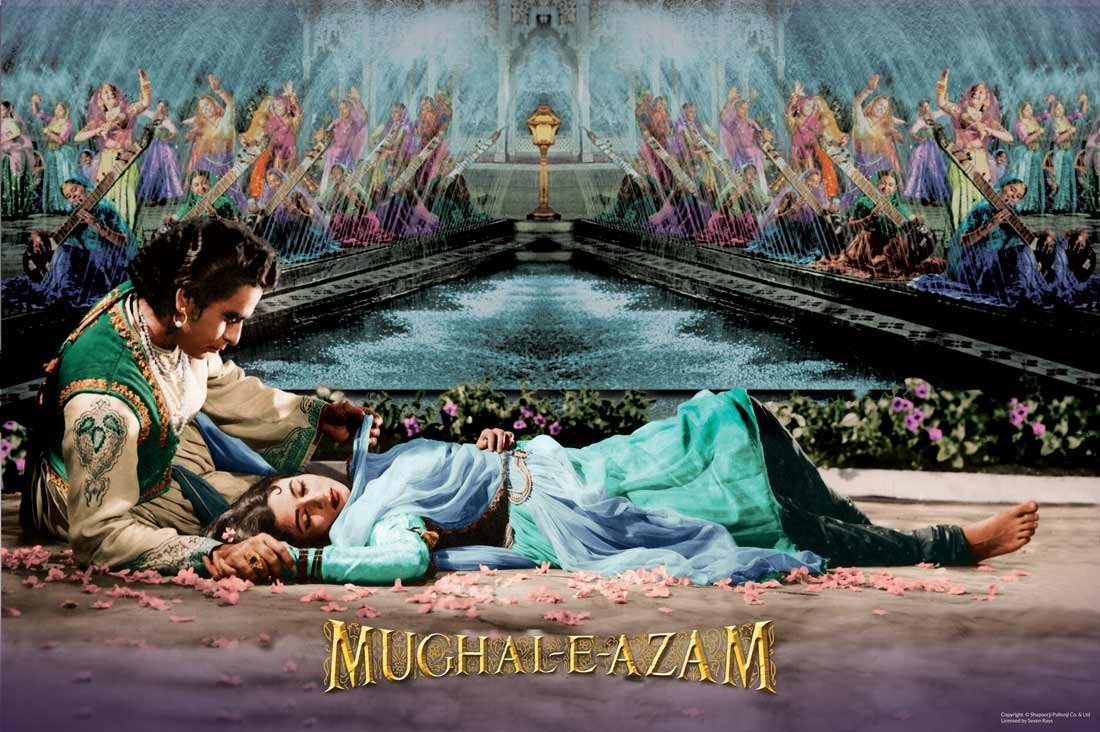
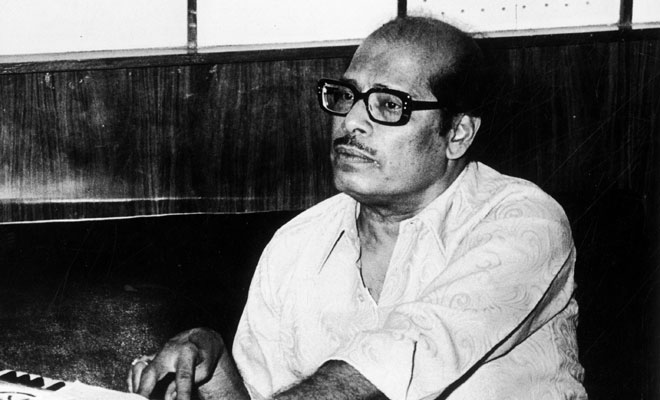
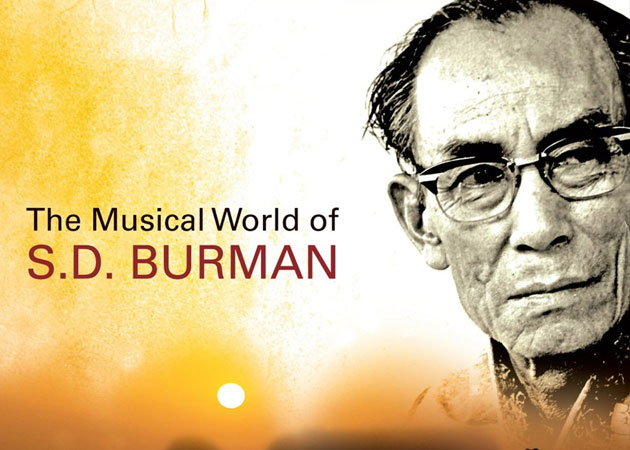
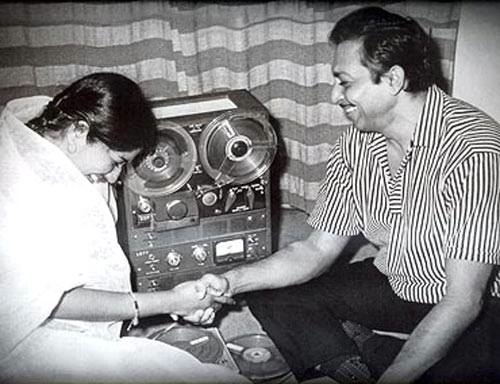

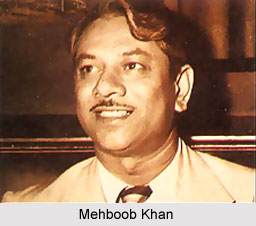
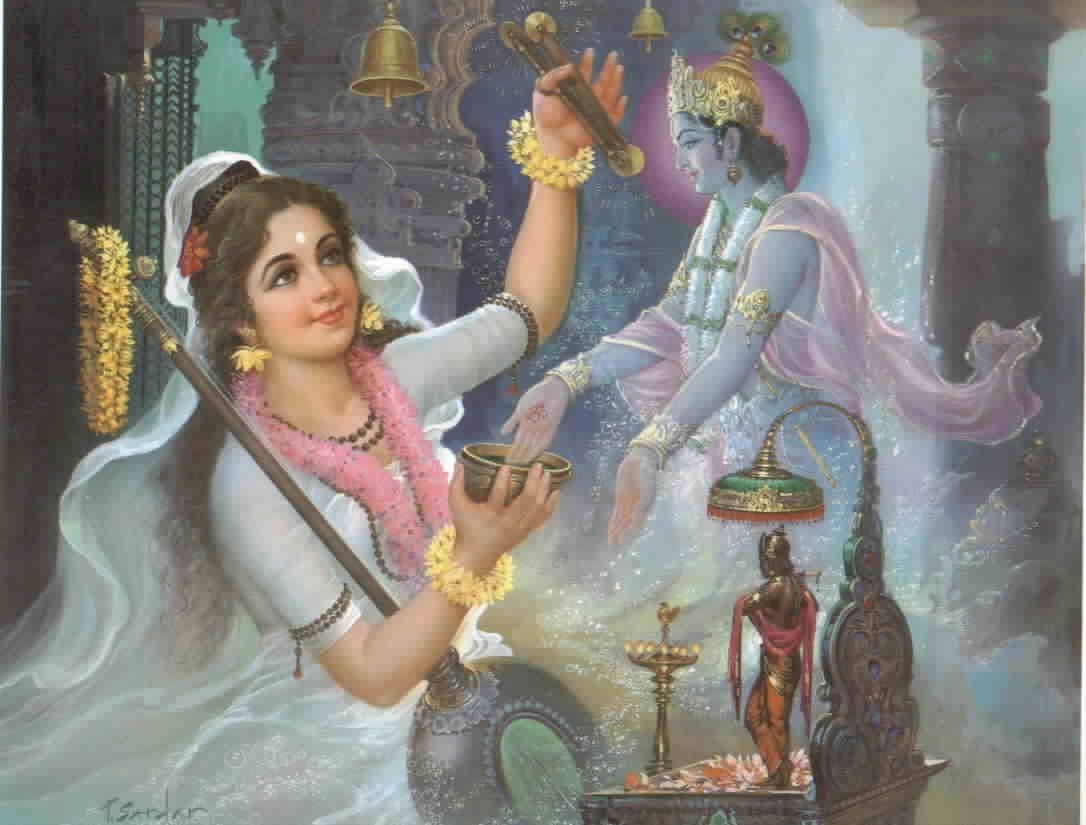
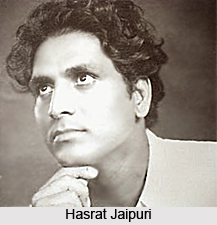

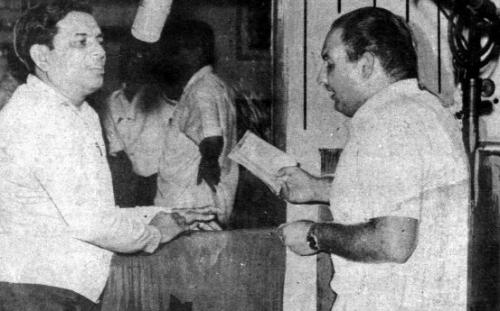
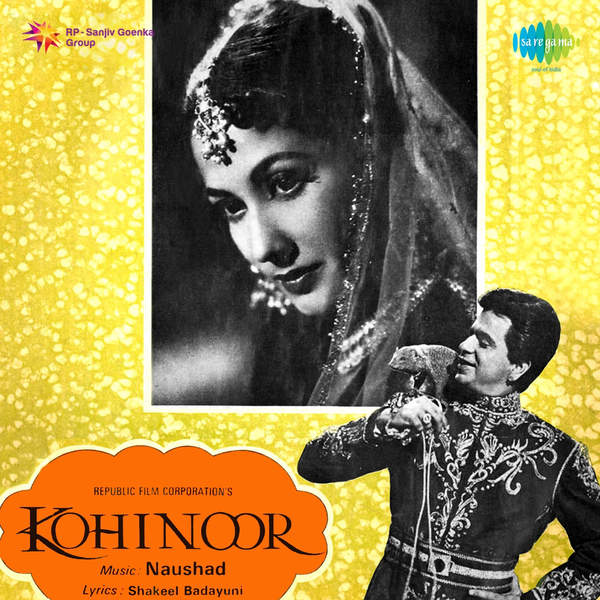
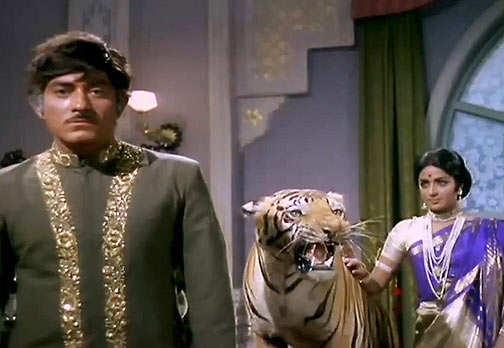
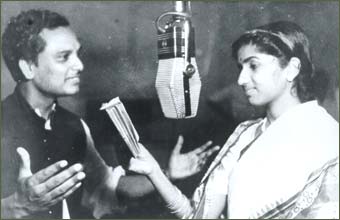
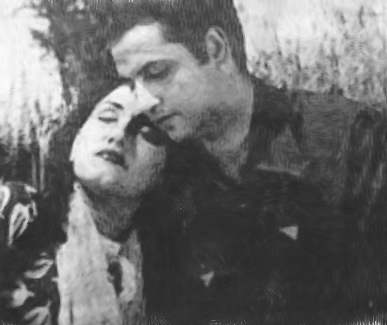
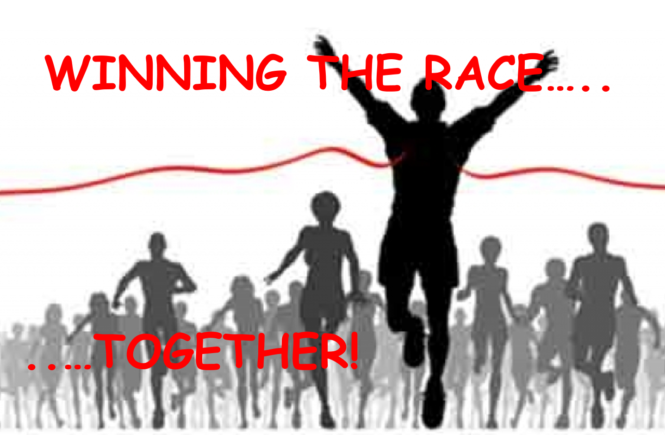

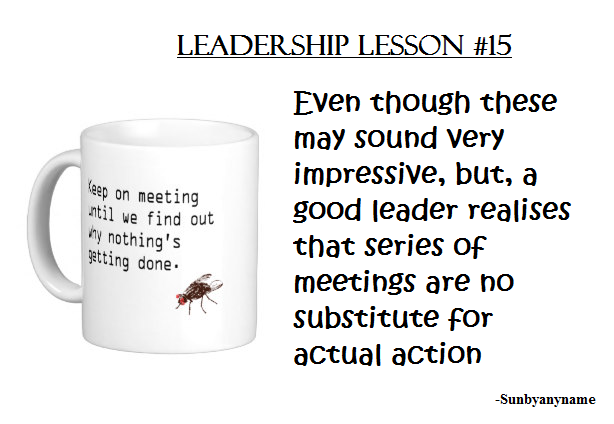
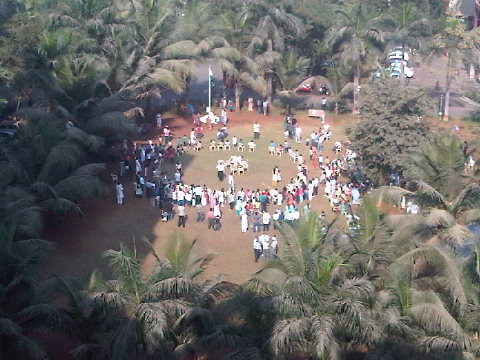
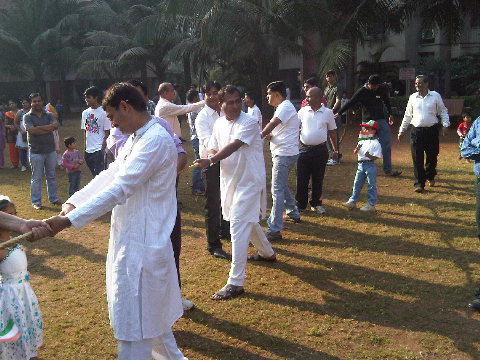
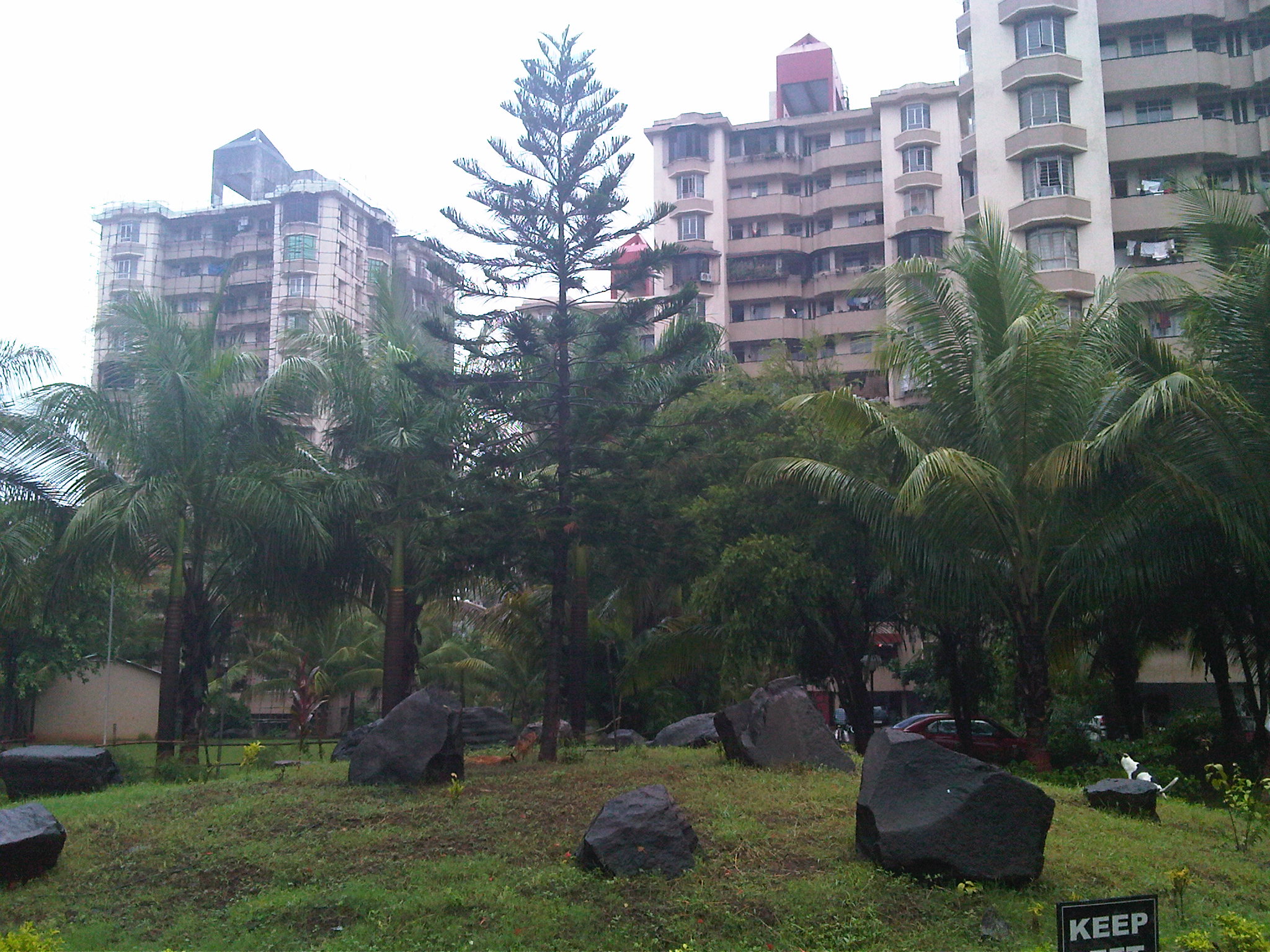
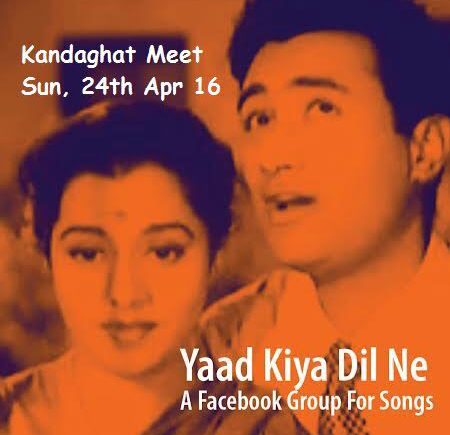
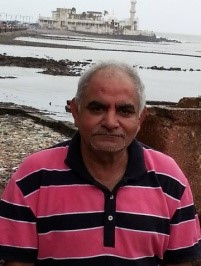
 Your total conduct in this entire fest,
Your total conduct in this entire fest,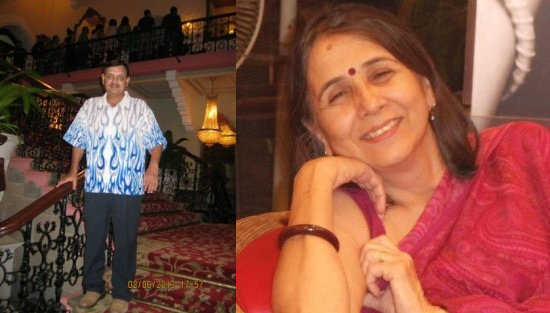 my dear brother,
my dear brother,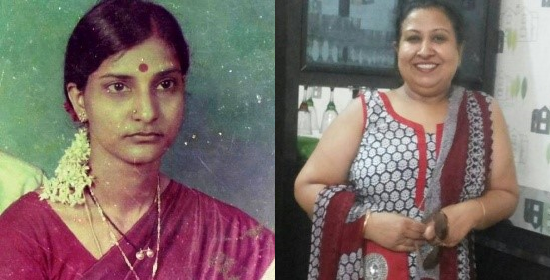 ani Leela, whose junoon
ani Leela, whose junoon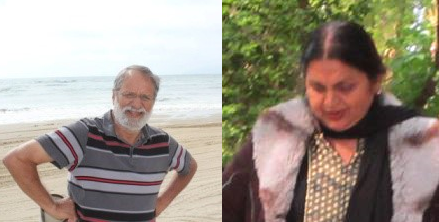
 put my money on Nitin,
put my money on Nitin,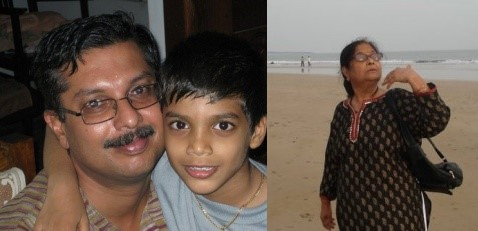
 Manik, my behna, isn’t down the line,
Manik, my behna, isn’t down the line,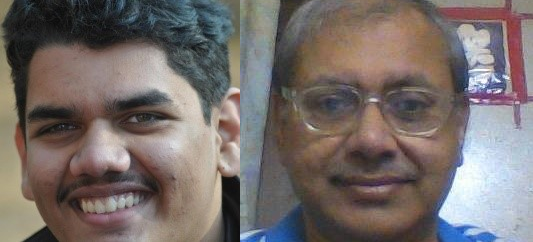
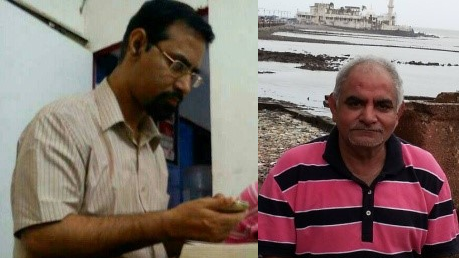 And then what about Anindya Chatterjee?
And then what about Anindya Chatterjee?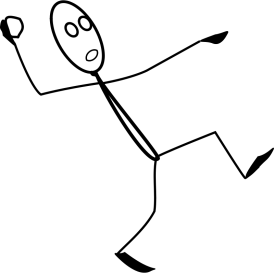
 I am not saying this for effect,
I am not saying this for effect,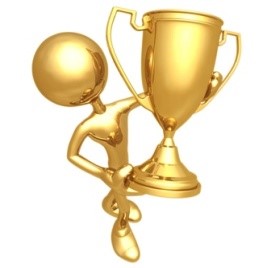
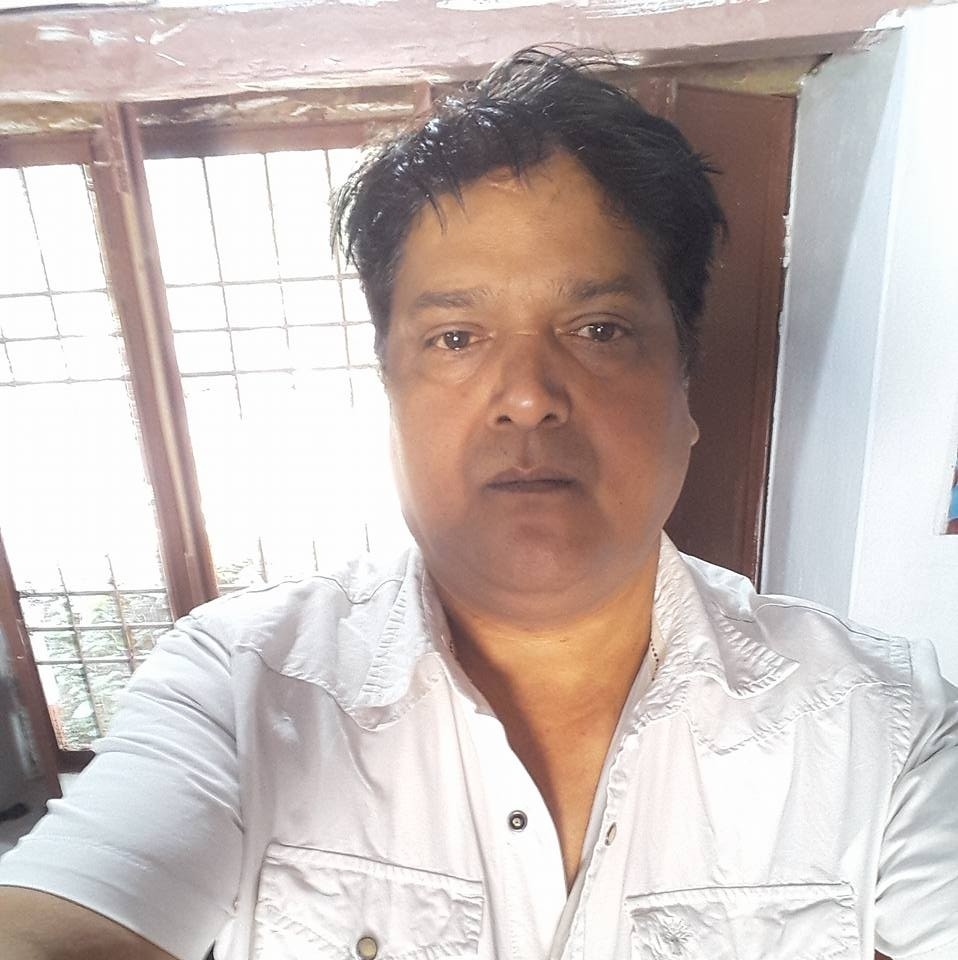 Long after we are gone, they’d recall,
Long after we are gone, they’d recall,